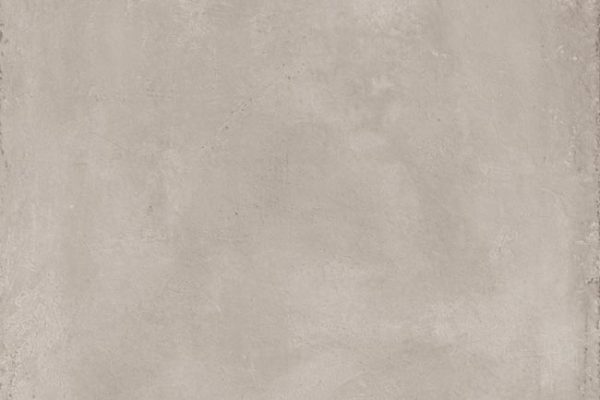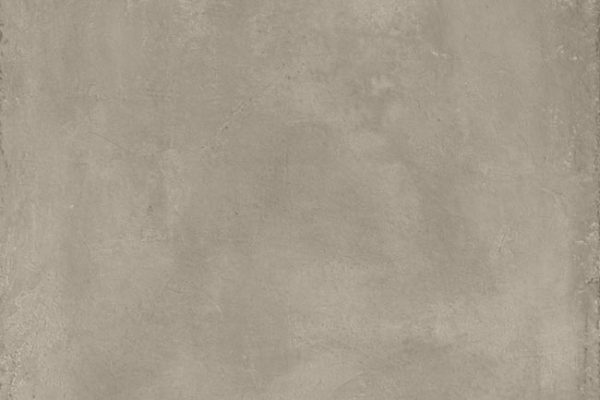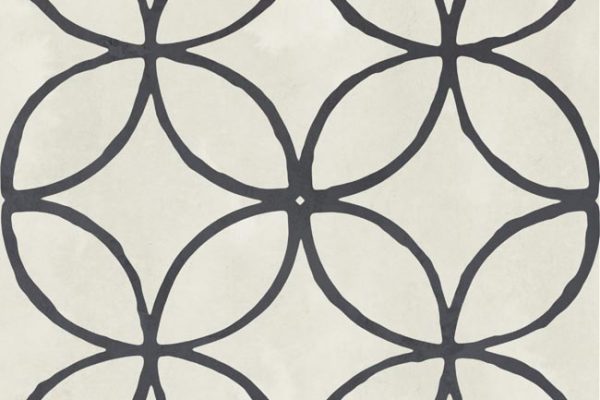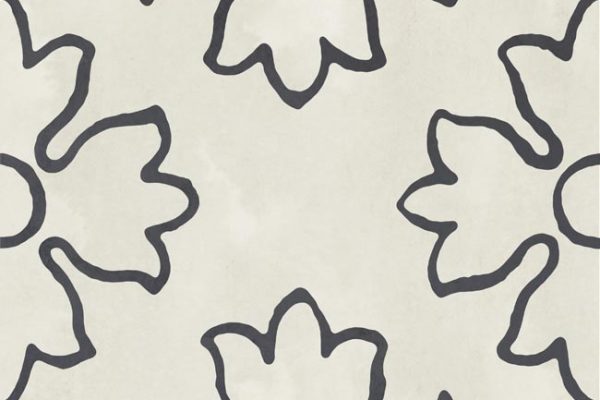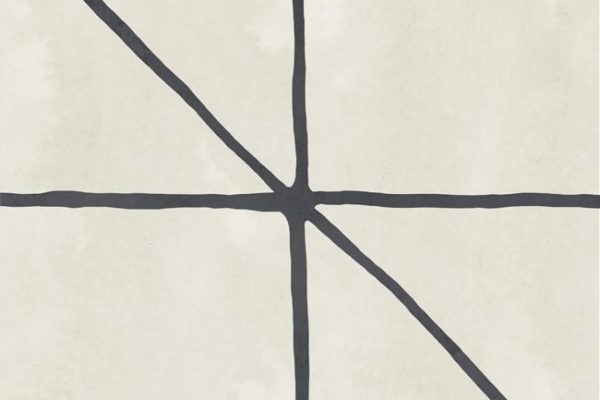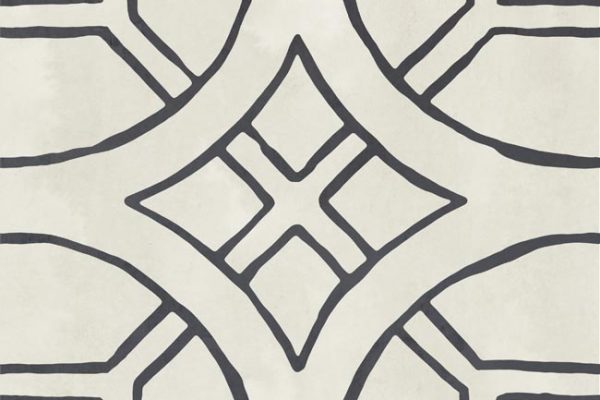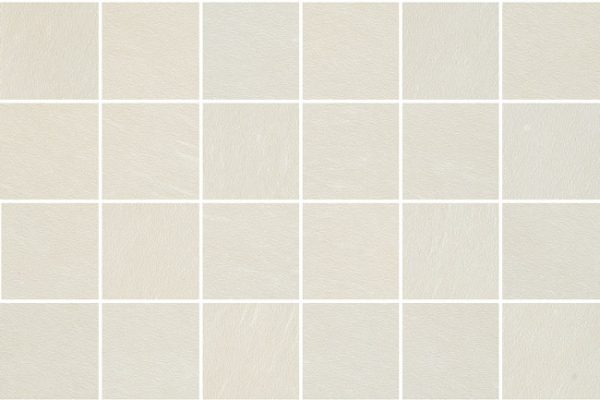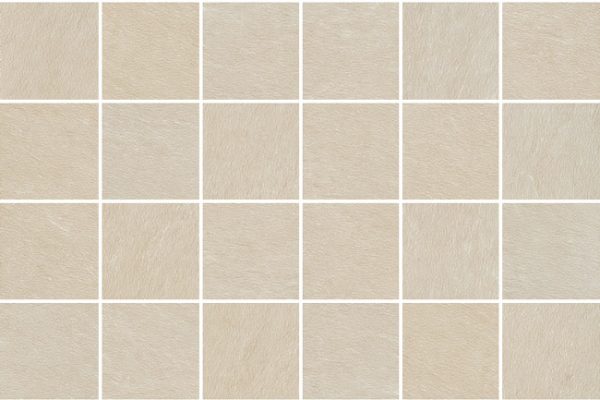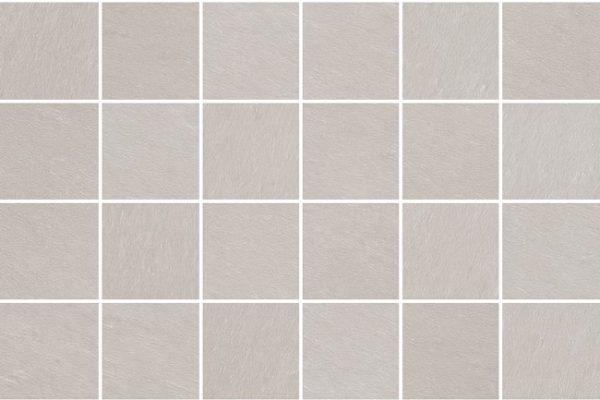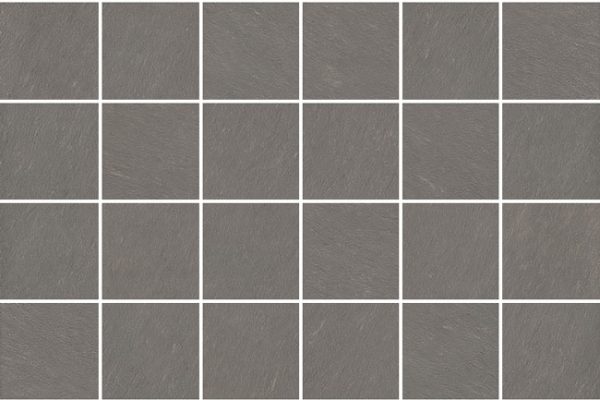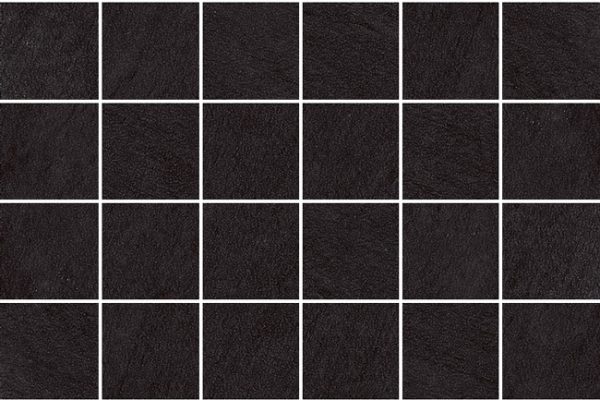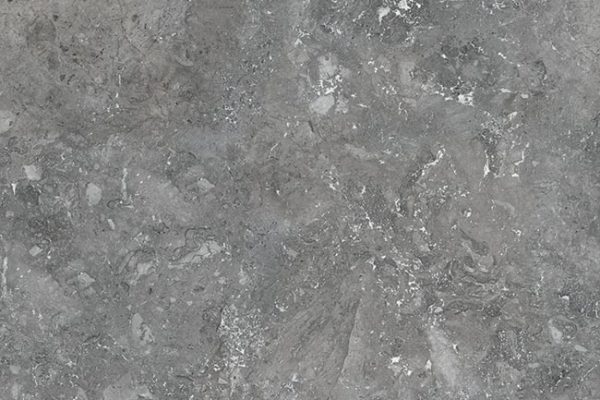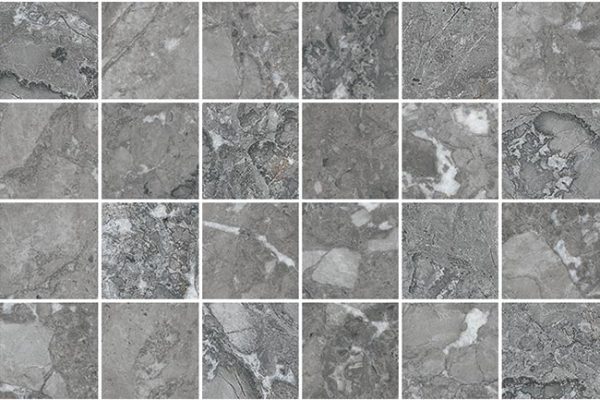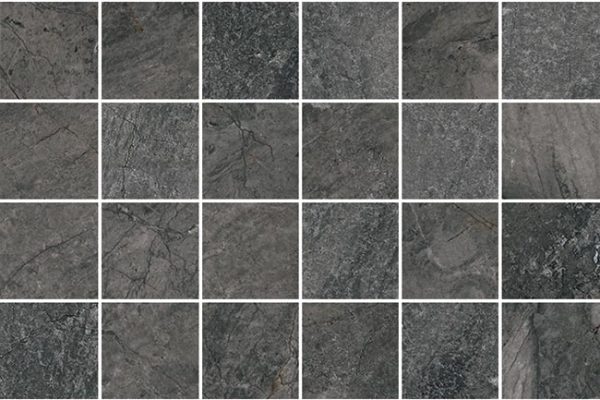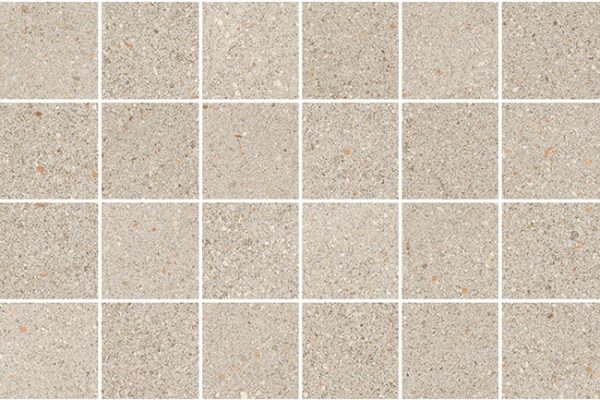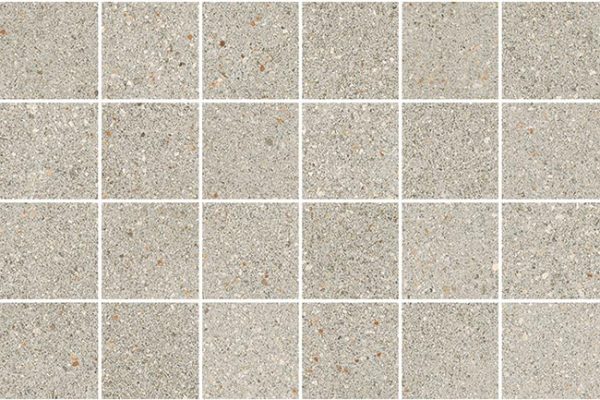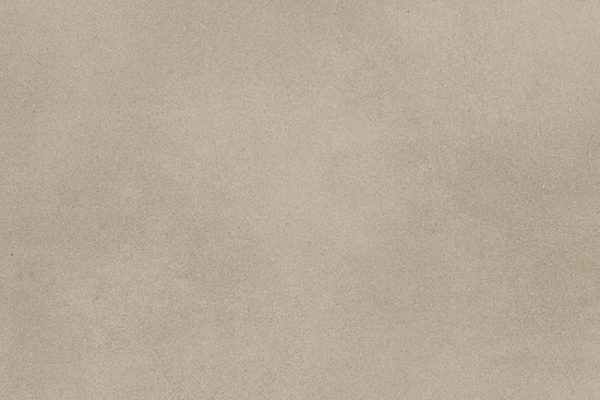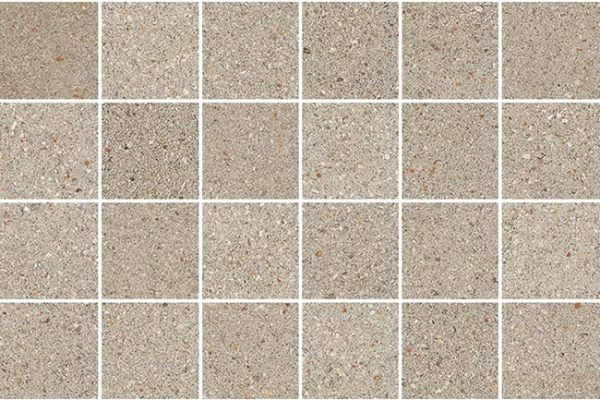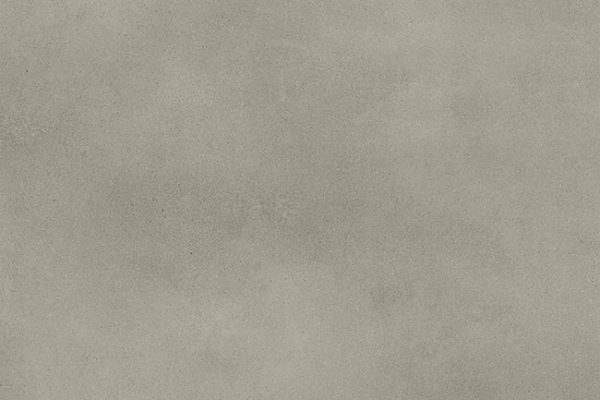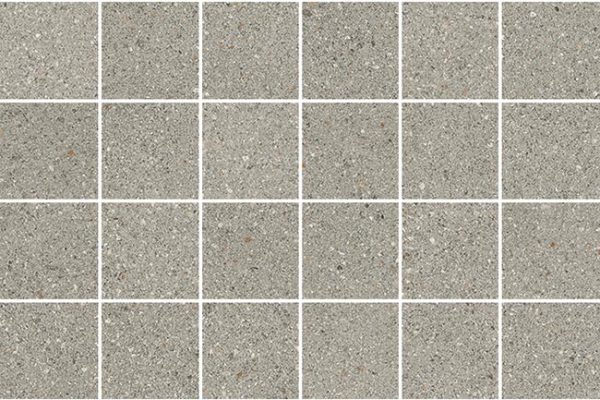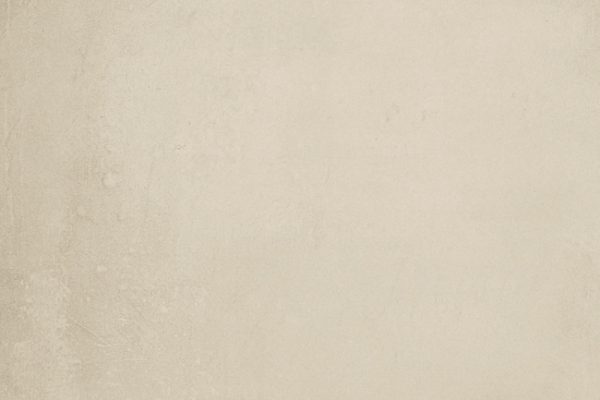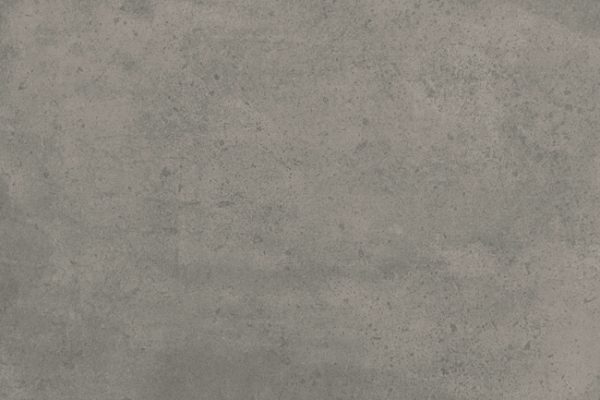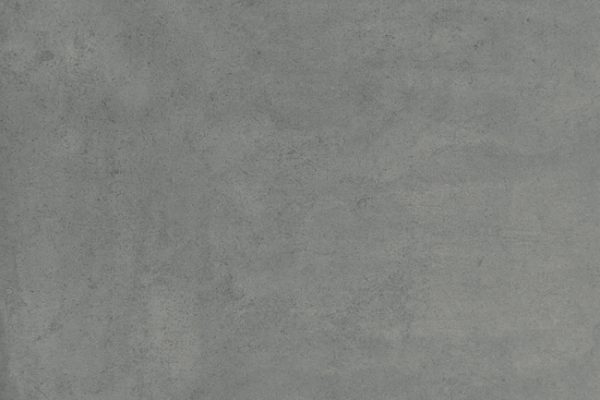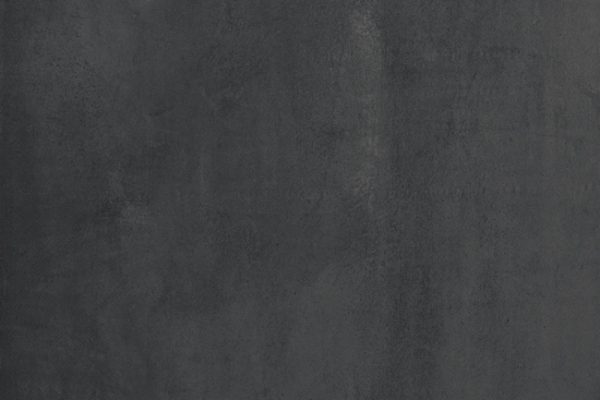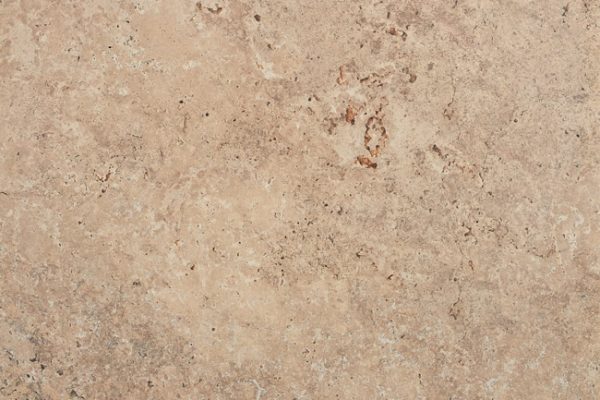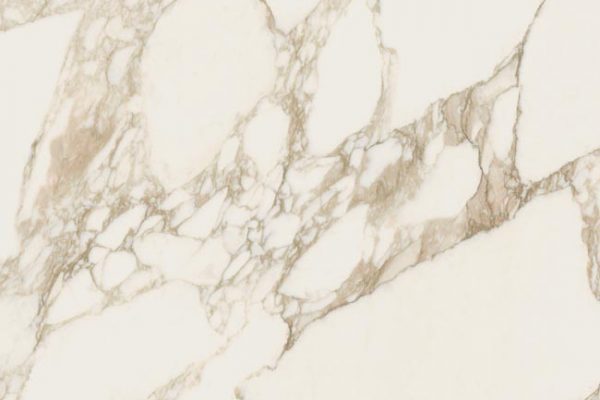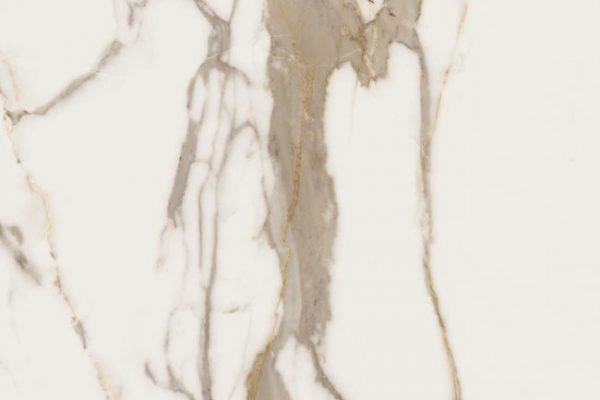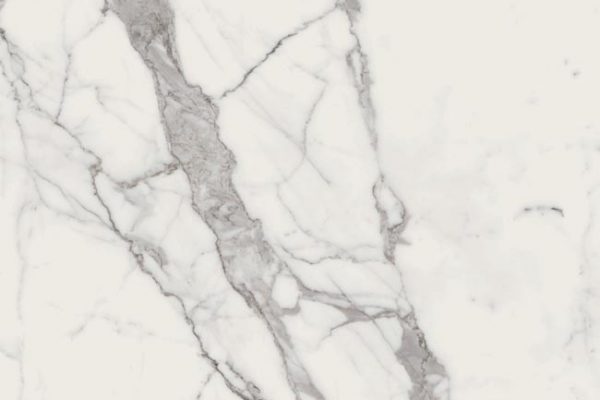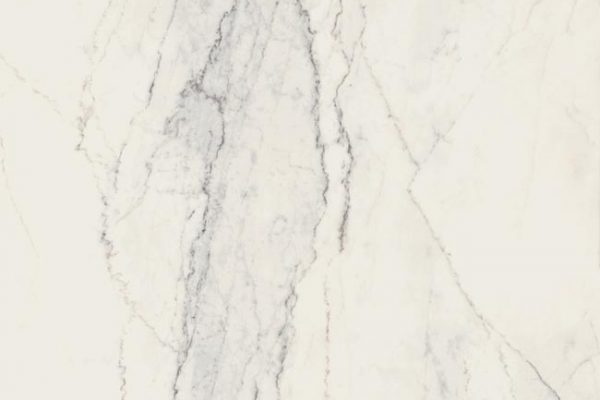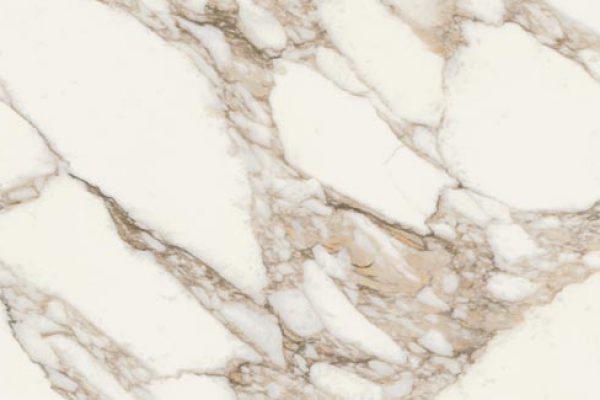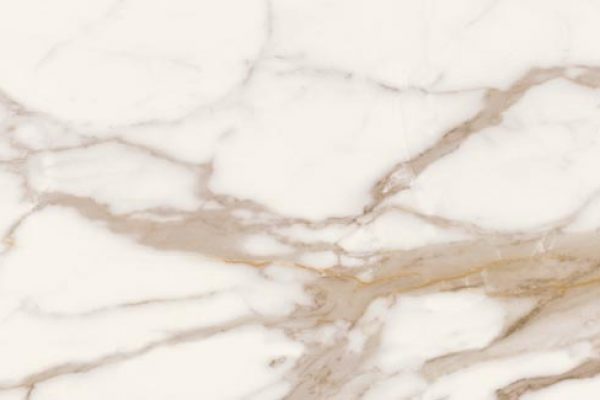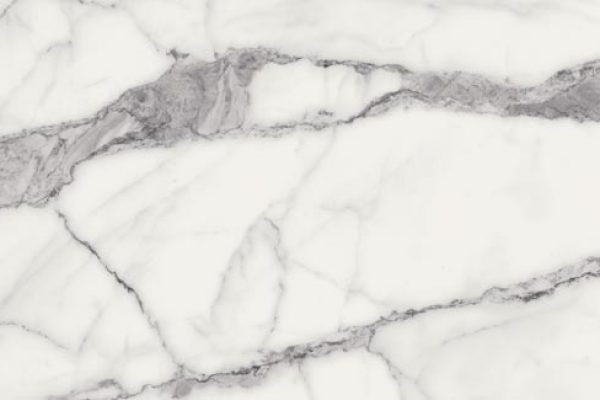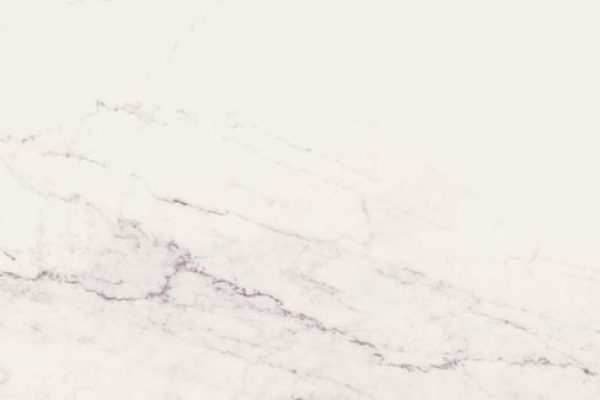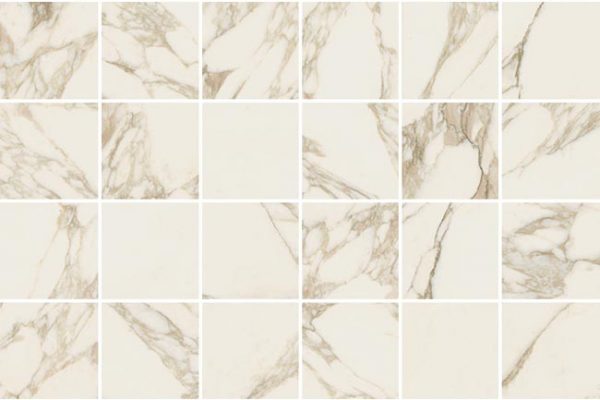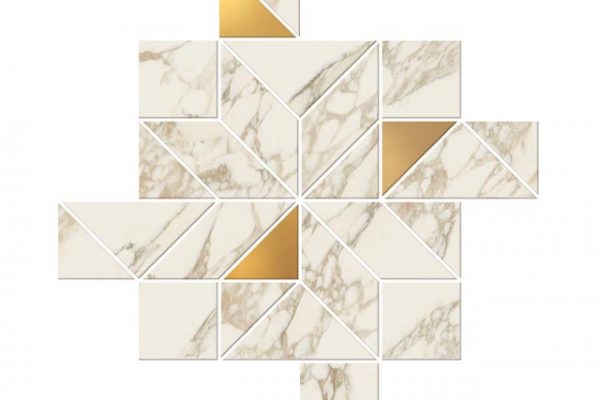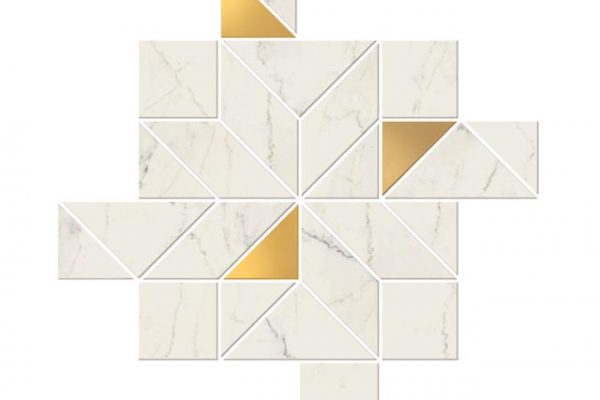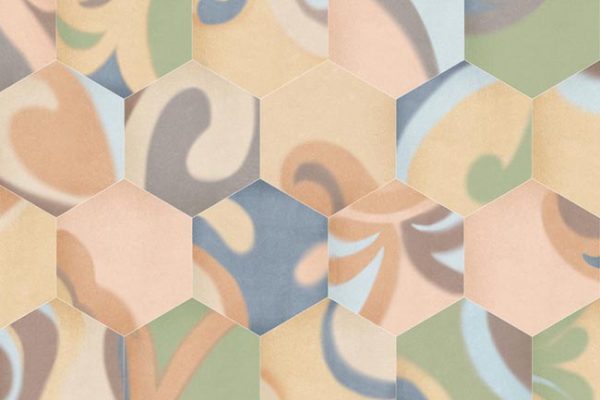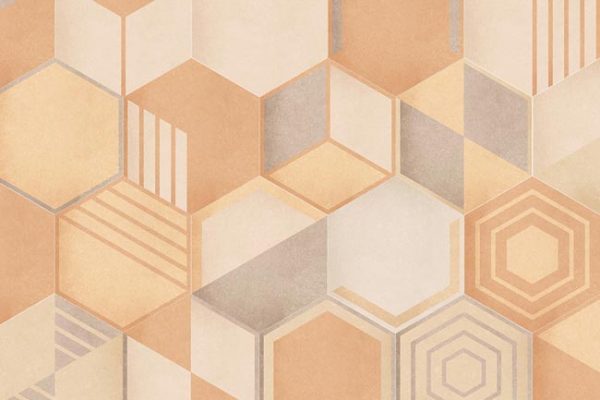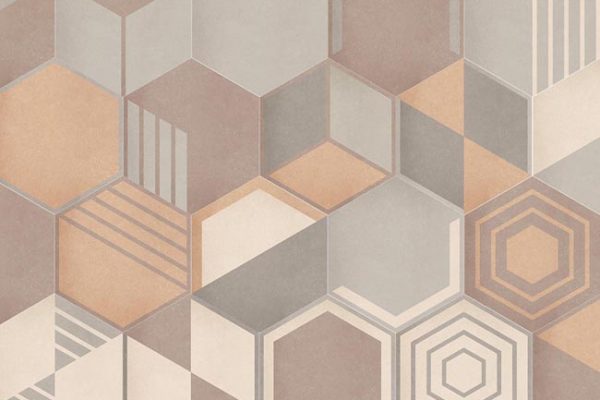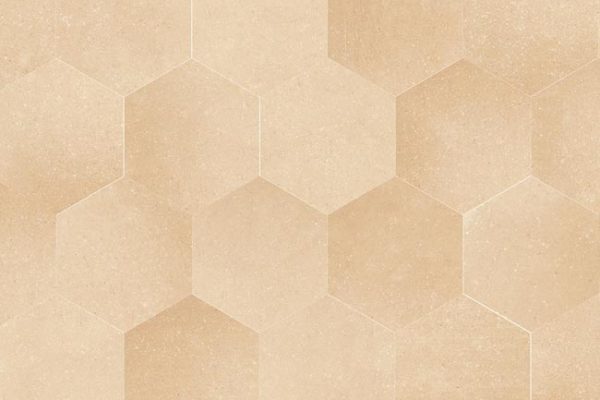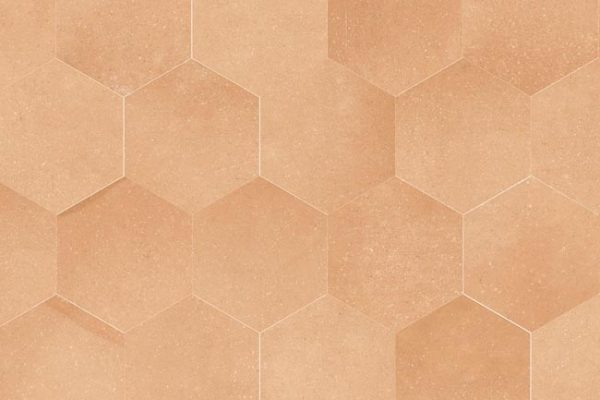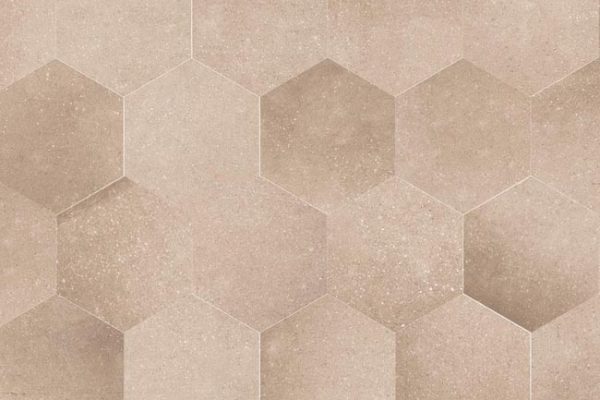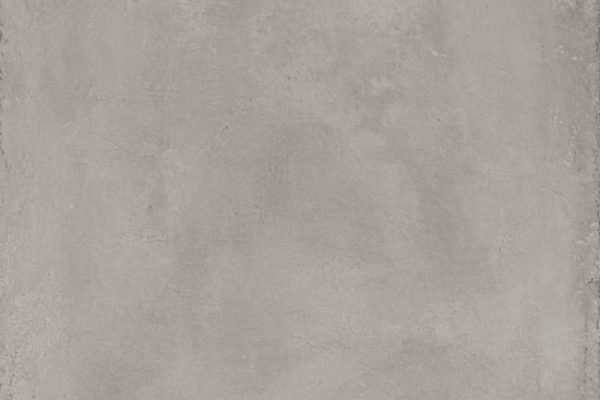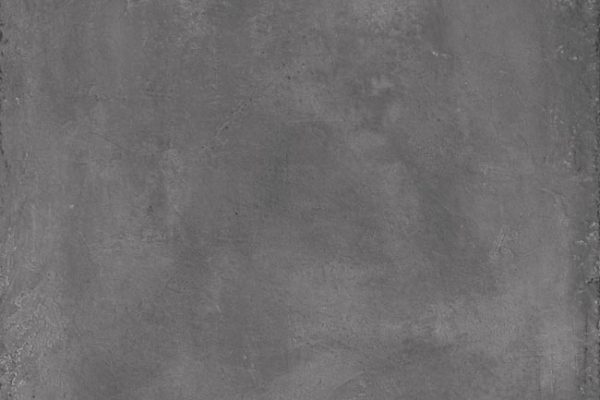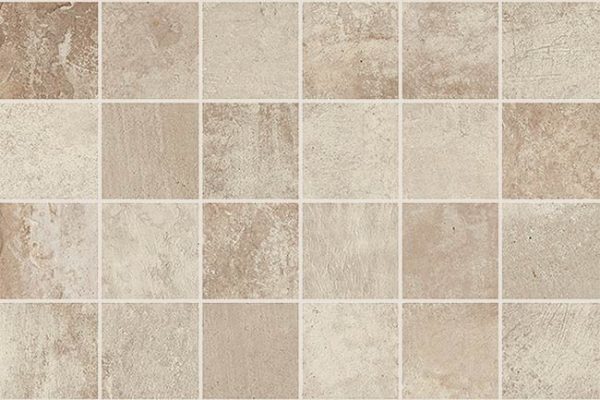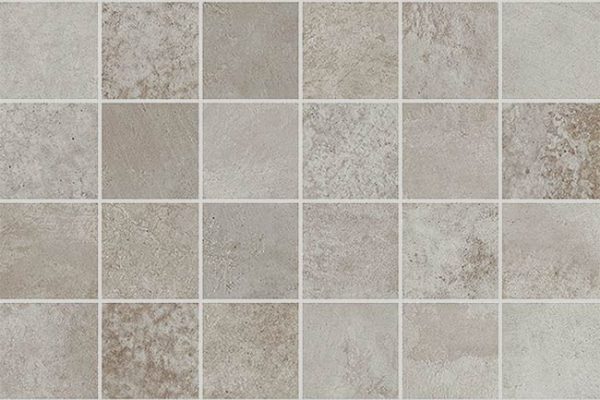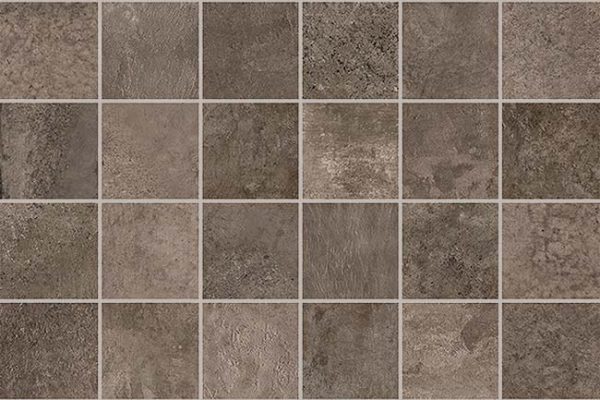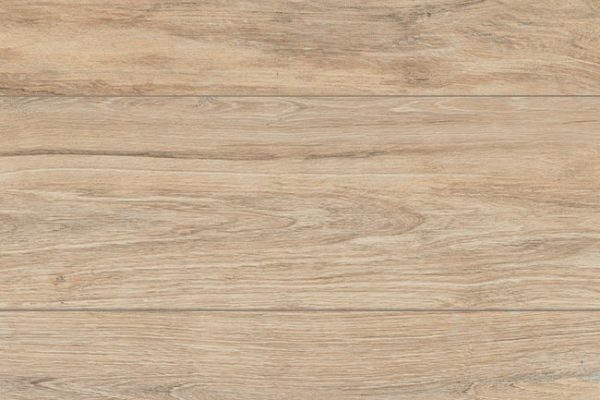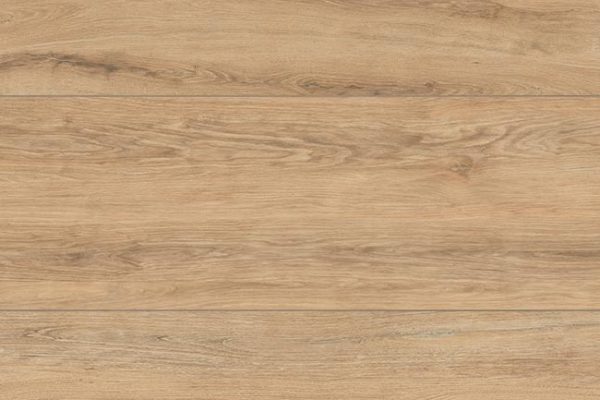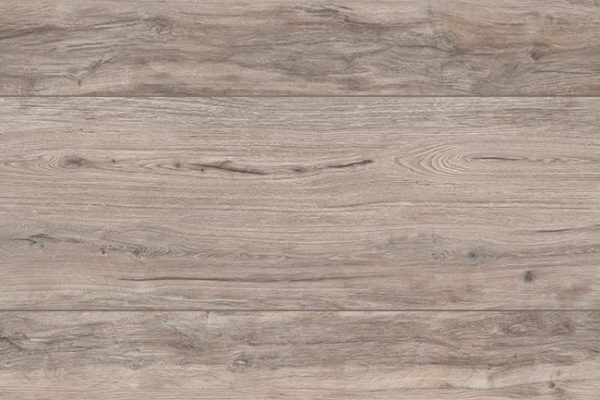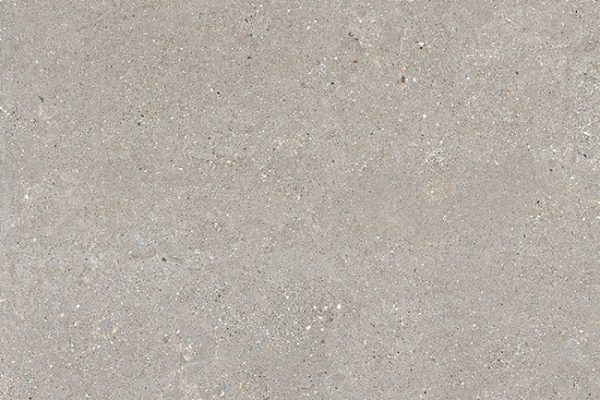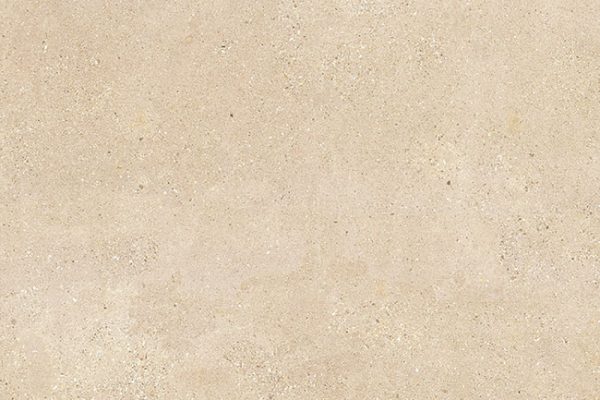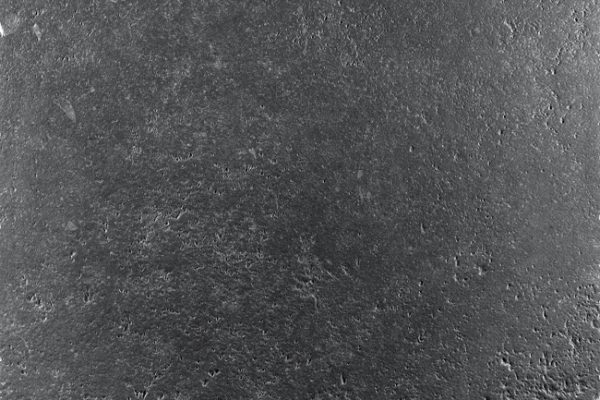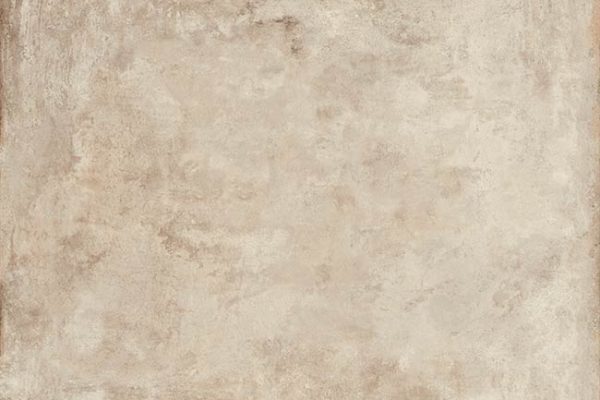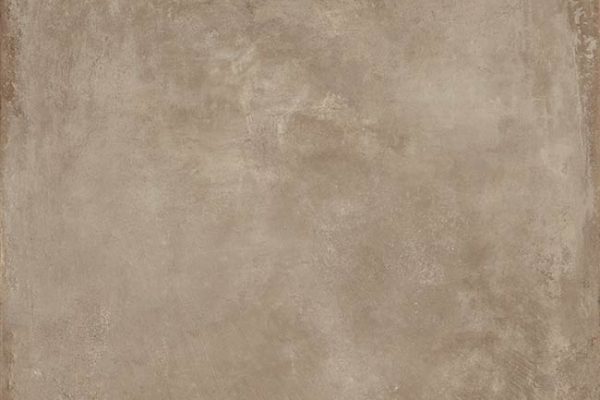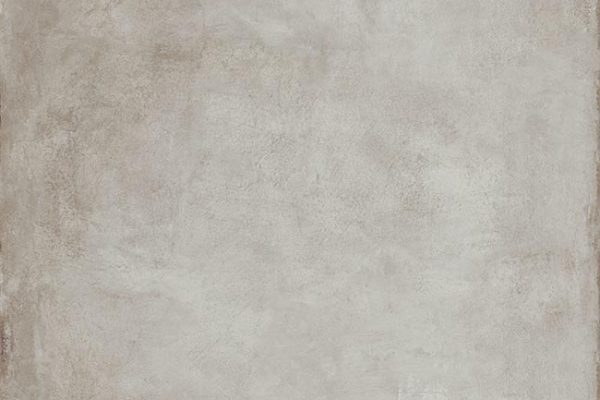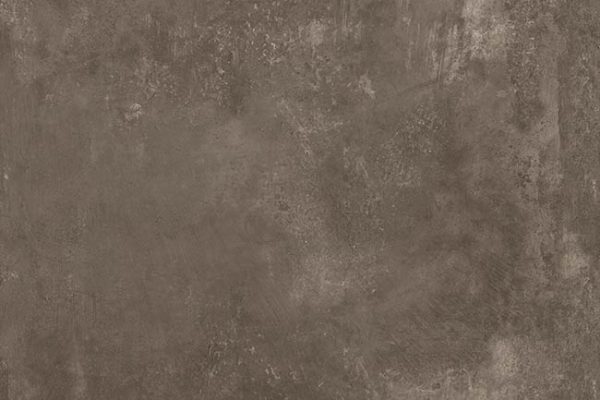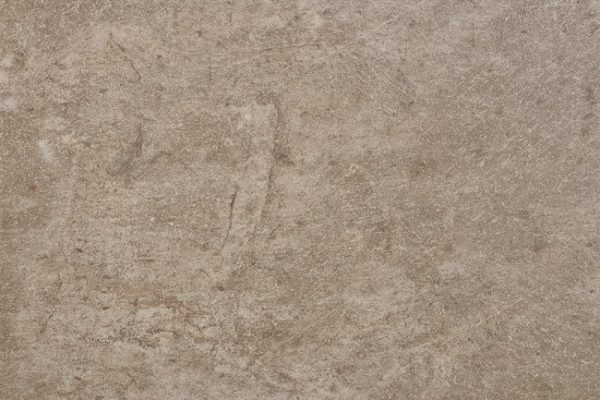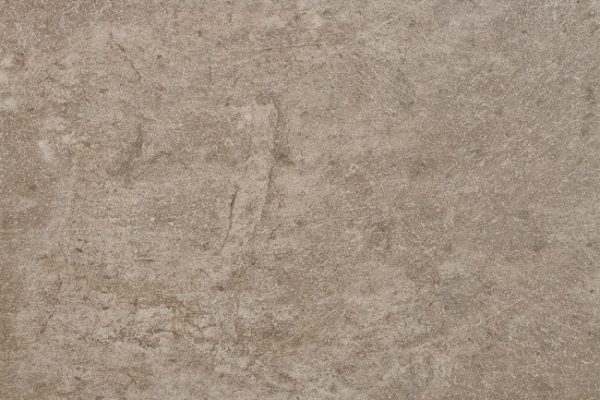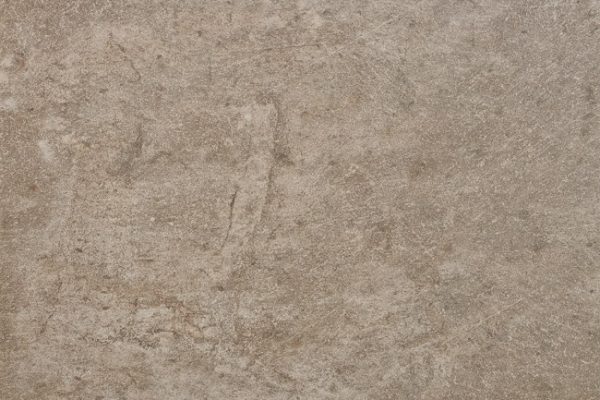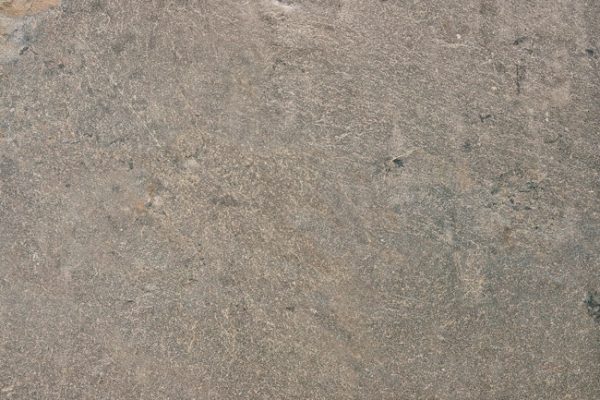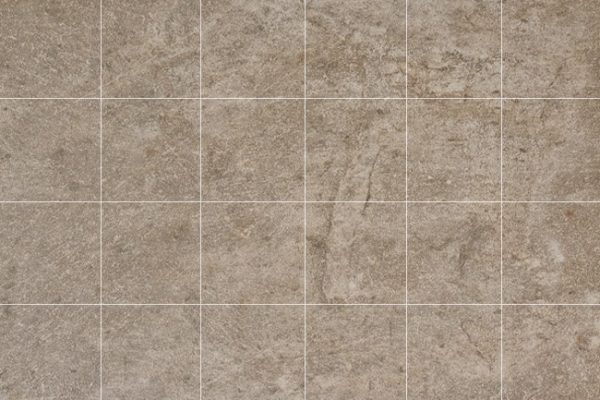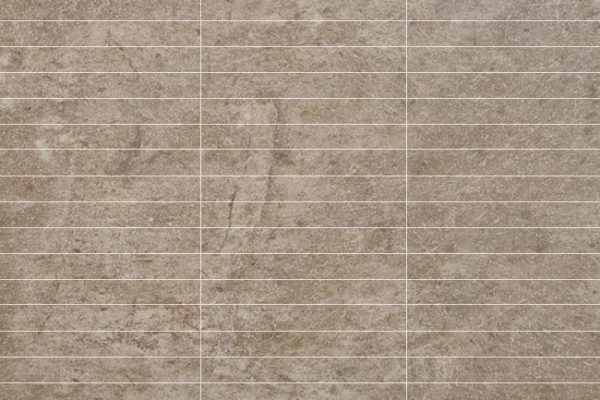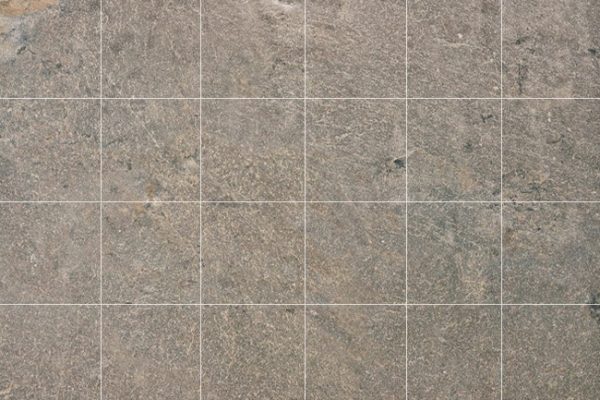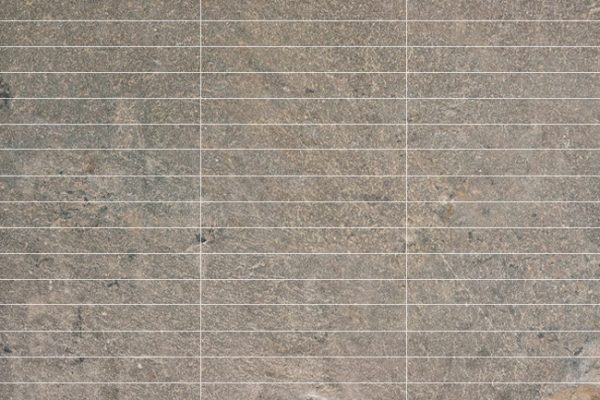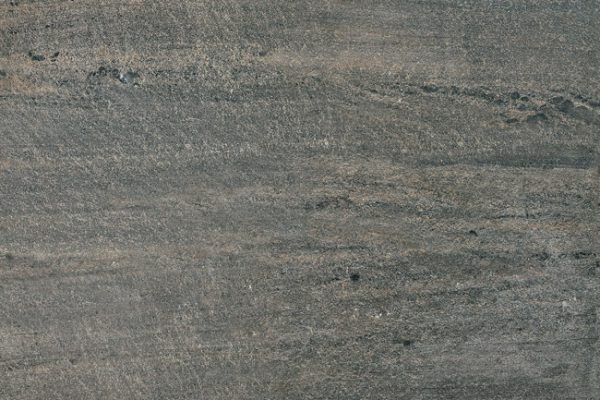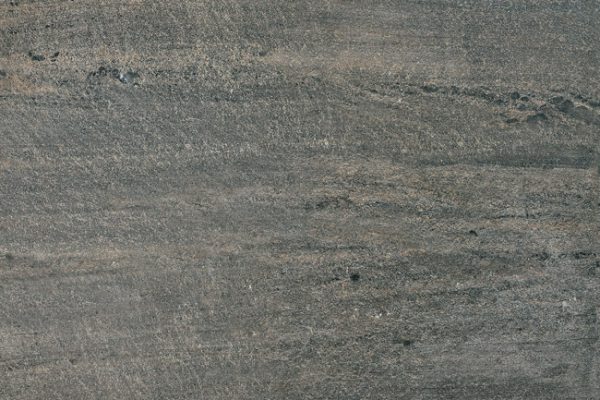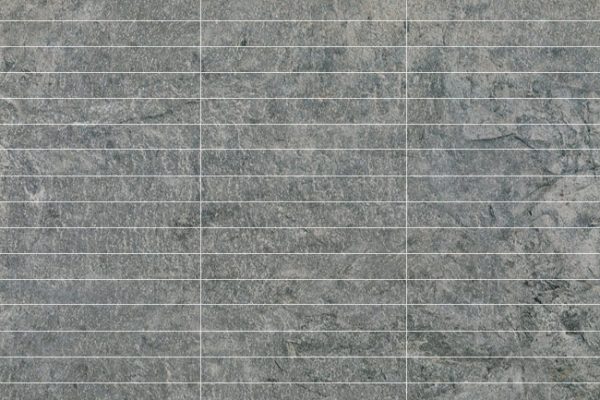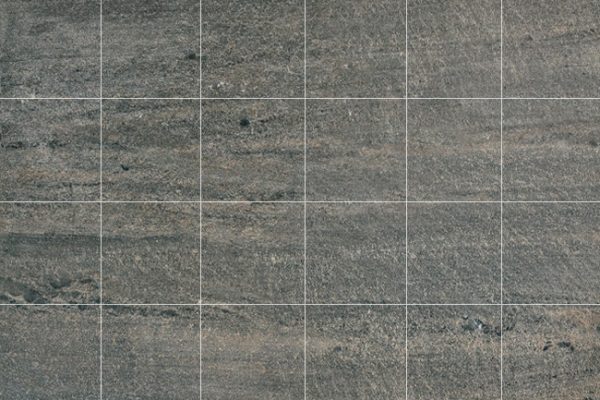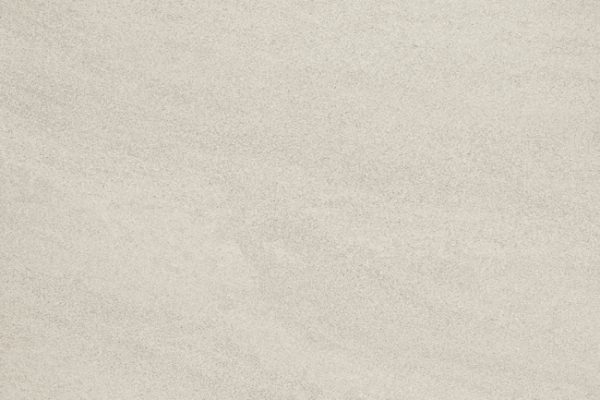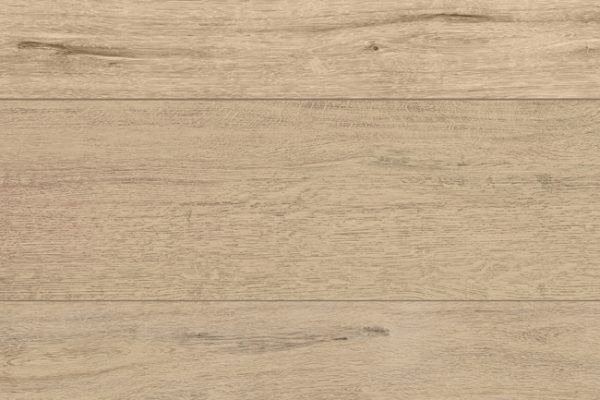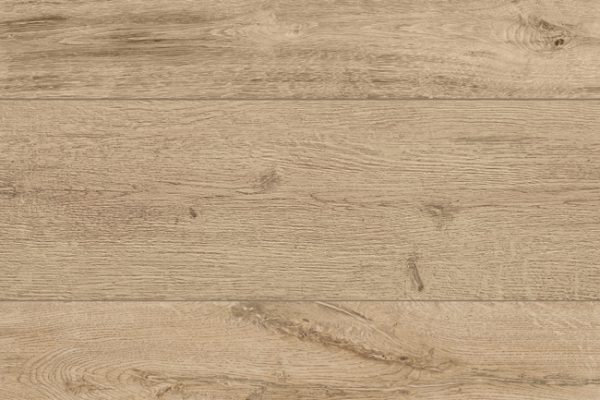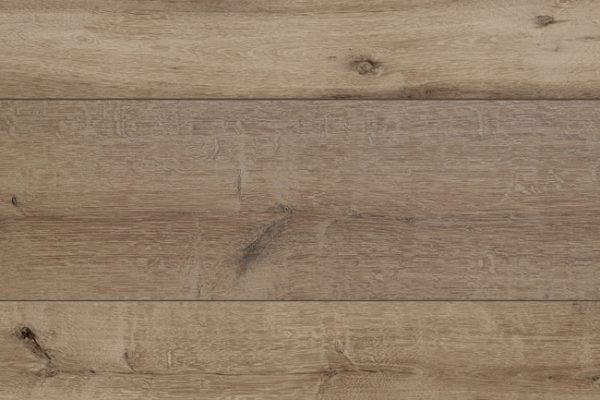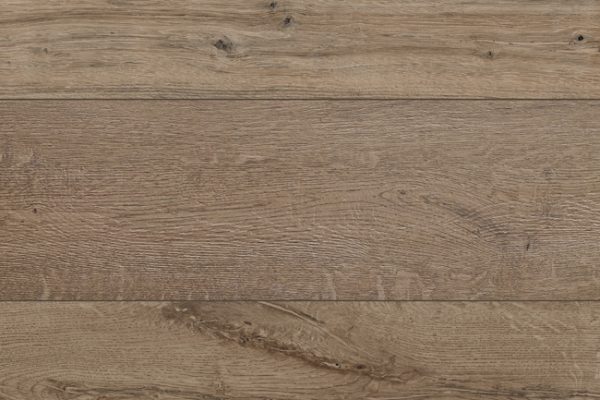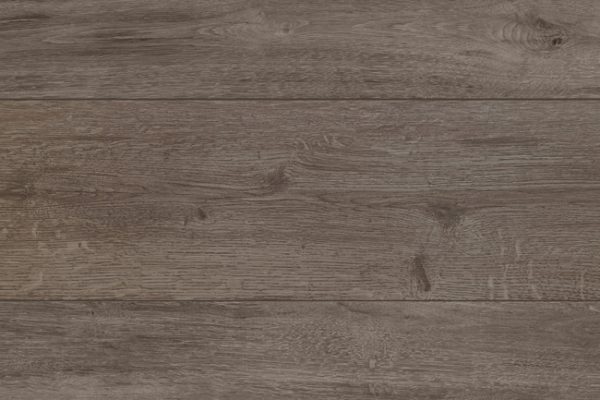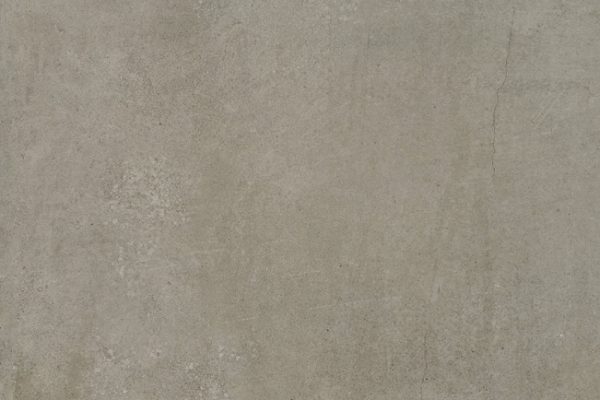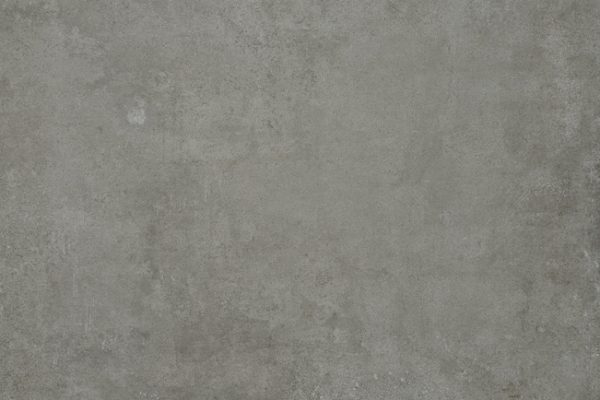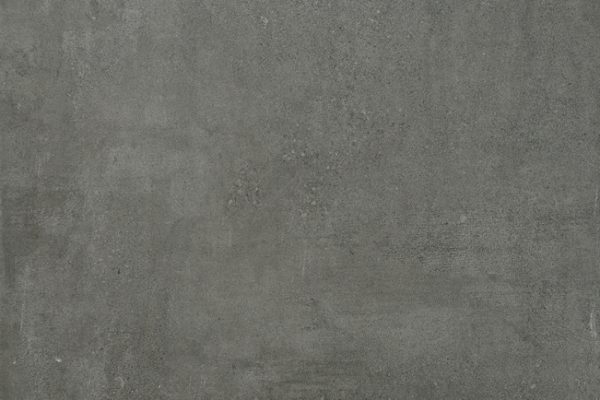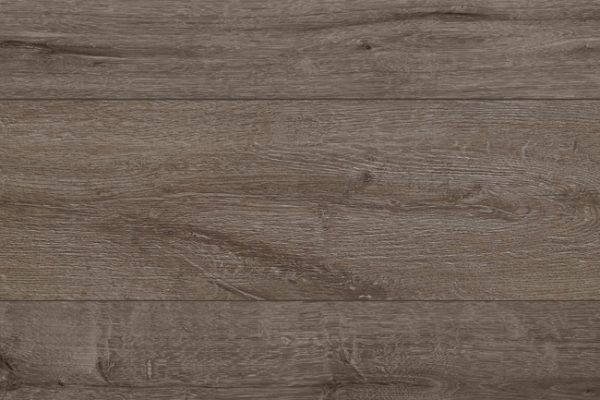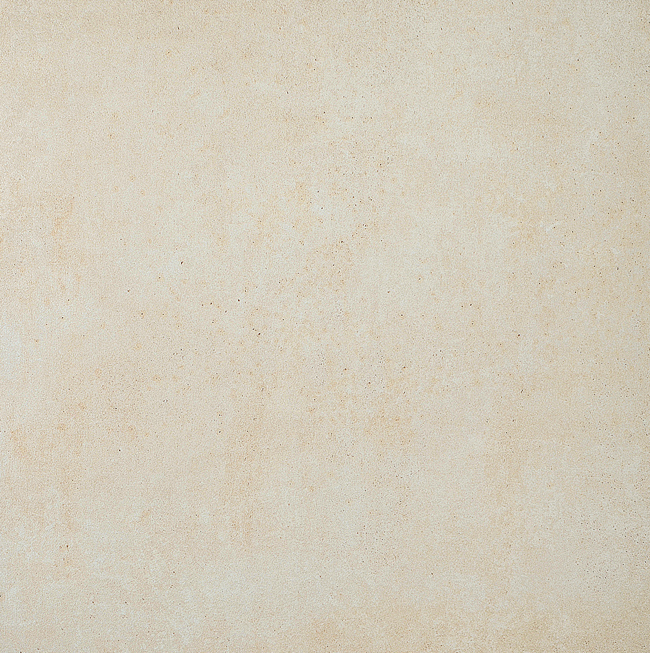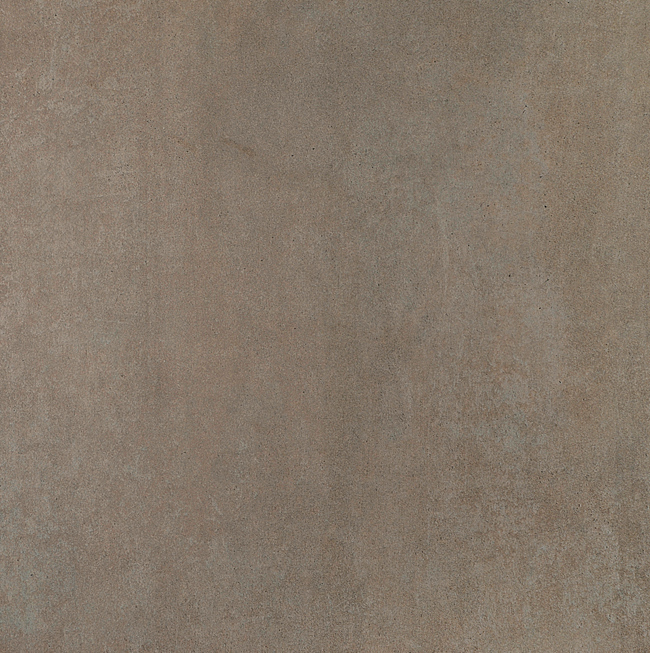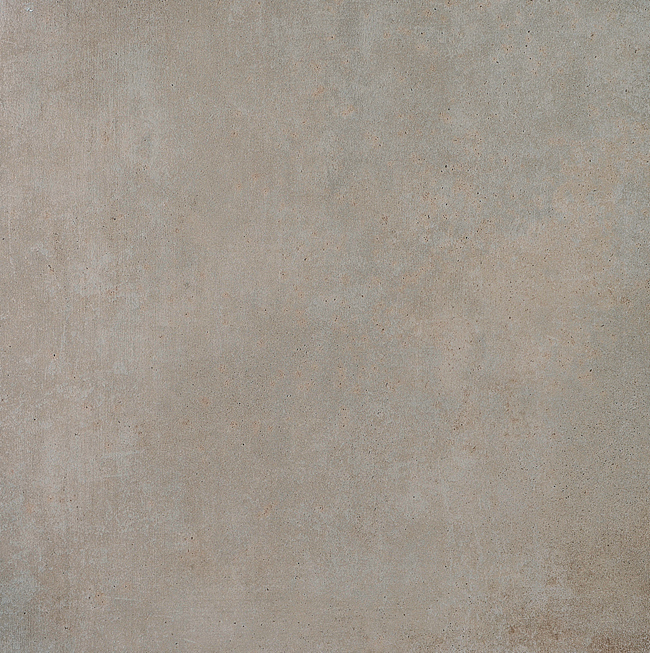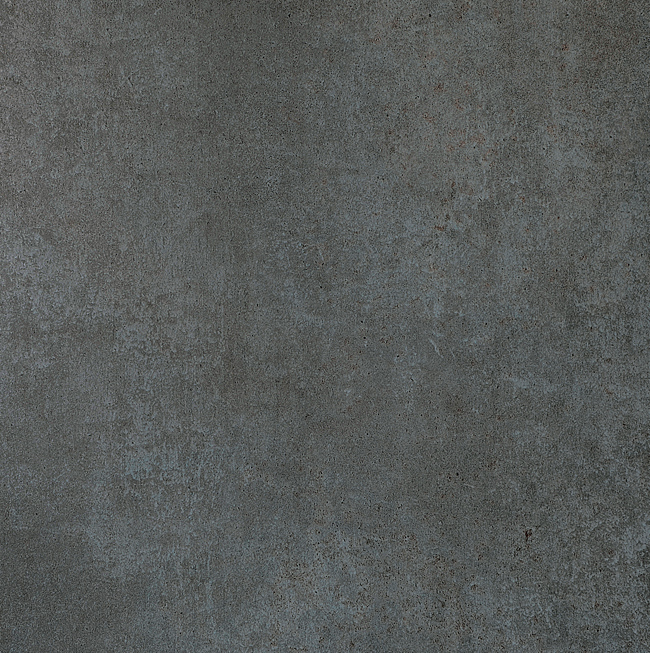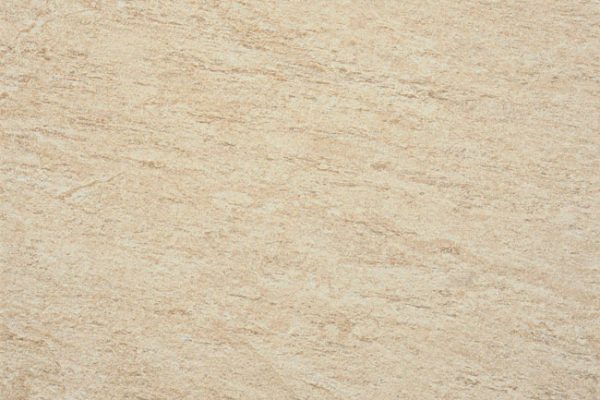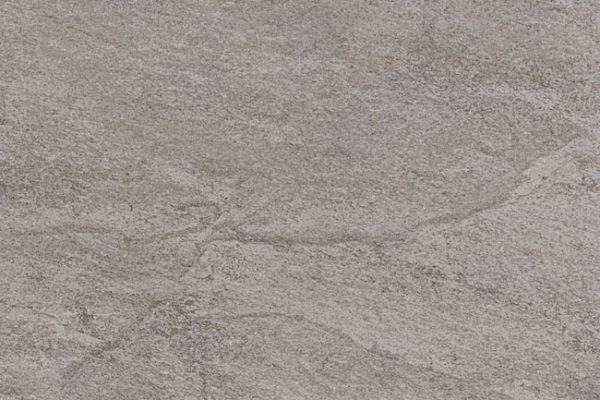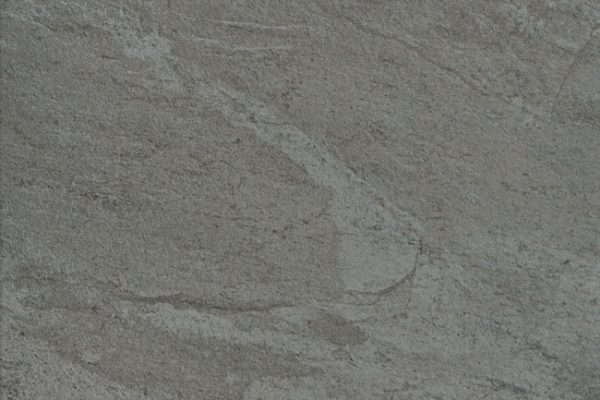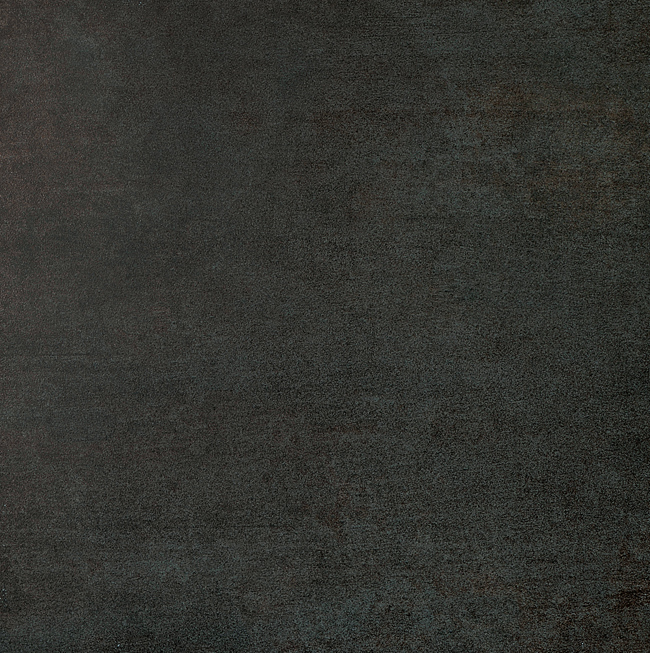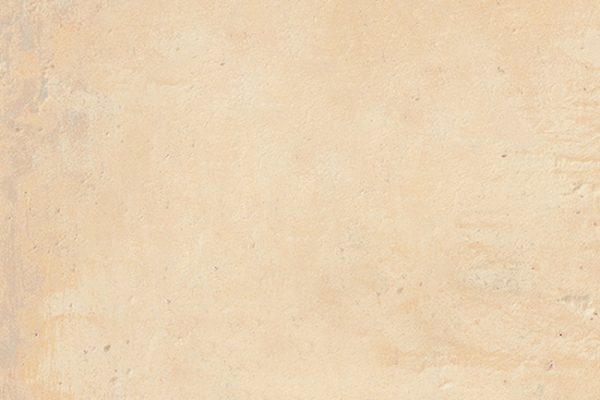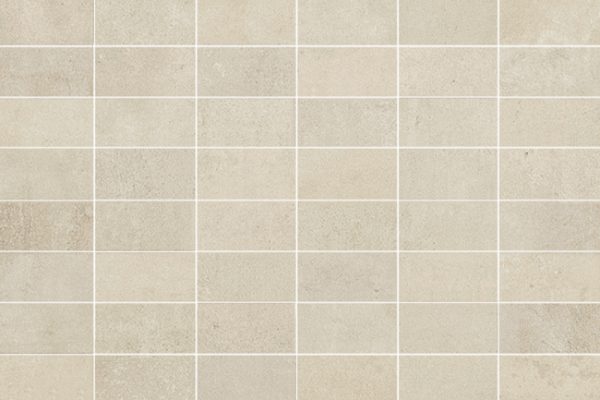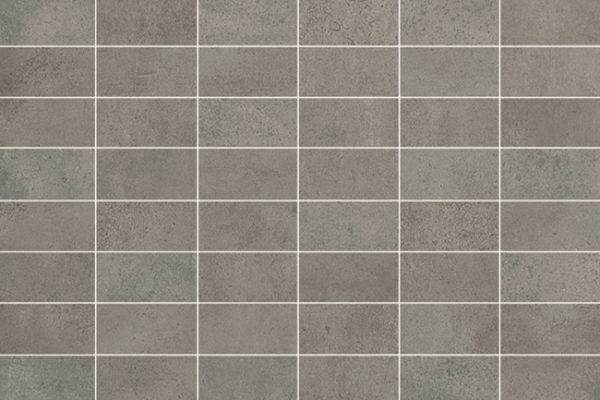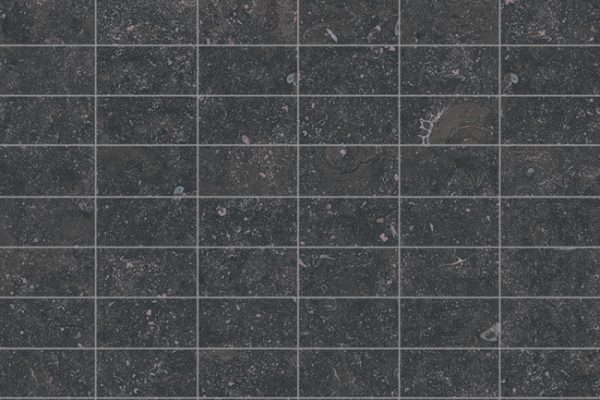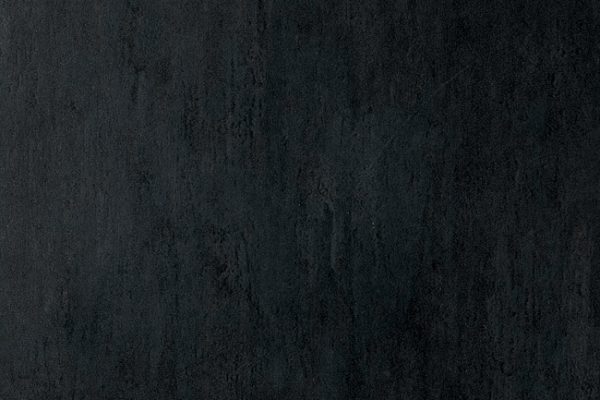Modern kitchen wall tiles
Our Wall and Wall tiles collections
-
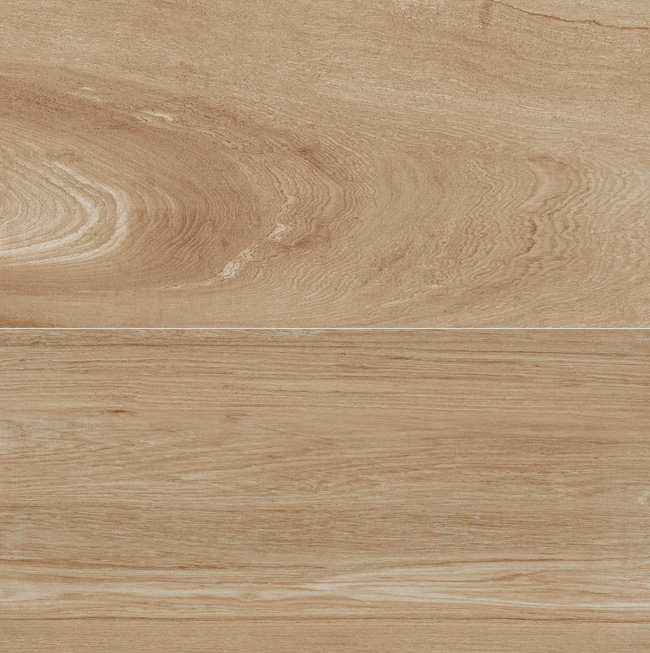 Noa
NoaNaturel
22,5x90 -
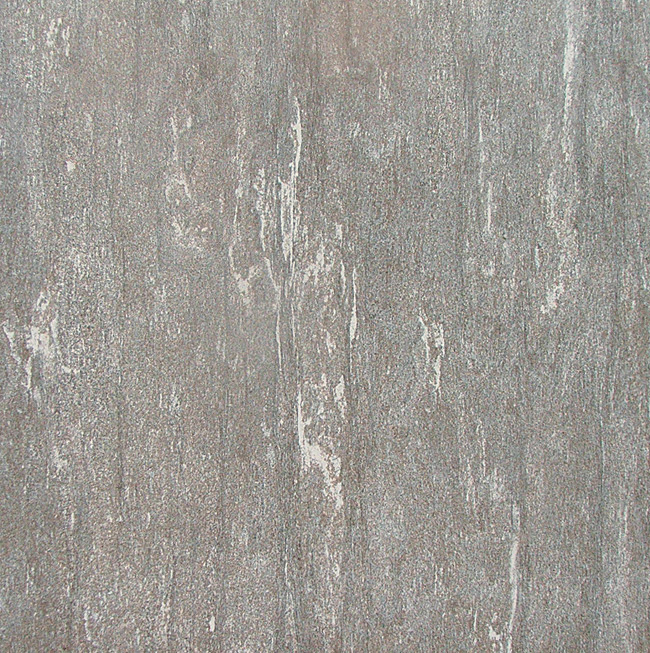 Cast
CastCast
60x12060x6030x6010x60 -
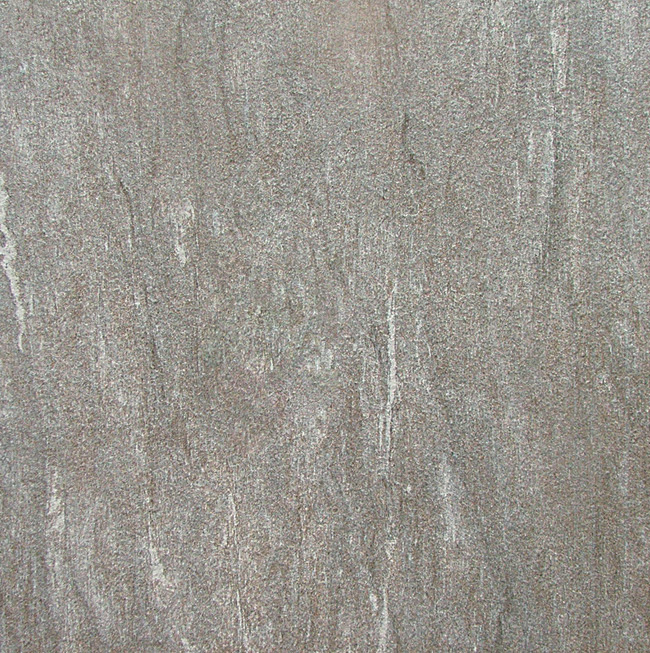 Cast
CastCast structured anti-slip
Outdoor Plus 20mm60x12060x6030x6010x6030x30 -
 Matic
MaticIvoire
60x6030x6045x45 -
 Matic
MaticSable
60x6030x6045x45 -
 Tiber
TiberLight
120x12060x12080x8060x6030x60 -
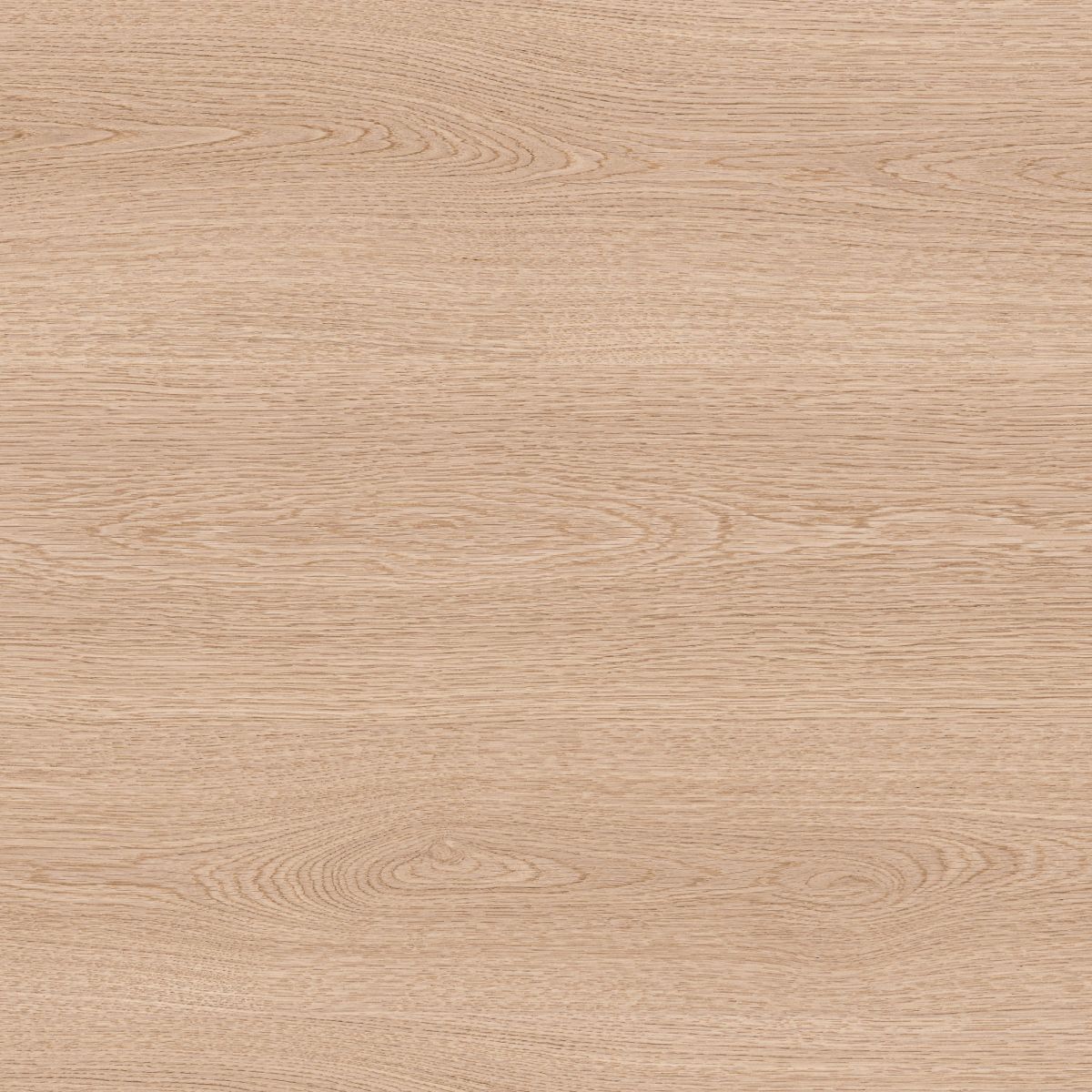 Oaka
OakaBlanchi
20x18020x120 -
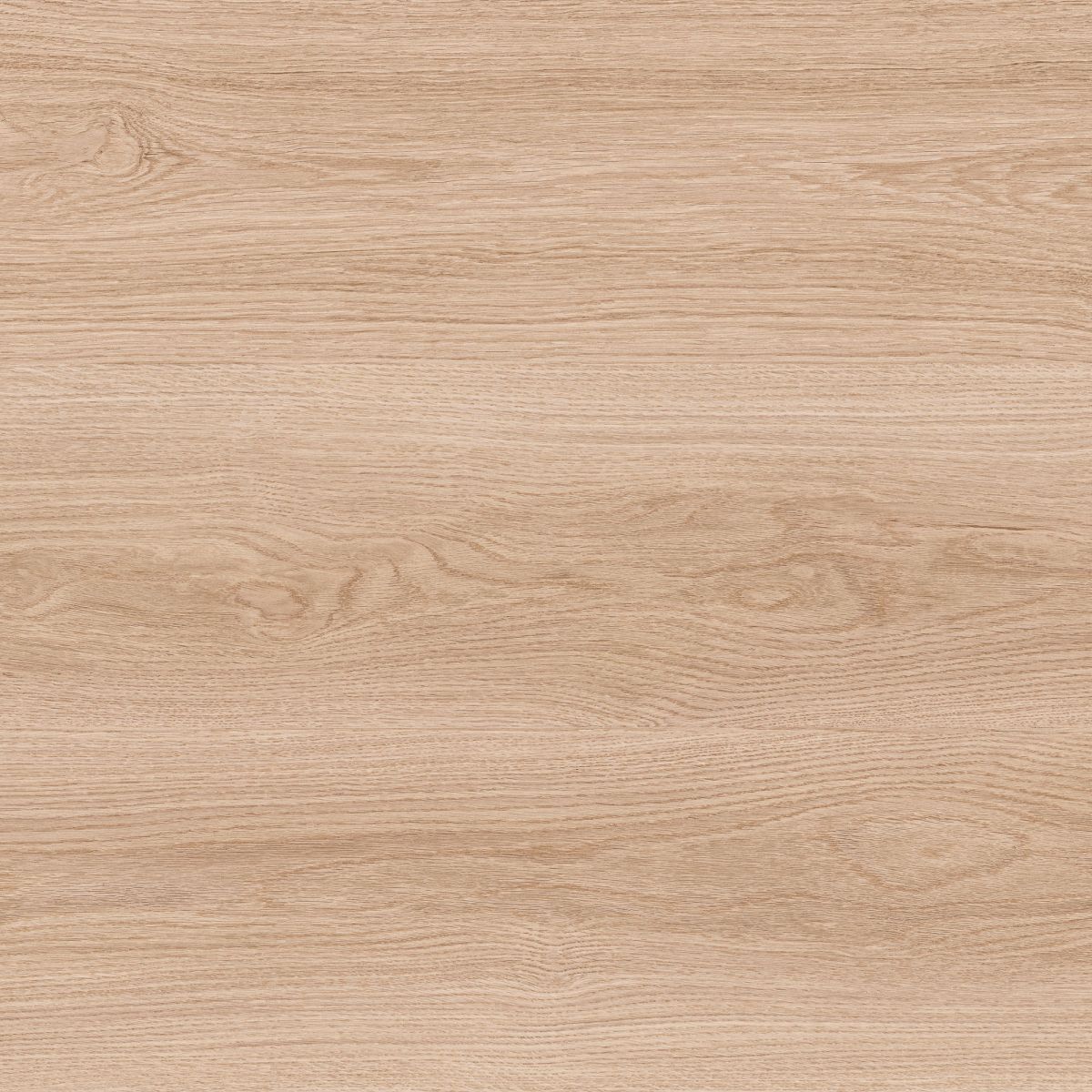 Oaka
OakaBlanchi structured anti-slip
20x120 -
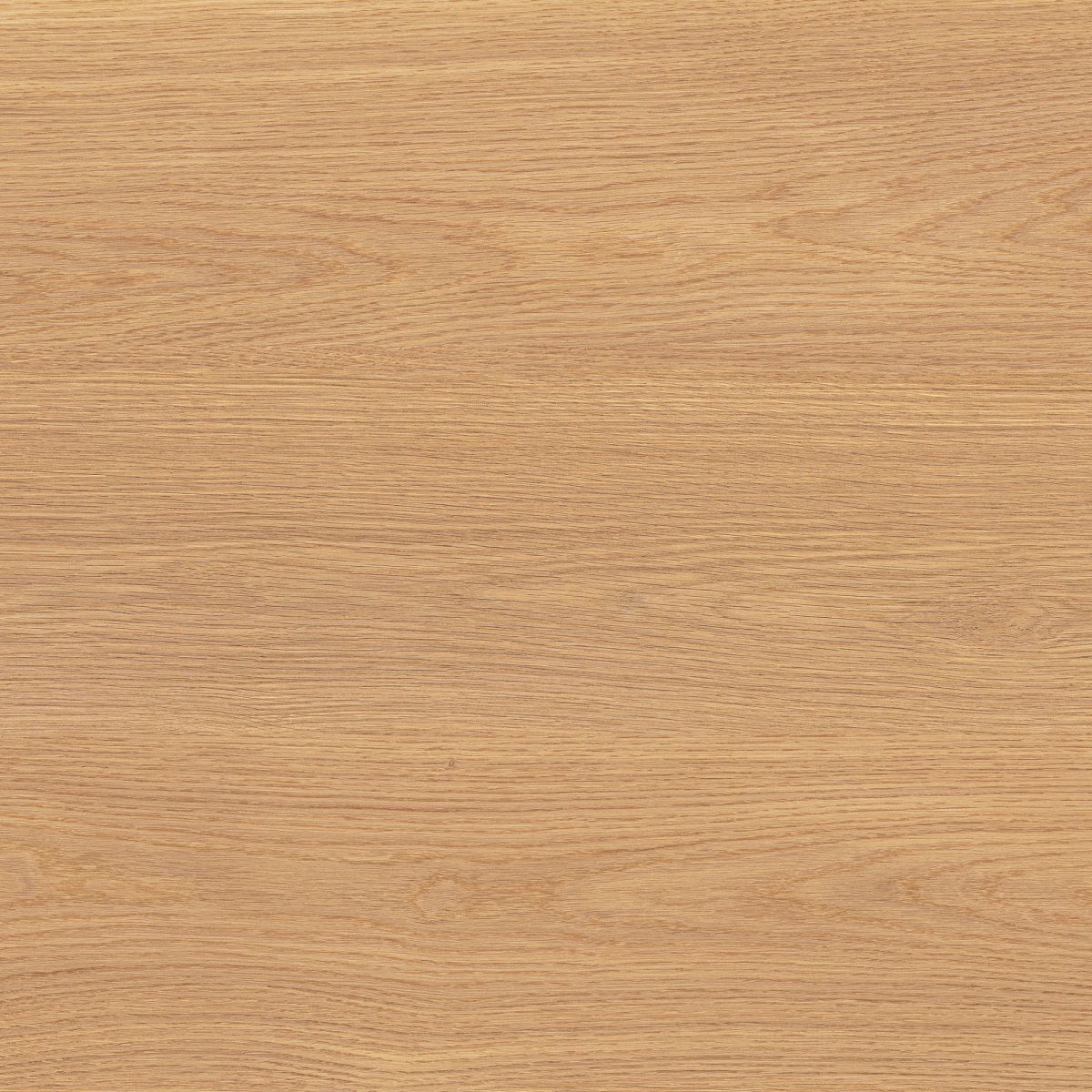 Oaka
OakaNaturel
20x18020x120 -
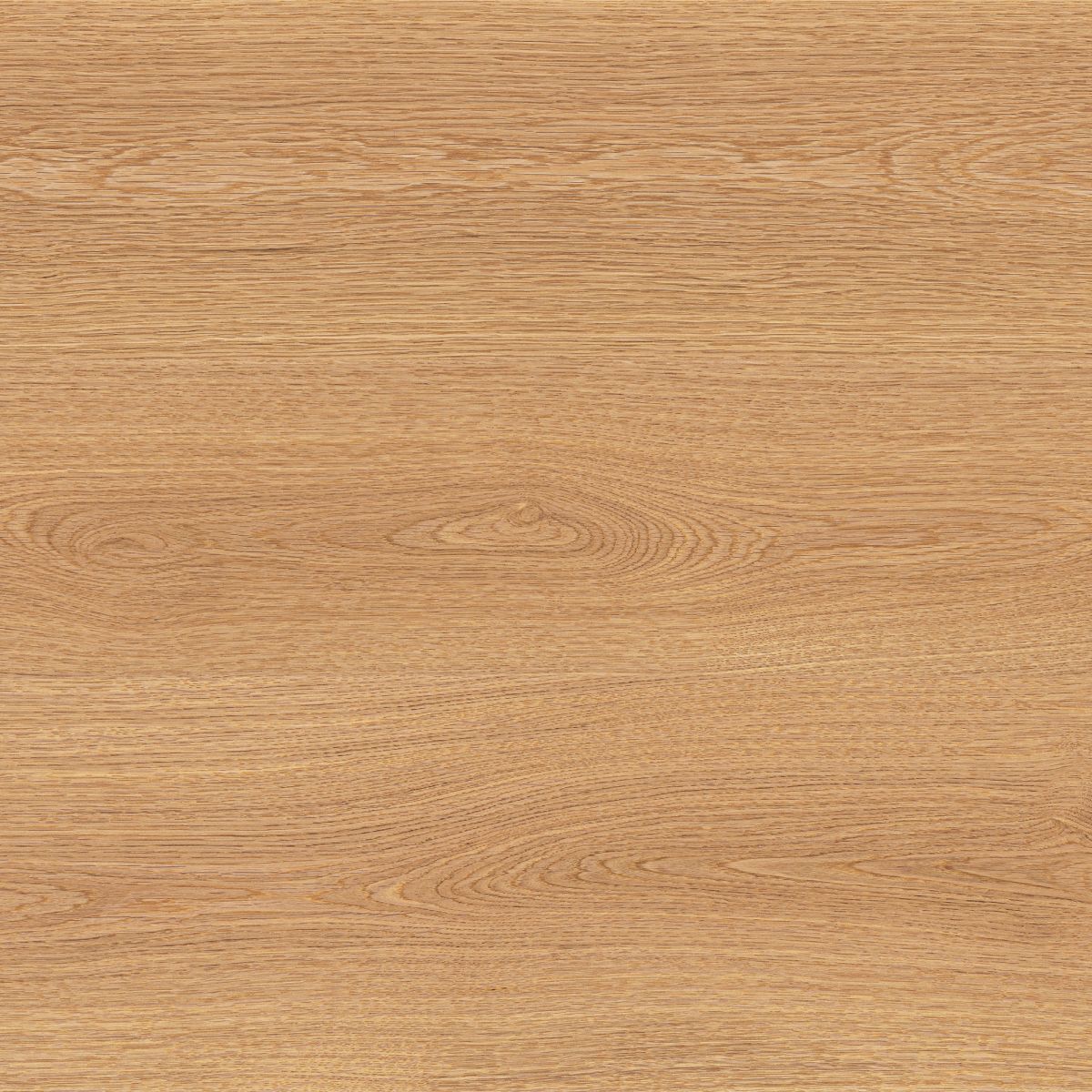 Oaka
OakaNaturel structured anti-slip
20x120 -
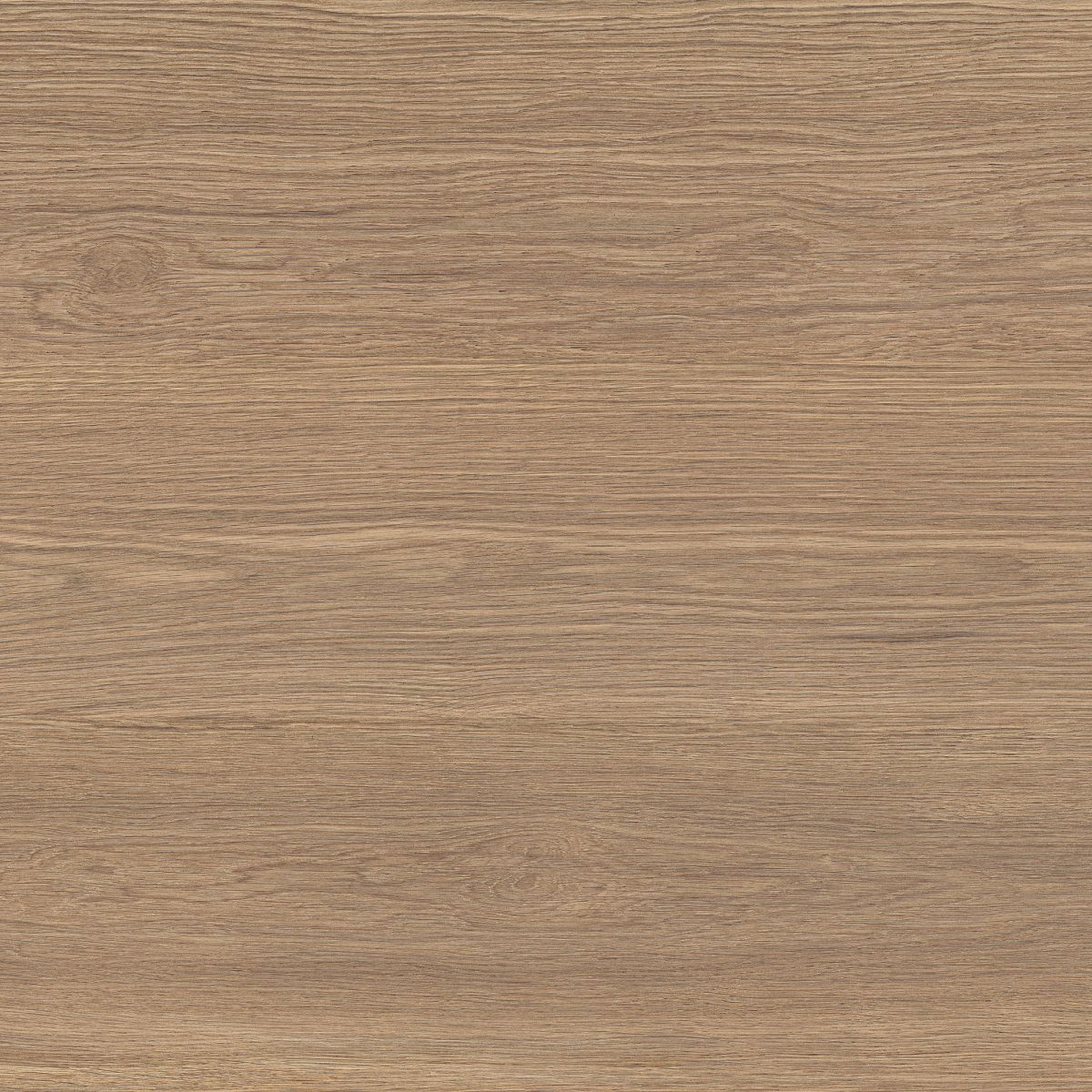 Oaka
OakaMiel
20x18020x120 -
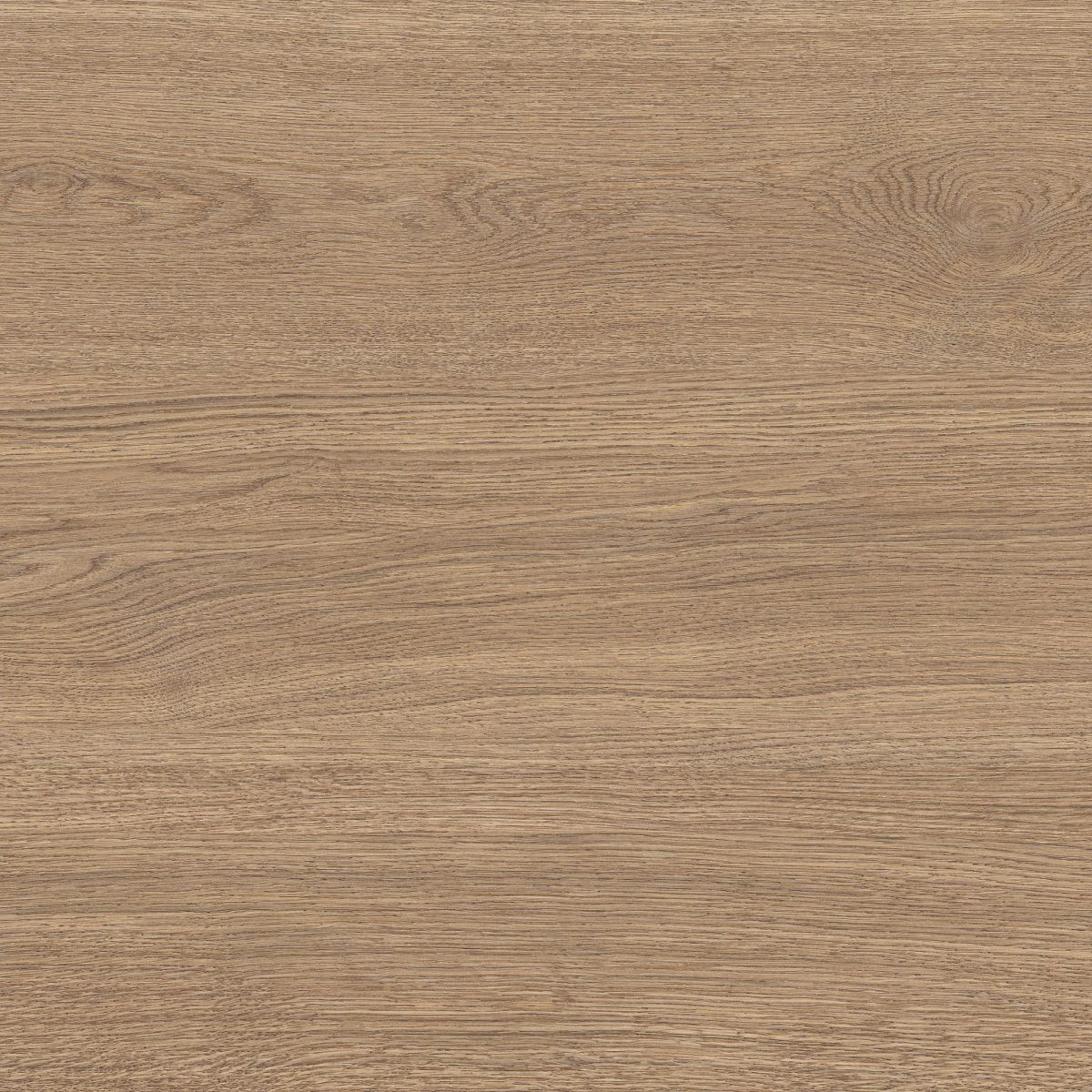 Oaka
OakaMiel structured anti-slip
20x120 -
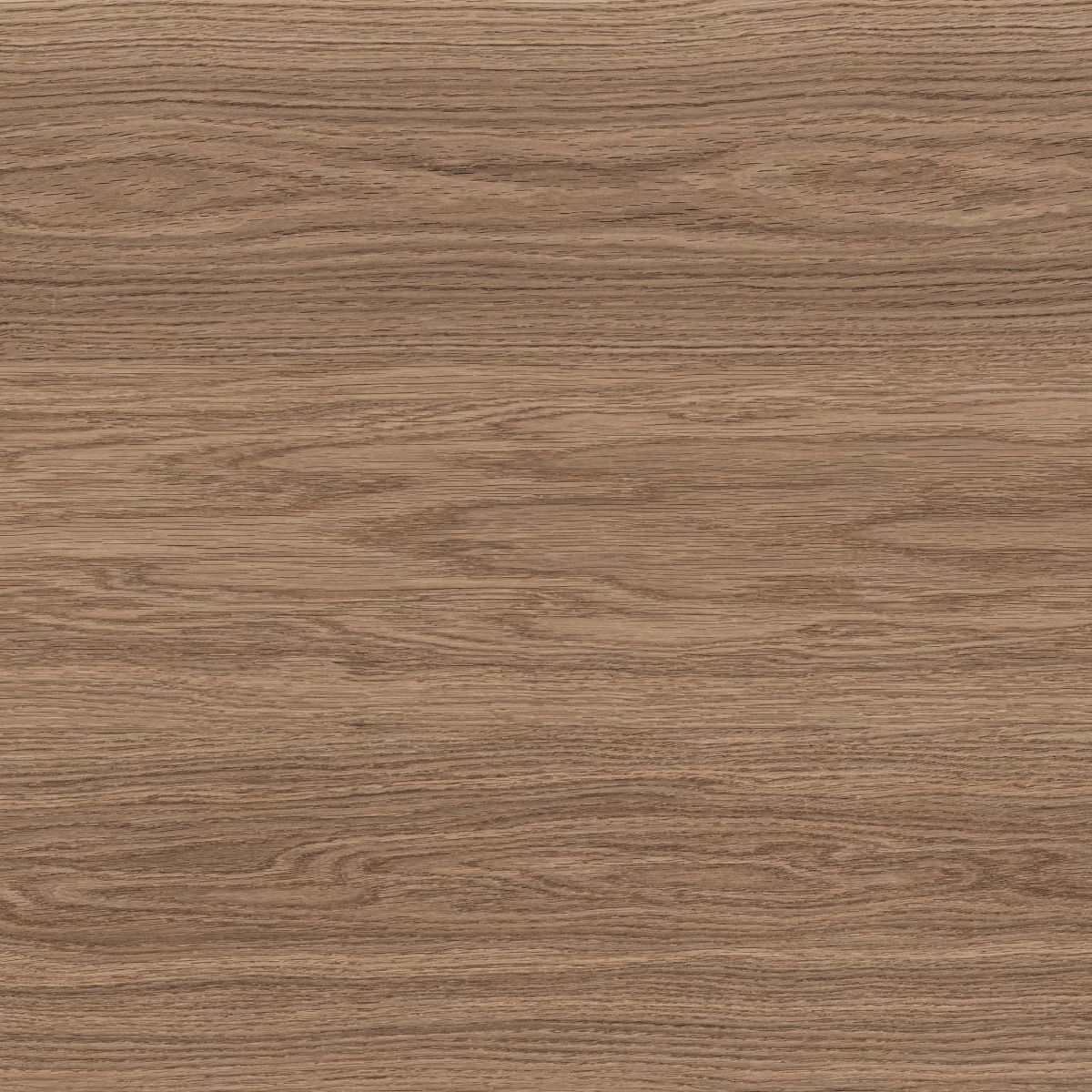 Oaka
OakaNoisette
20x18020x120 -
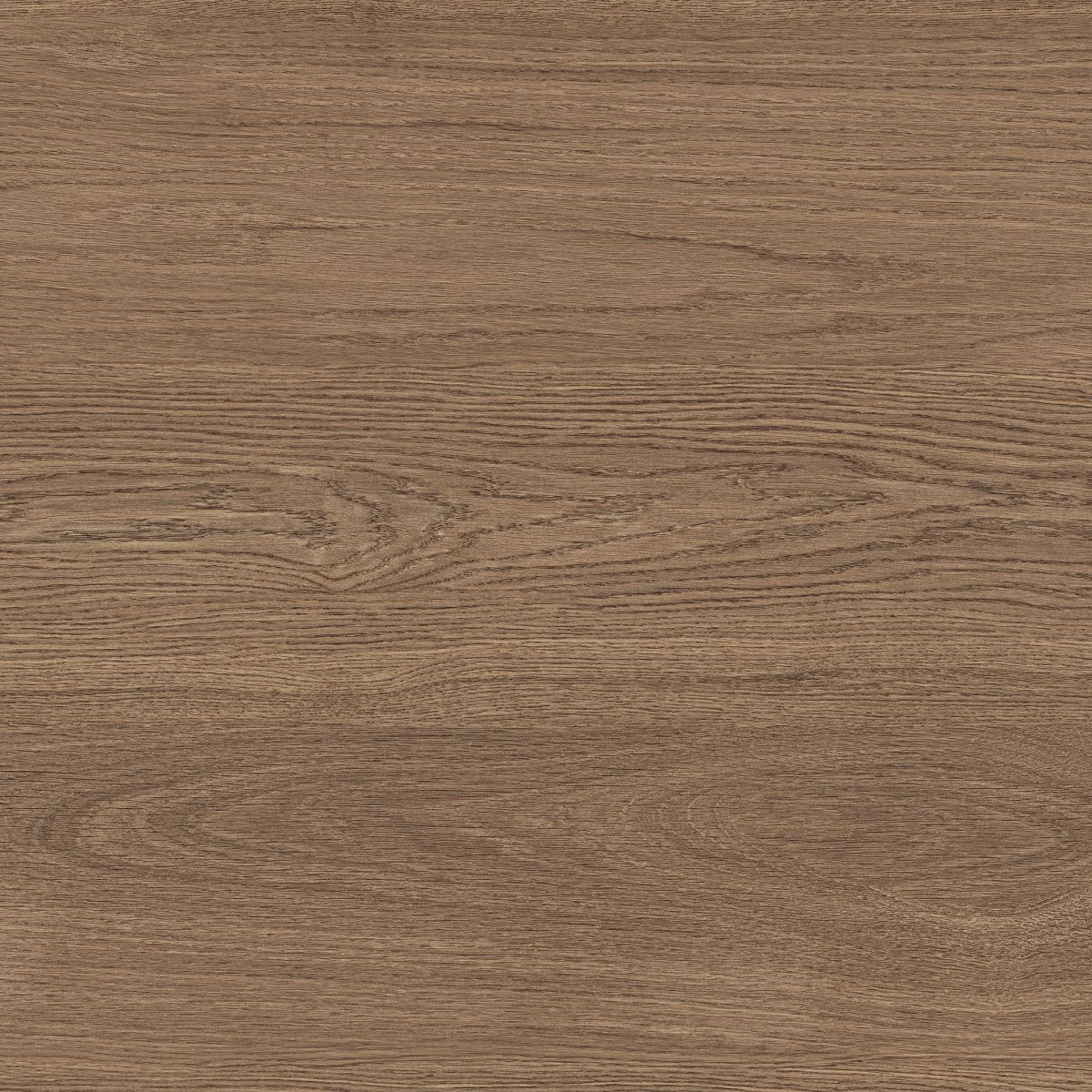 Oaka
OakaNoisette structured anti-slip
20x120 -
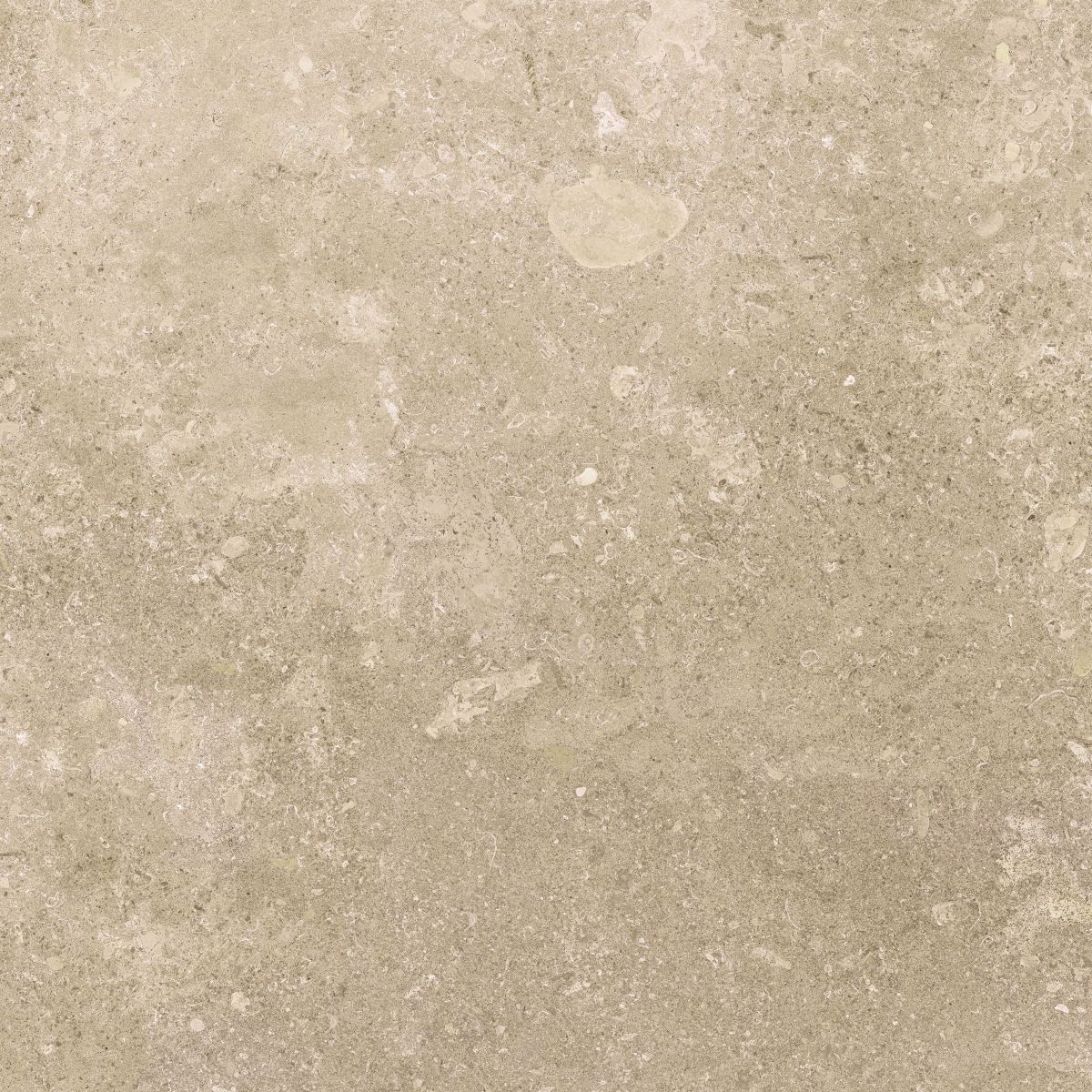 Solithe
SolitheClair
60x12060x6030x60 -
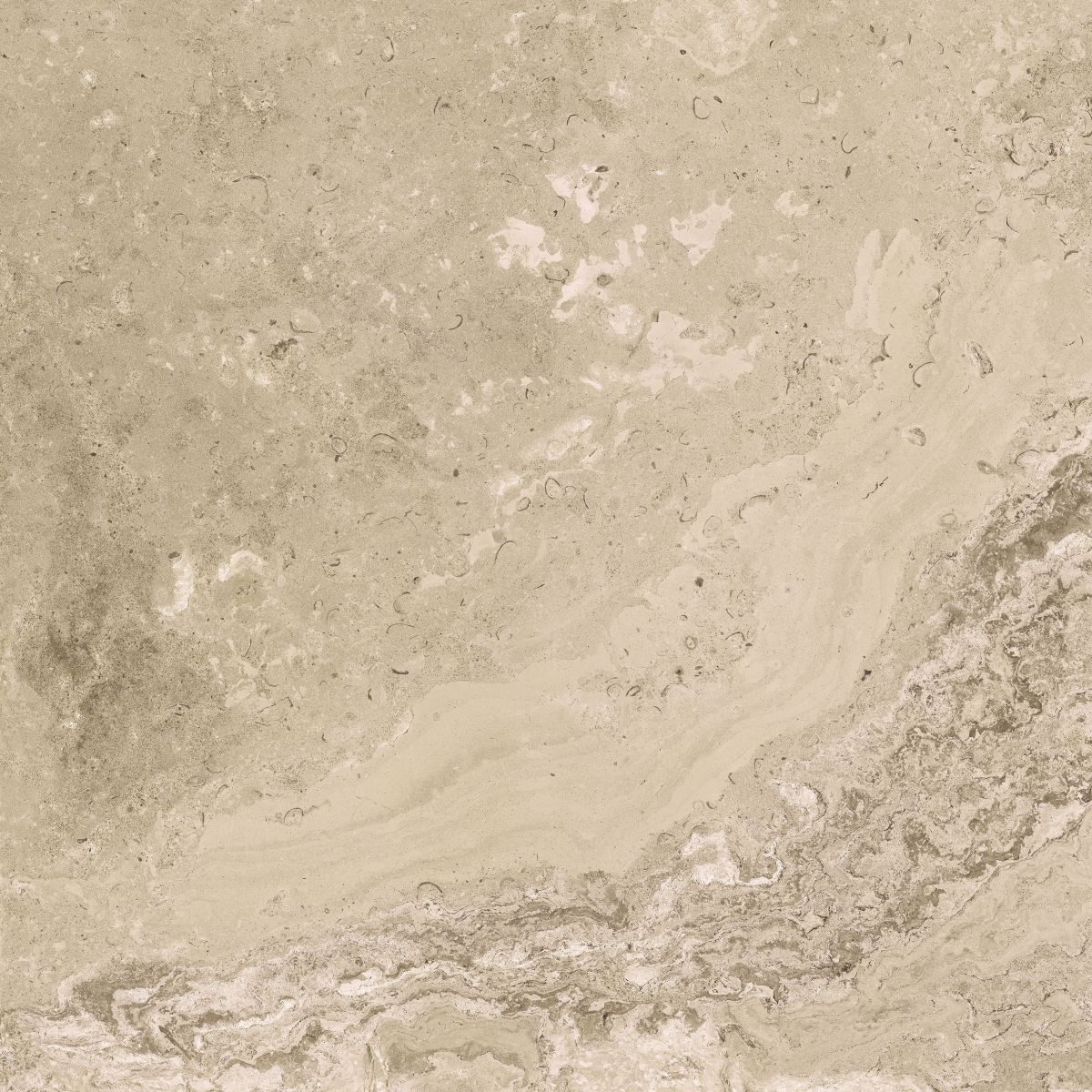 Solithe
SolitheClair structured anti-slip
Outdoor Plus 20mm60x9060x6030x60 -
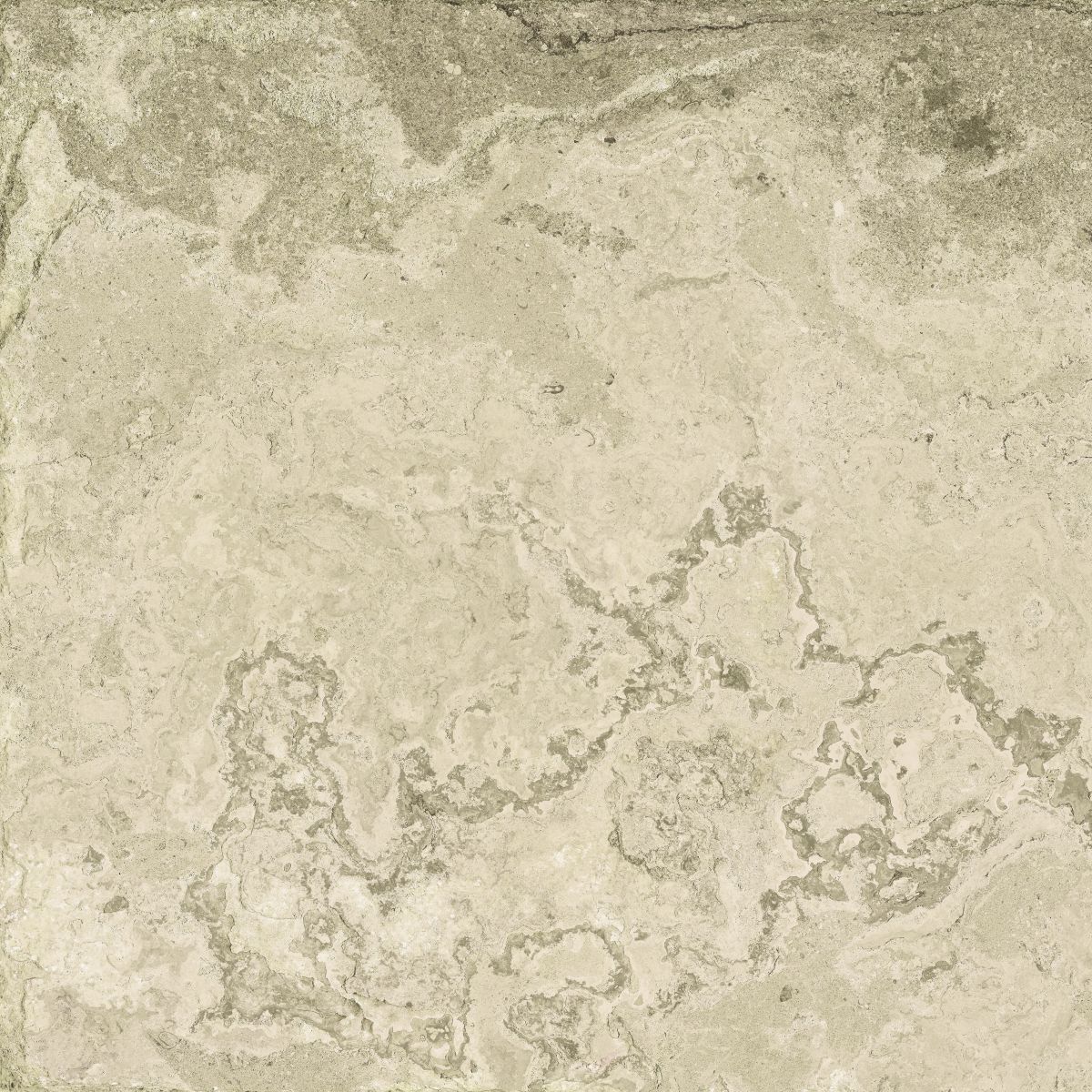 Solithe
SolitheNaturel
60x12060x6030x6010x60 -
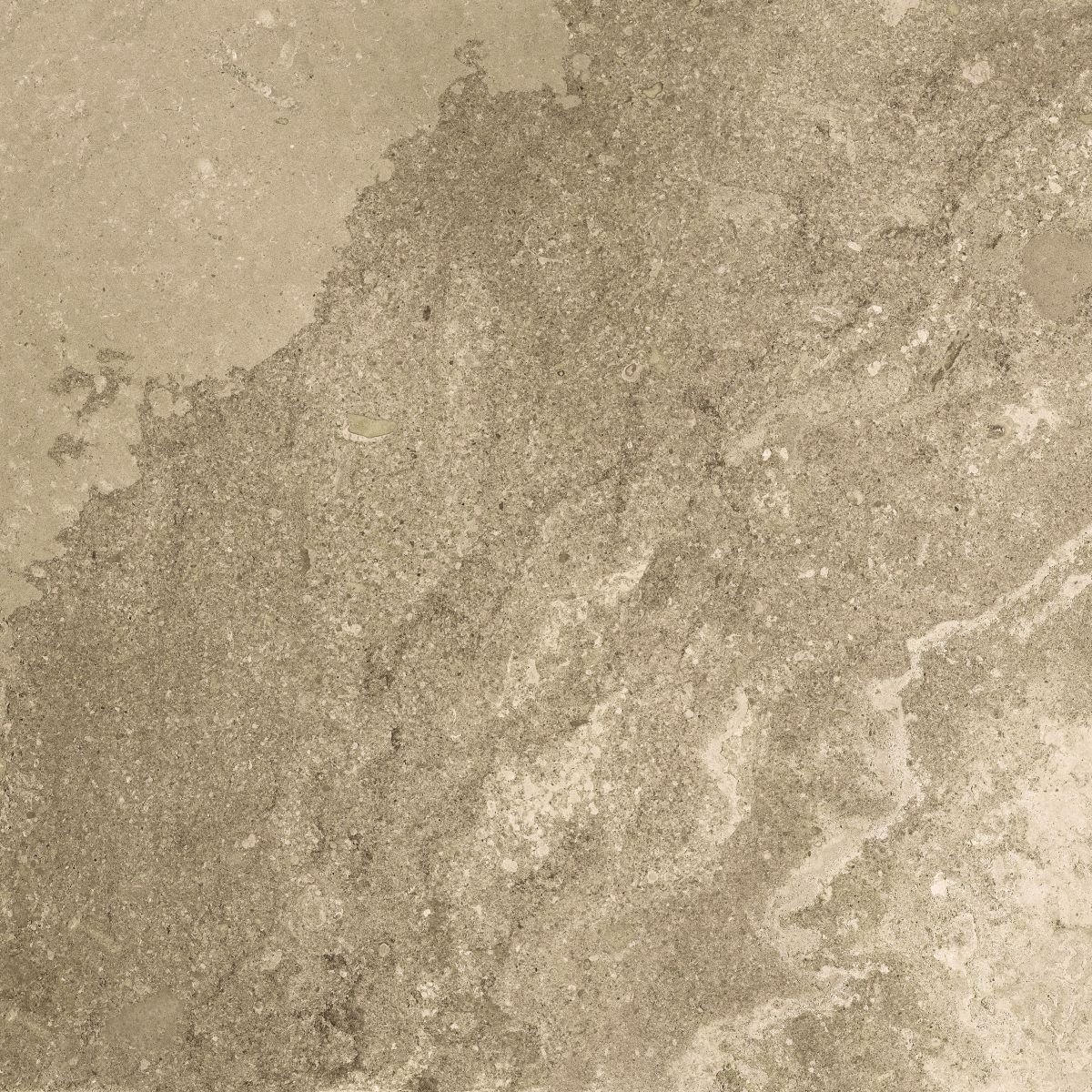 Solithe
SolitheNaturel structured anti-slip
Outdoor Plus 20mm60x9060x6030x60 -
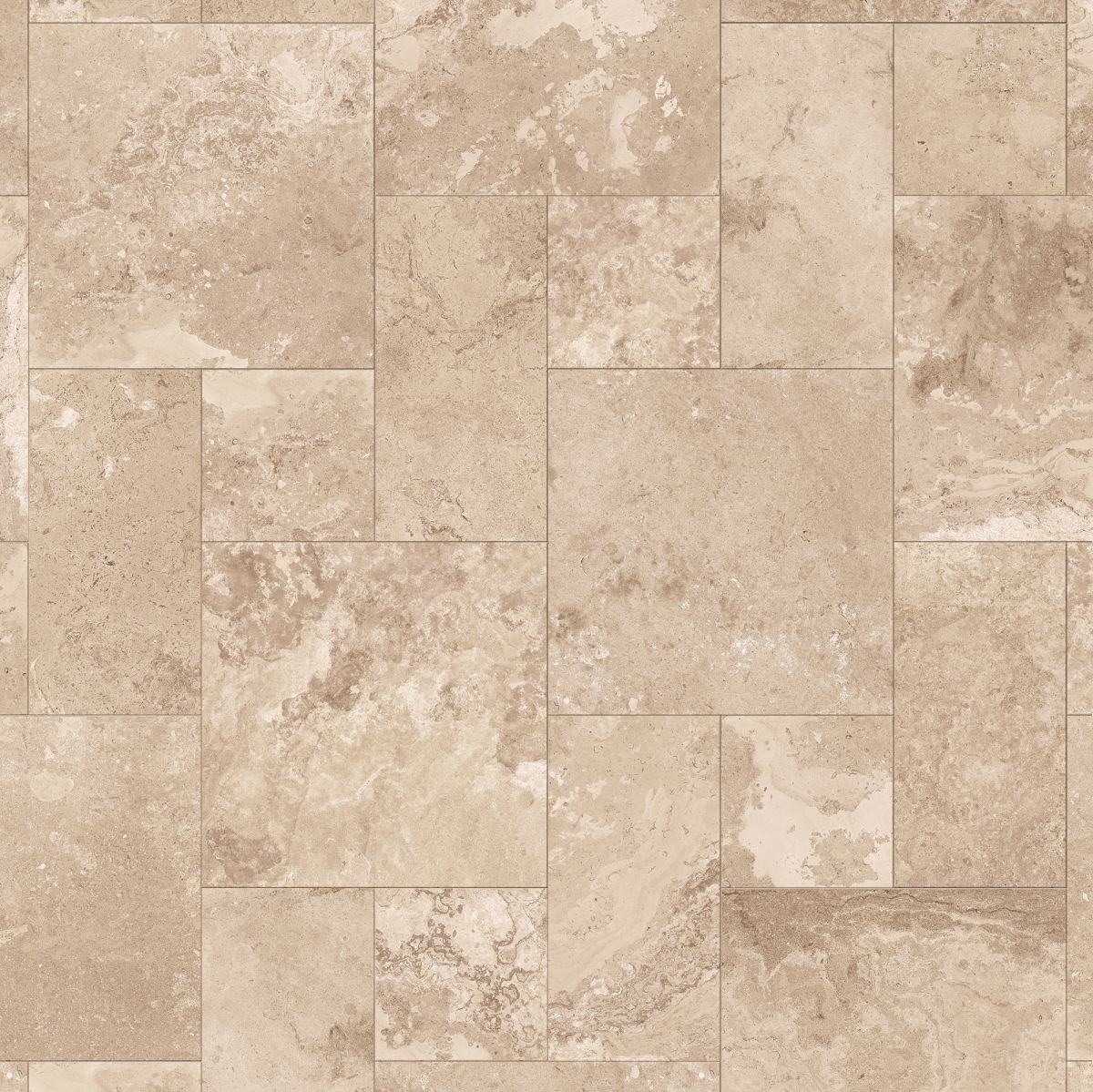 Solithe
SolitheClair Multi-format Int.
Comp. Mod. -
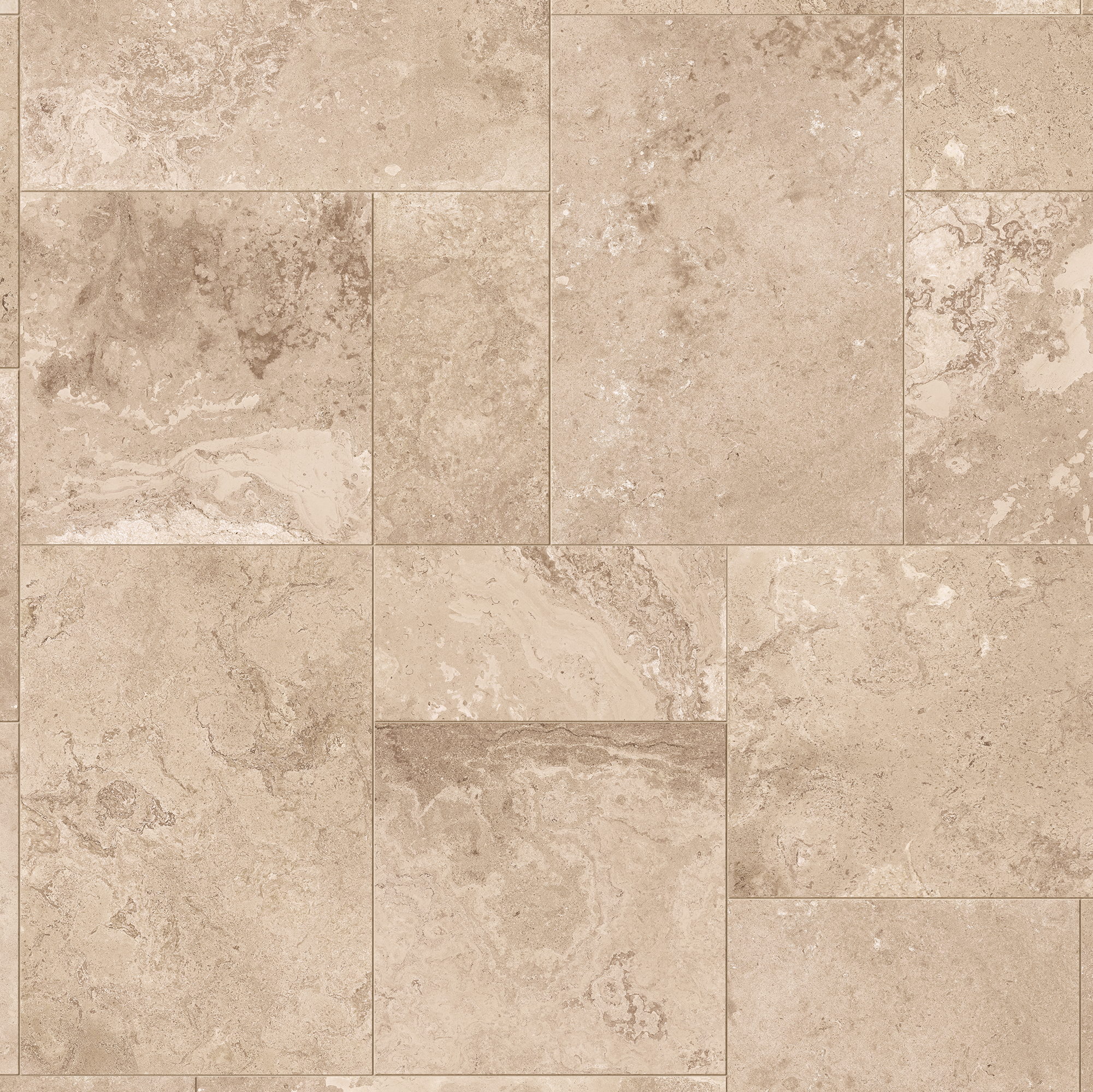 Solithe
SolitheClair Multi-format Ext. structured anti-slip
Outdoor Plus 20mmComp. Mod. -
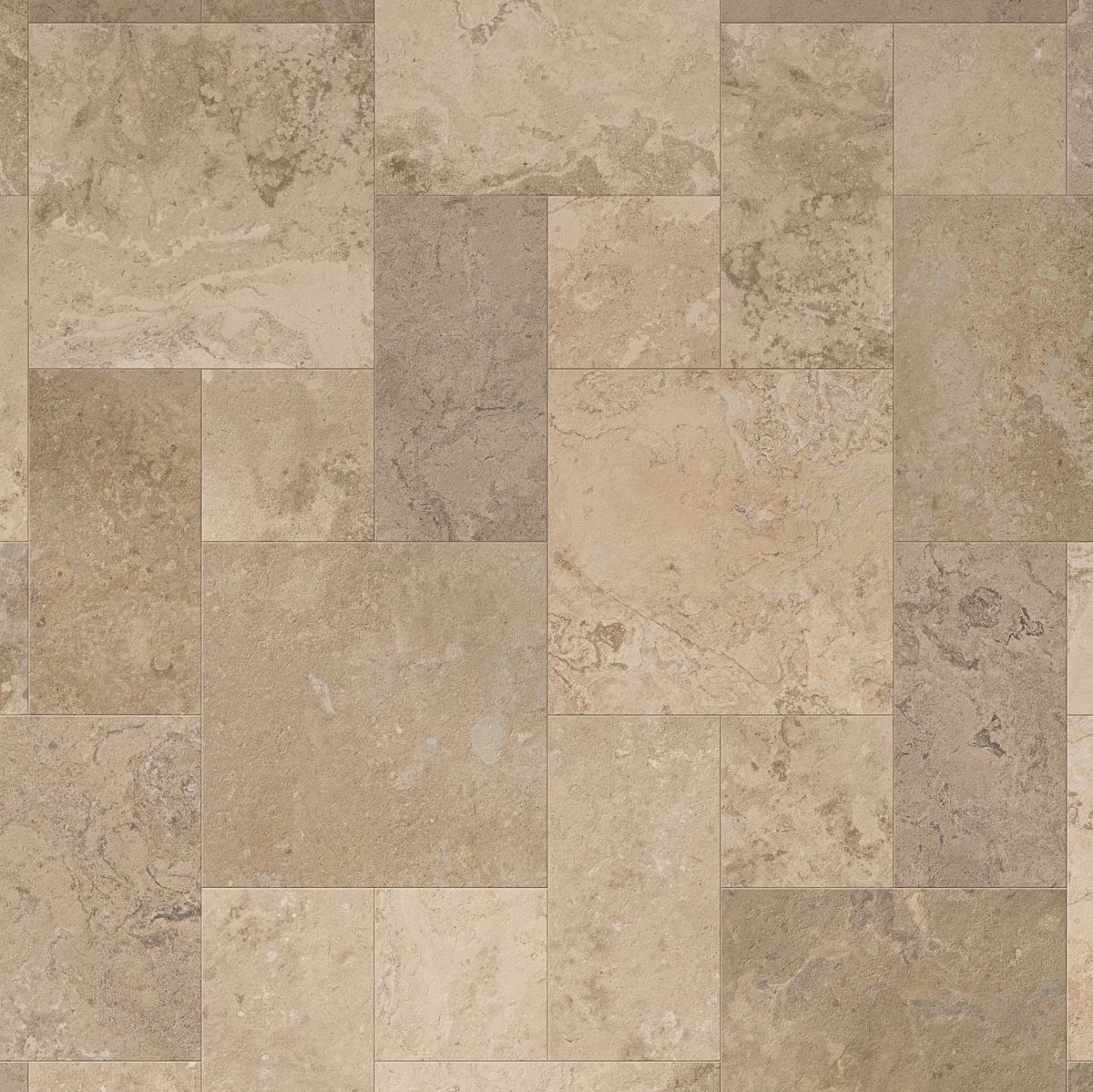 Solithe
SolitheNaturel Multi-format Int.
Comp. Mod. -
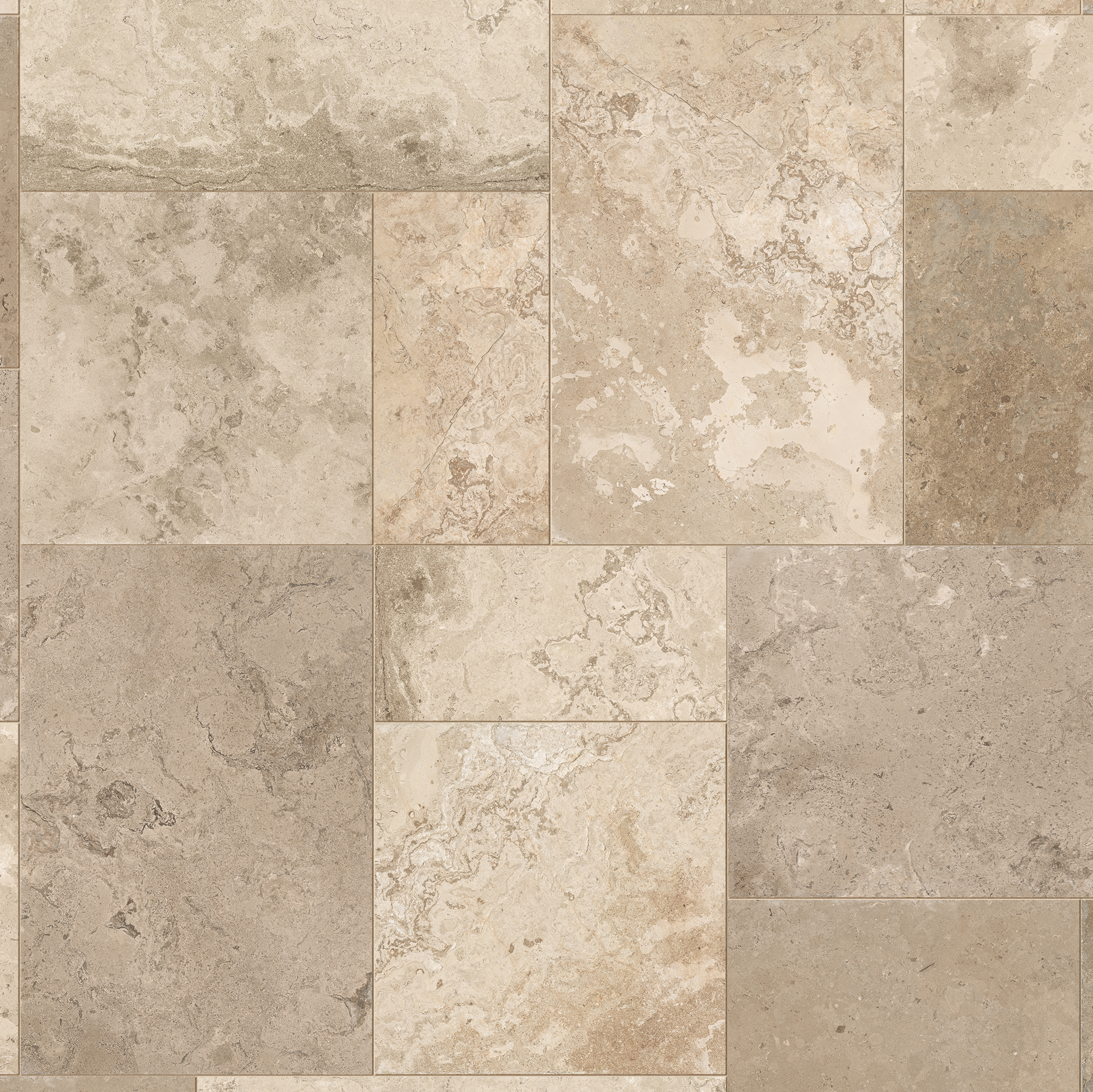 Solithe
SolitheNaturel Multi-format Ext. structured anti-slip
Outdoor Plus 20mmComp. Mod. -
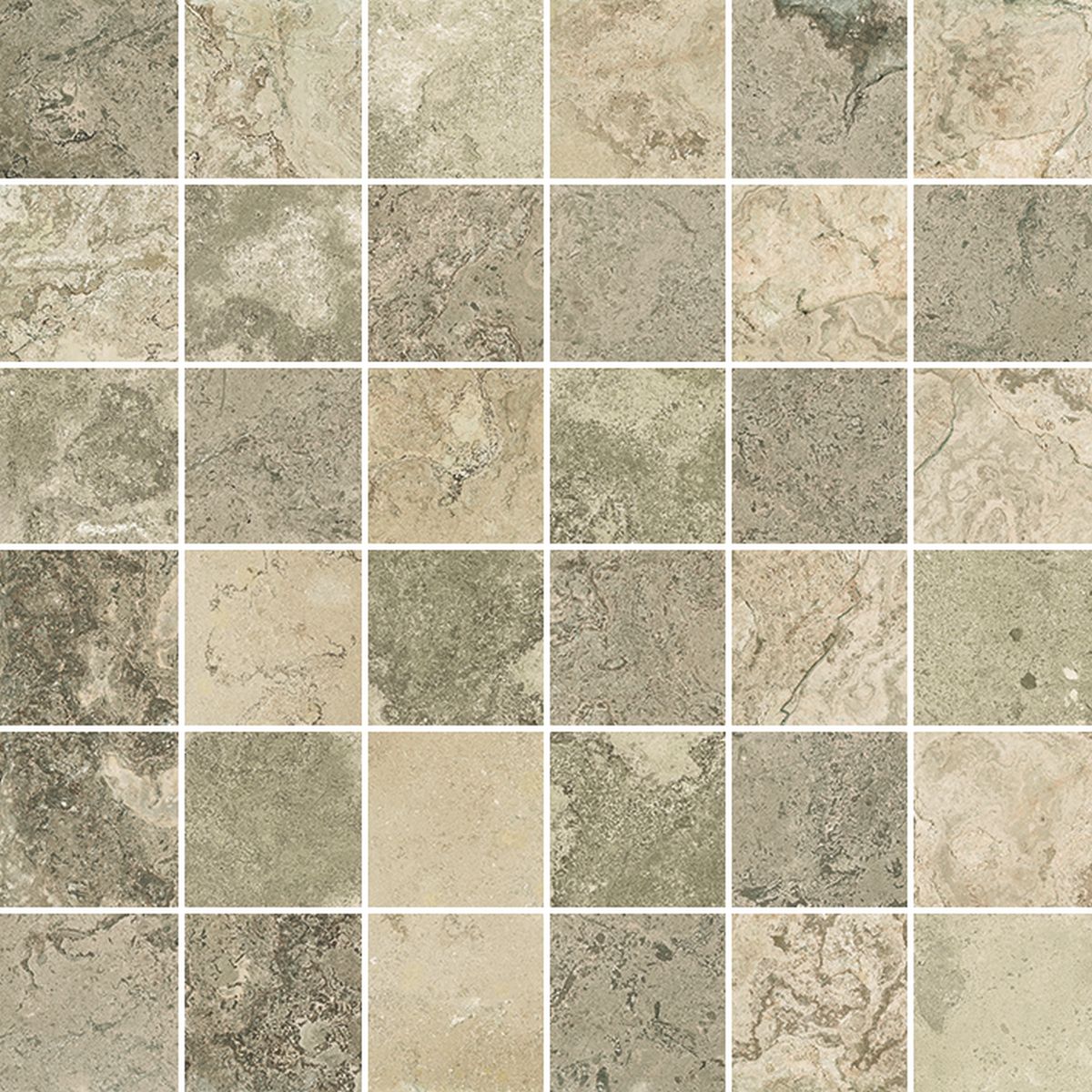 Solithe
SolitheNaturel 5 column mosaic
30x30 -
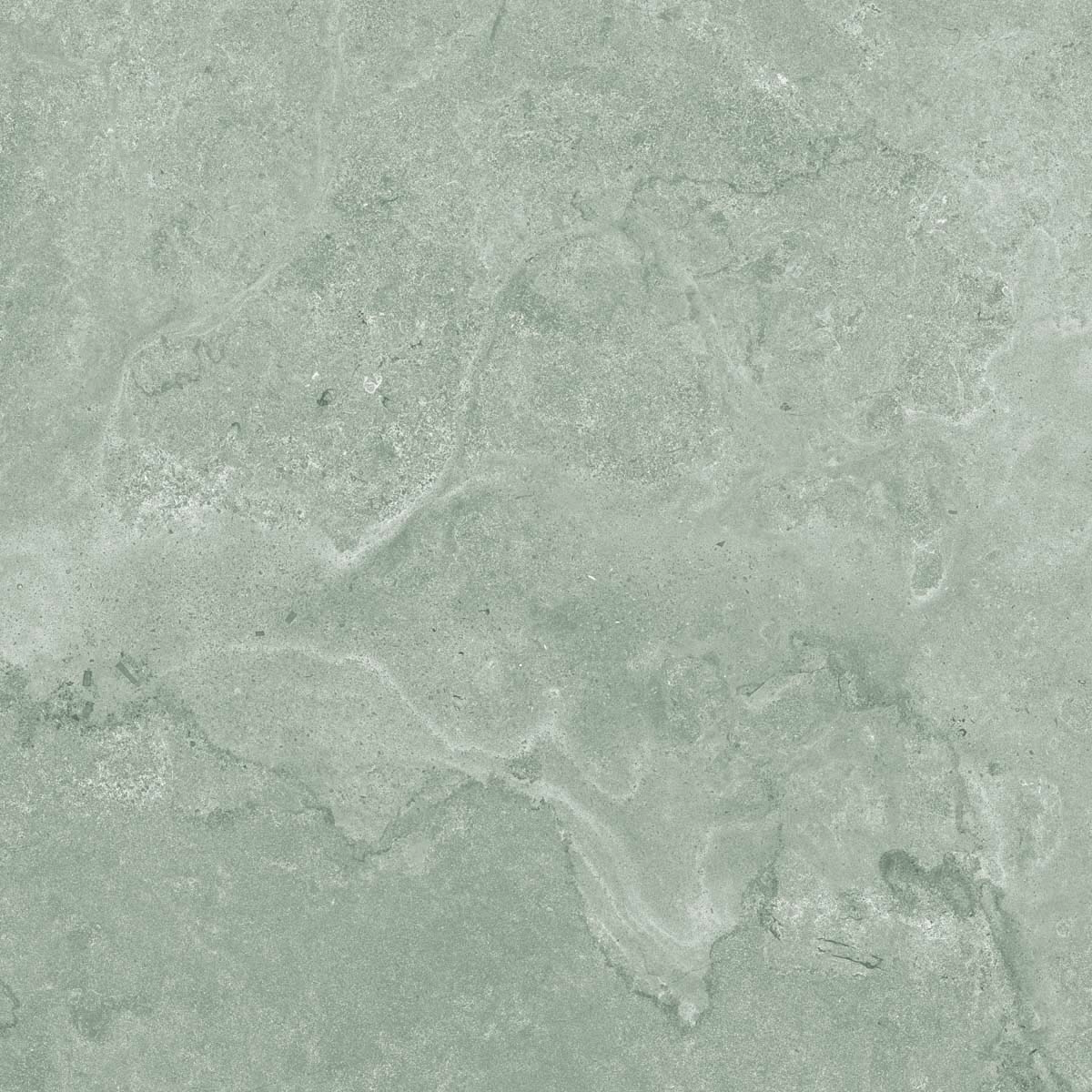 Kairn
KairnGris
120x12060x12080x8060x6030x6010x60 -
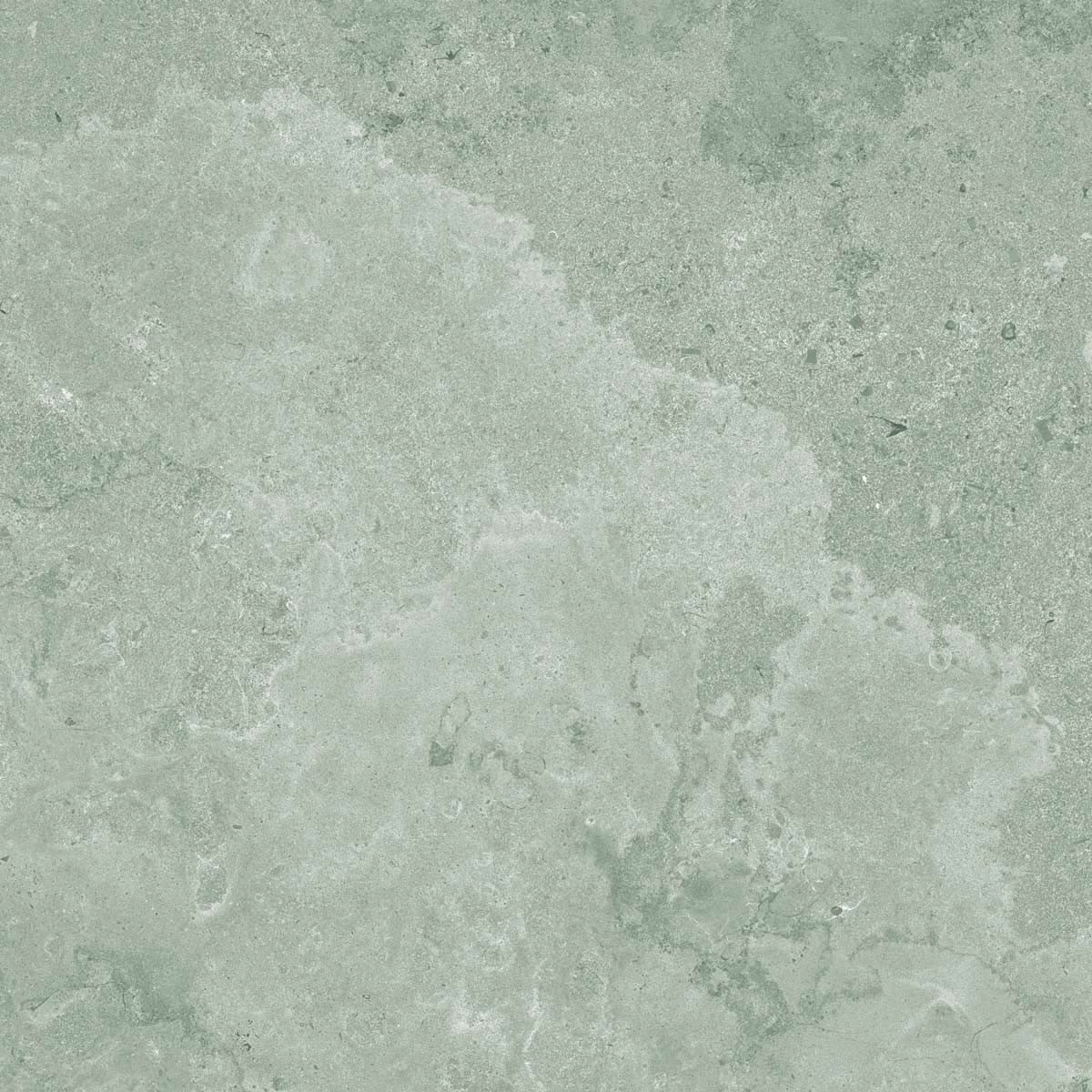 Kairn
KairnGris structured anti-slip
Outdoor Plus 20mm60x12080x8060x6030x60 -
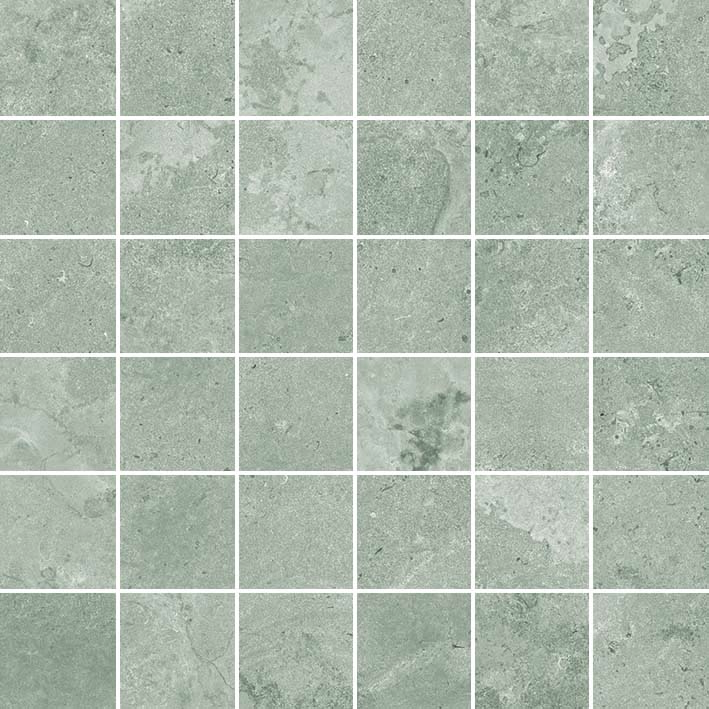 Kairn
KairnGris 5 column mosaic
30x30 -
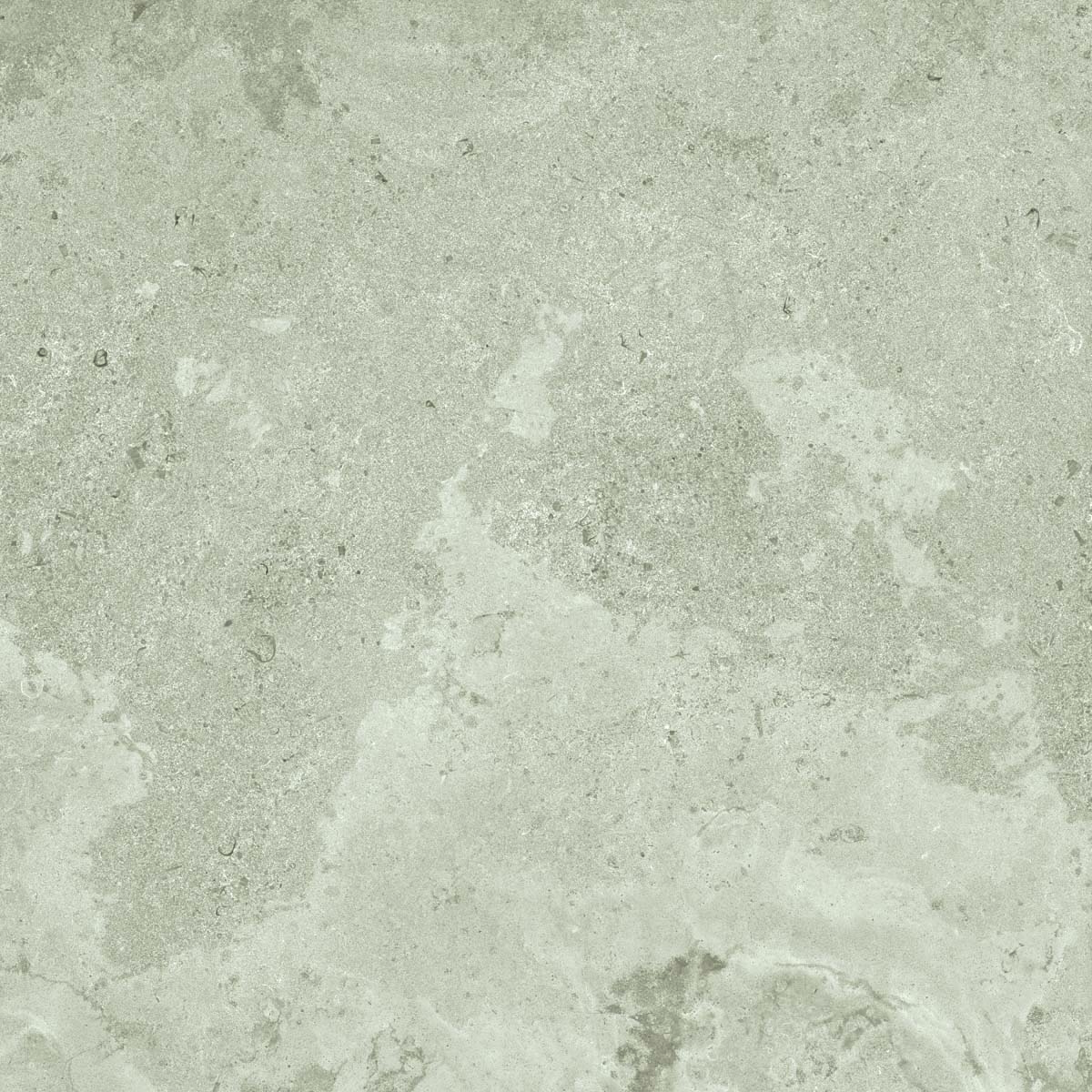 Kairn
KairnNaturel
120x12060x12080x8060x6030x6010x60 -
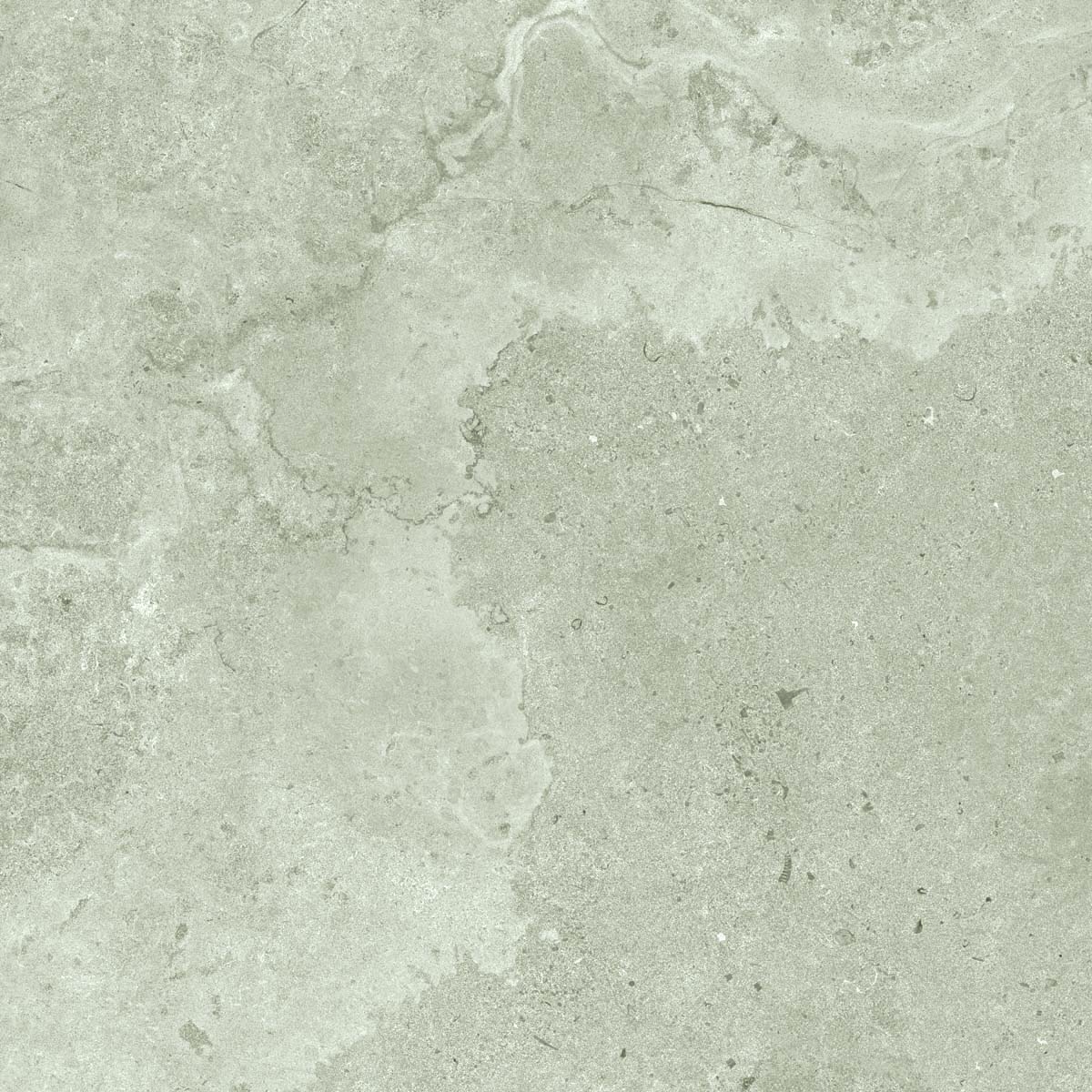 Kairn
KairnNaturel structured anti-slip
Outdoor Plus 20mm60x12080x8060x6030x60 -
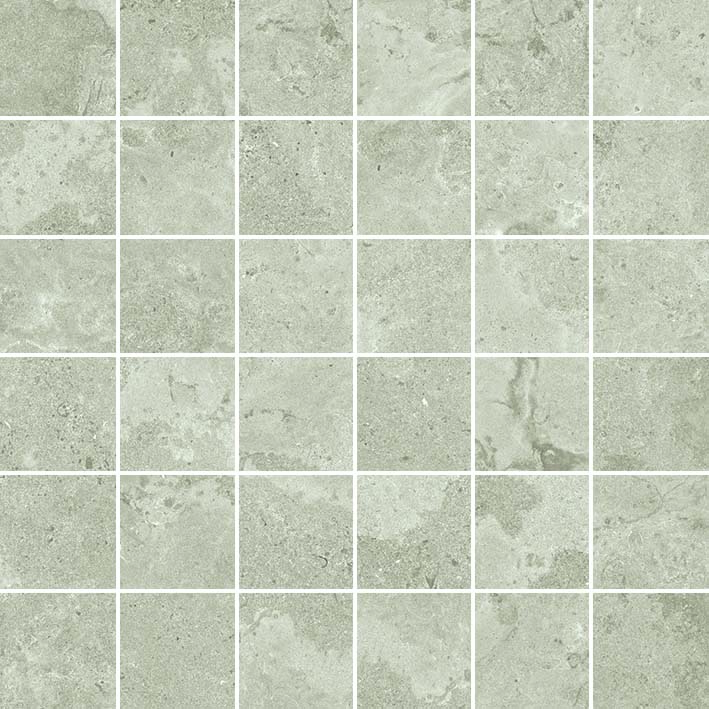 Kairn
KairnNaturel 5 column mosaic
30x30 -
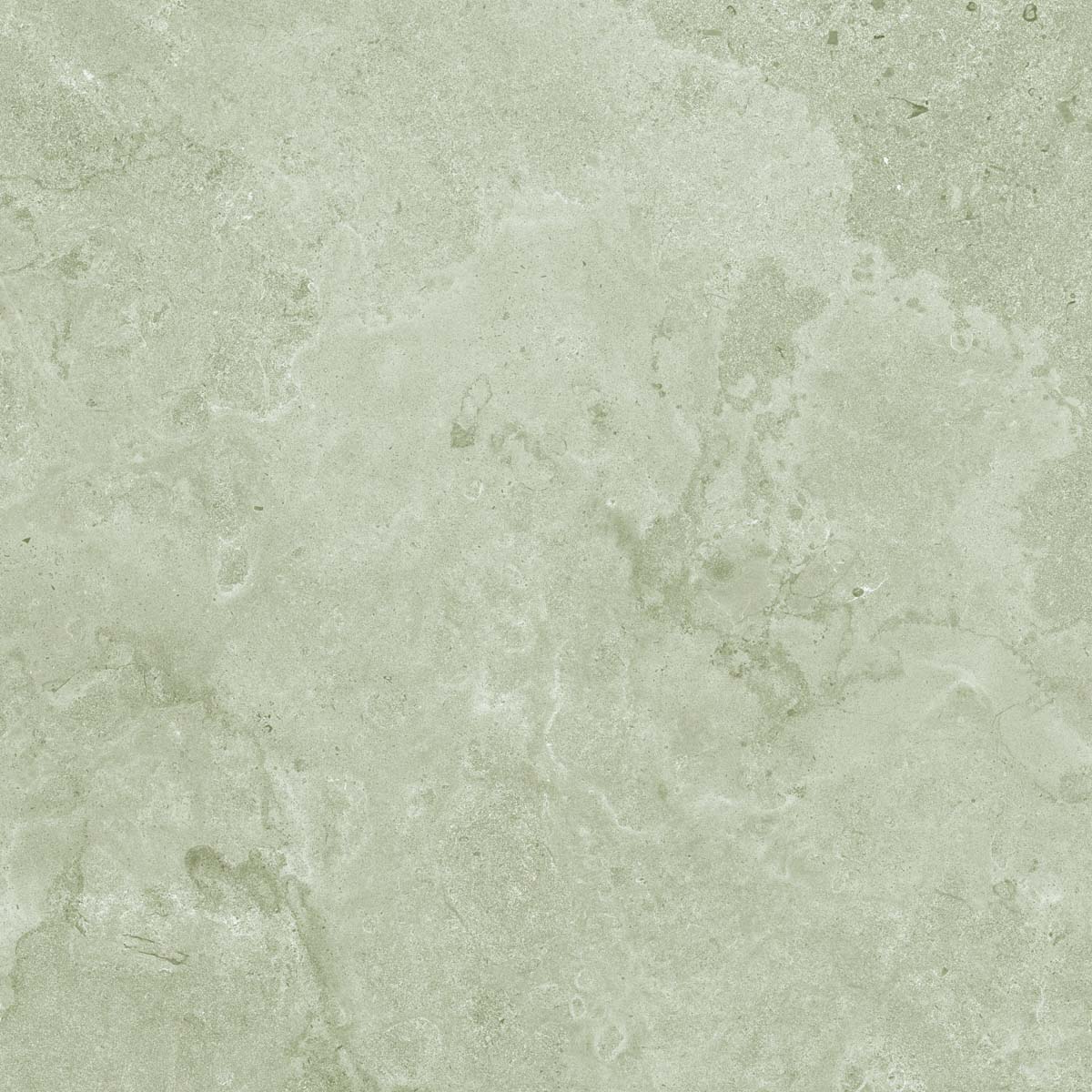 Kairn
KairnSable
120x12060x12080x8060x6030x6010x60 -
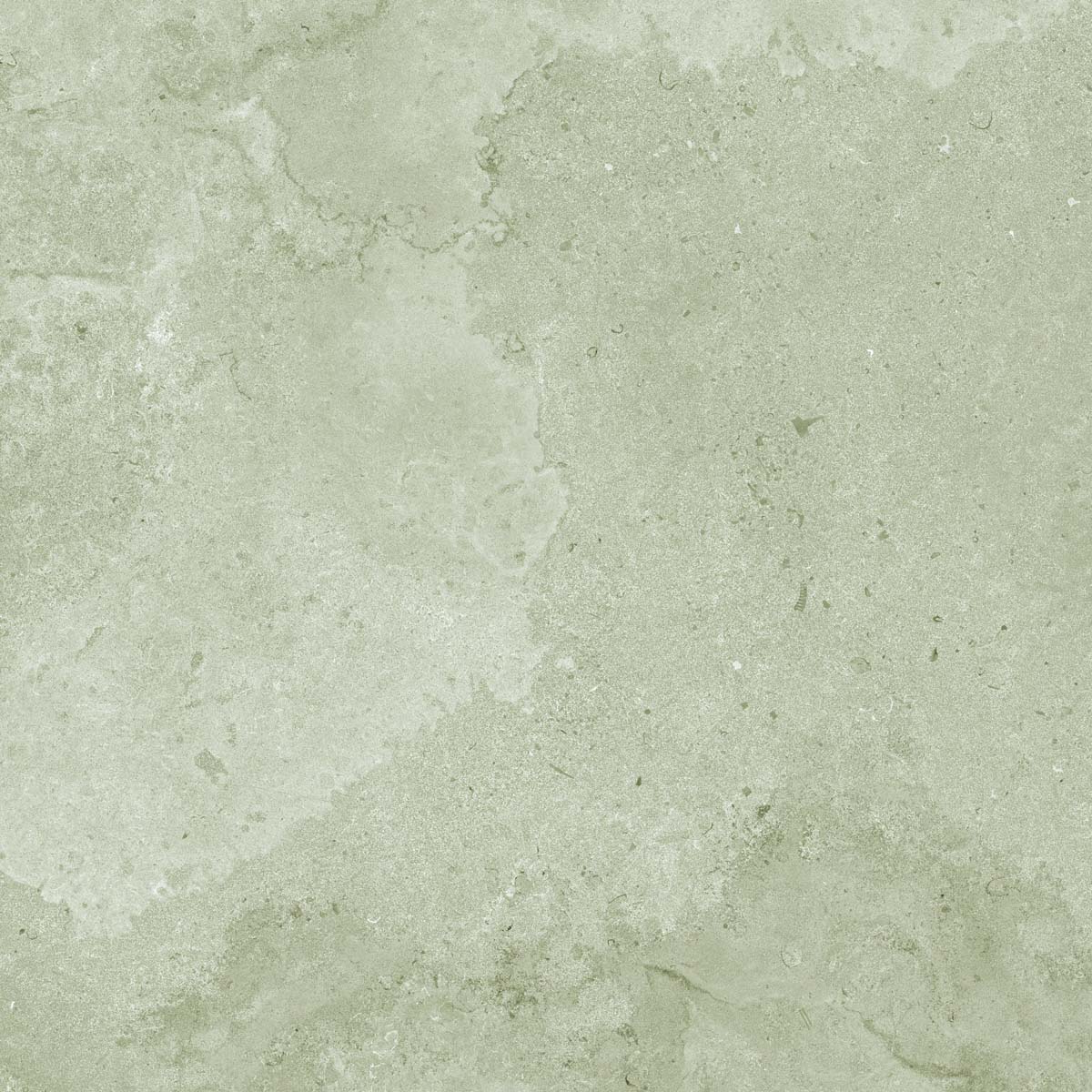 Kairn
KairnSable structured anti-slip
Outdoor Plus 20mm60x12080x8060x6030x60 -
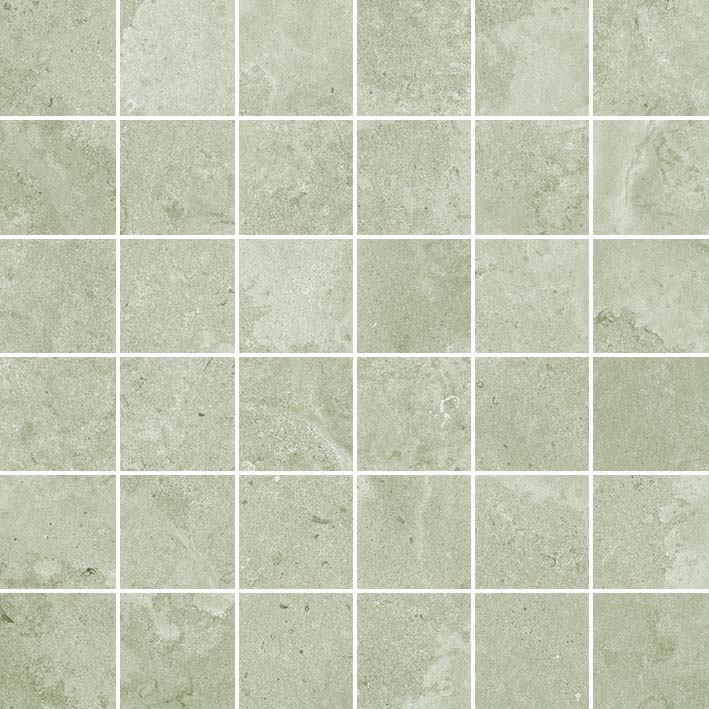 Kairn
KairnSable 5 column mosaic
30x30 -
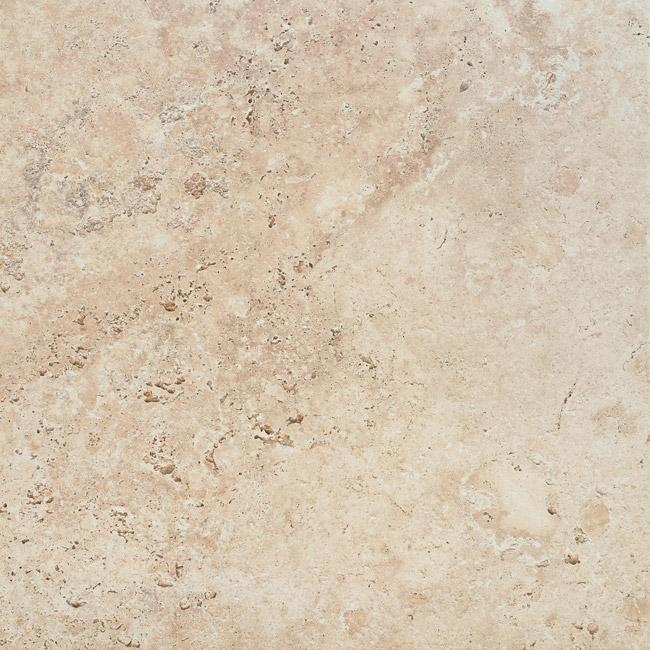 Tiber
TiberLight structured anti-slip
Outdoor Plus 20mm60x9080x8060x6030x60 -
 Bohème
BohèmeButterfly
20x20 -
 Bohème
BohèmeFlower
20x20 -
 Bohème
BohèmeLace
20x20 -
 Bohème
BohèmeLink
20x20 -
 Bohème
BohèmeMajolica
20x20 -
 Bohème
BohèmePath
20x20 -
 Bohème
BohèmeRing
20x20 -
 Bohème
BohèmeTwirl
20x20 -
 Samsara
SamsaraOpale 5 column mosaic
30x30 -
 Samsara
SamsaraIvoire 5 column mosaic
30x30 -
 Samsara
SamsaraPerle 5 column mosaic
30x30 -
 Samsara
SamsaraPlomb 5 column mosaic
30x30 -
 Samsara
SamsaraArdoise 5 column mosaic
30x30 -
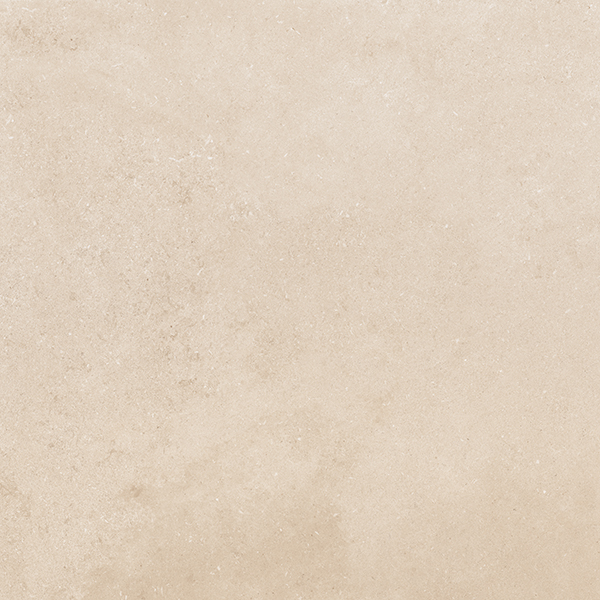 Inaya
InayaIvoire
60x6030x6045x45 -
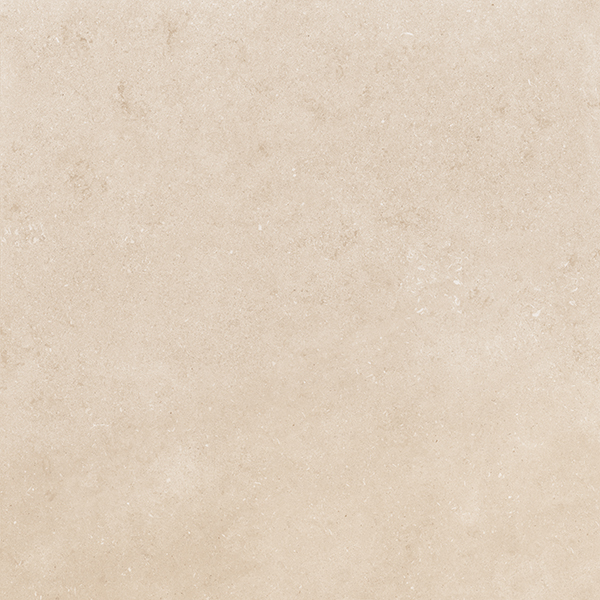 Inaya
InayaIvoire structured anti-slip
60x6030x6045x45 -
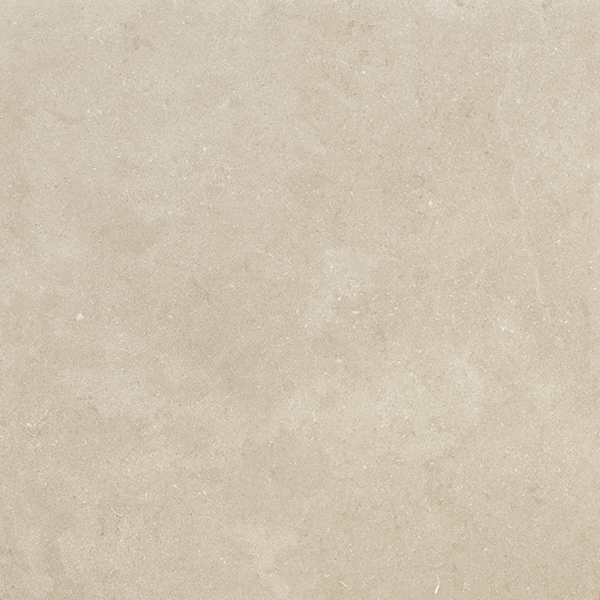 Inaya
InayaGris
60x6030x6045x45 -
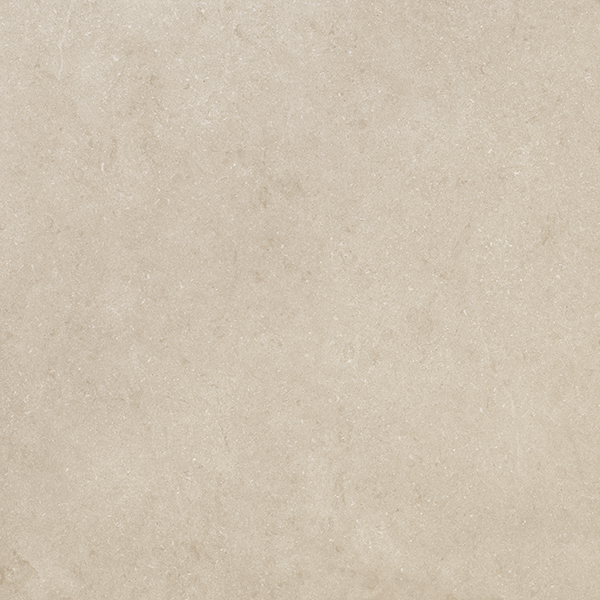 Inaya
InayaGris structured anti-slip
60x6030x6045x45 -
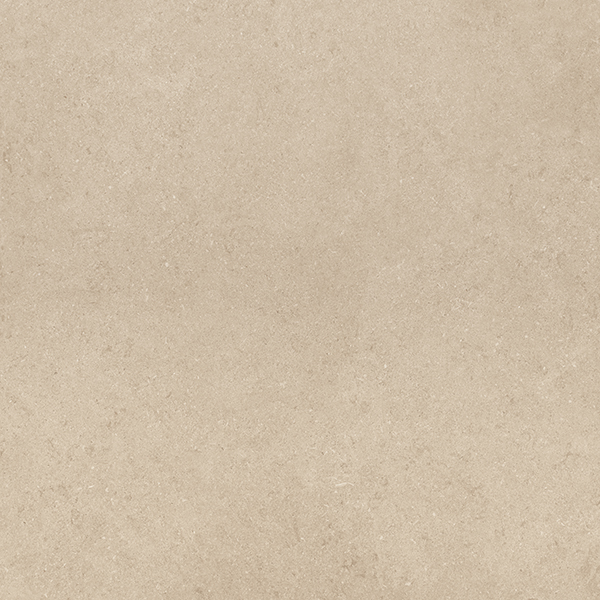 Inaya
InayaSable
60x6030x6045x45 -
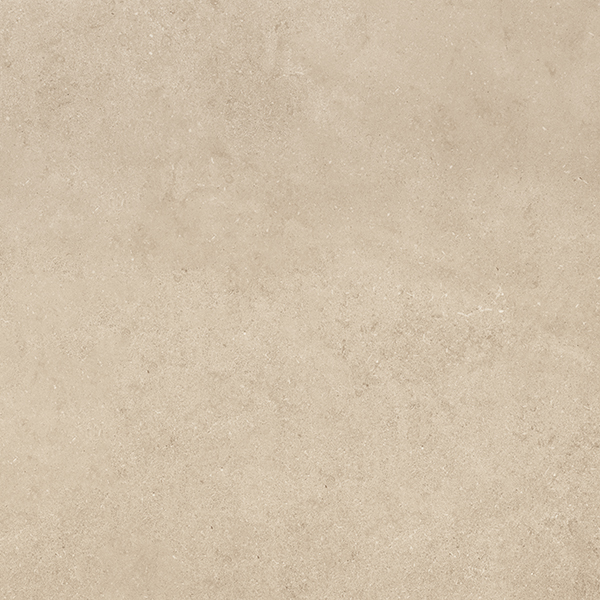 Inaya
InayaSable structured anti-slip
60x6030x6045x45 -
 Kryo
KryoFrost
120x12060x12060x6030x6010x60 -
 Kryo
KryoFrost 6 column mosaic
30x30 -
 Kryo
KryoNatural
120x12060x12060x6030x6010x60 -
 Kryo
KryoNatural 6 column mosaic
30x30 -
 Kryo
KryoIntense
120x12060x12060x6030x6010x60 -
 Kryo
KryoIntense 6 column mosaic
30x30 -
 Utopie
UtopieClair
120x12060x12080x80 -
 Utopie
UtopieClair 6 column mosaic
30x30 -
 Utopie
UtopiePerle
120x12060x12080x80 -
 Utopie
UtopiePerle 6 column mosaic
30x30 -
 Utopie
UtopieGris
120x12060x12080x80 -
 Utopie
UtopieGris 6 column mosaic
30x30 -
 Utopie
UtopiePlomb
120x12060x12080x80 -
 Utopie
UtopiePlomb 6 column mosaic
30x30 -
 Utopie
UtopieTaupe
120x12060x12080x80 -
 Utopie
UtopieTaupe 6 column mosaic
30x30 -
 Azimut
AzimutClair
60x6030x60 -
 Azimut
AzimutChaud
60x6030x60 -
 Azimut
AzimutFroid
60x6030x60 -
 Azimut
AzimutFoncé
60x6030x60 -
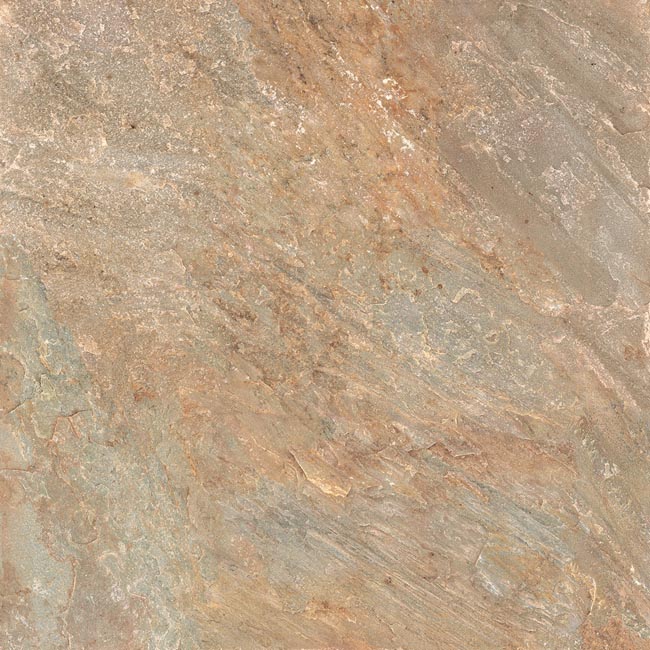 Zephyr
ZephyrGold
60x6030x60 -
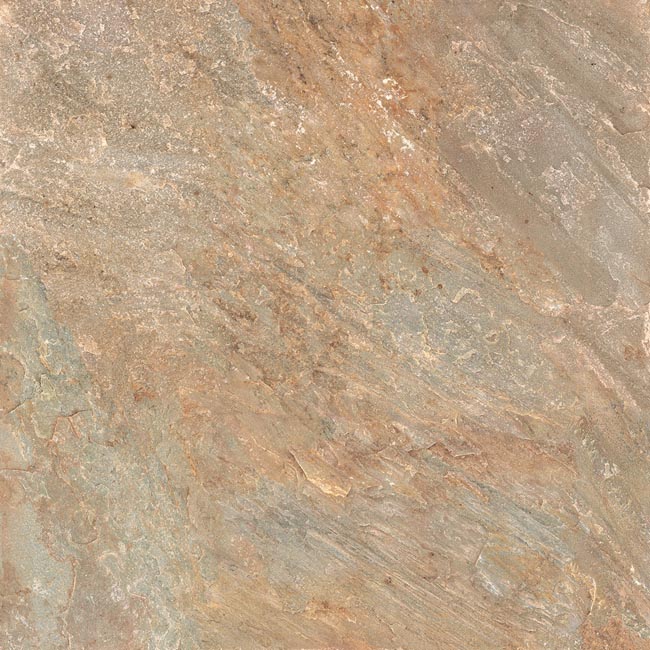 Zephyr
ZephyrGold Multi-format Int.
Comp. Mod. -
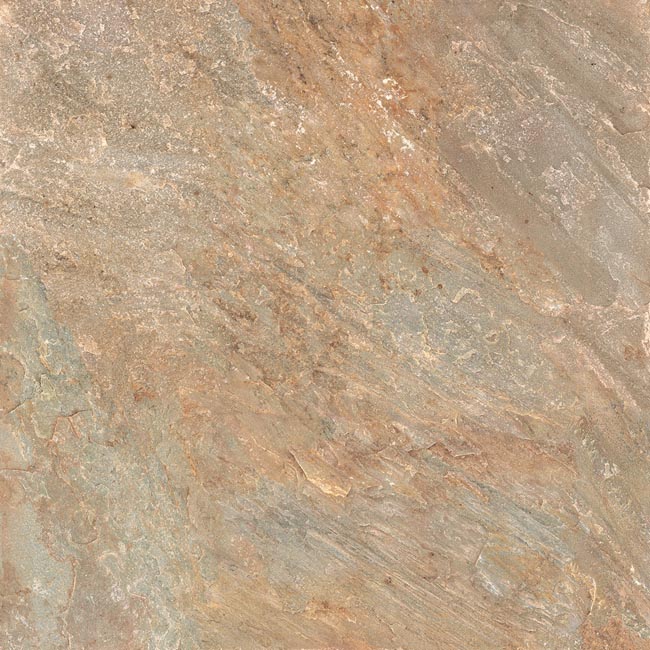 Zephyr
ZephyrGold structured anti-slip
Outdoor Plus 20mm60x6030x6010x60 -
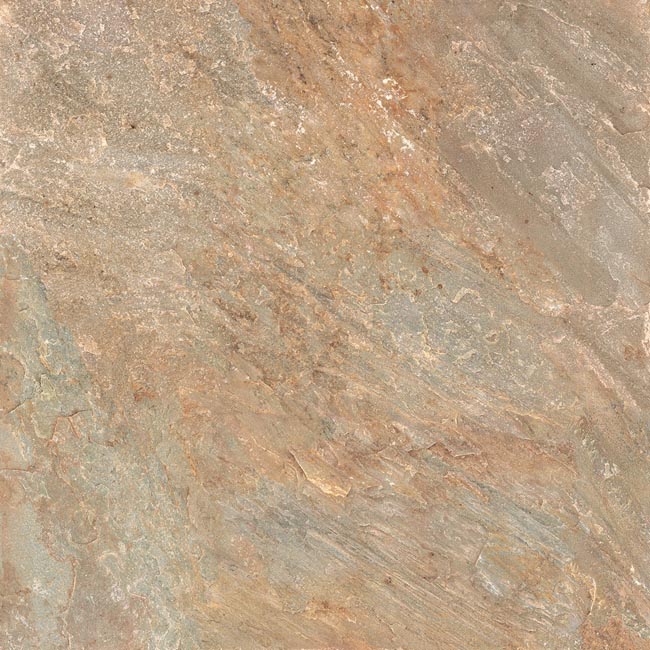 Zephyr
ZephyrGold Multi-format Ext. structured anti-slip
Comp. Mod. -
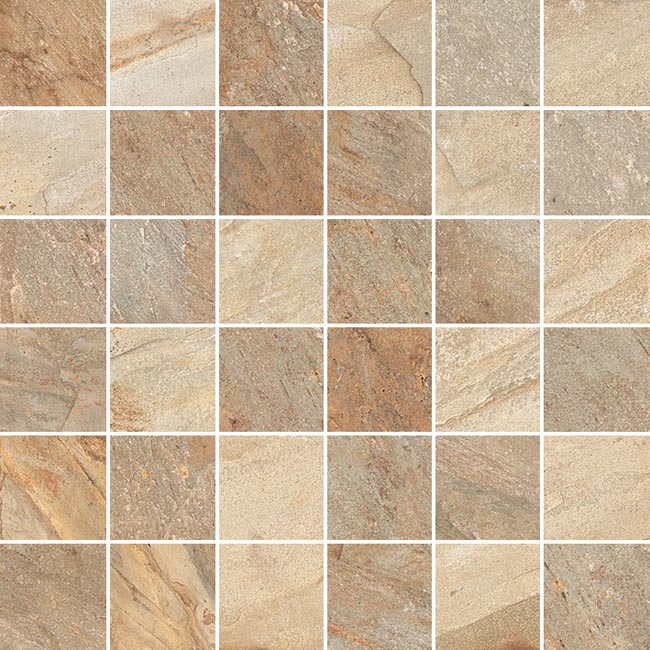 Zephyr
ZephyrGold Mos 5x5 structured anti-slip
30x30 -
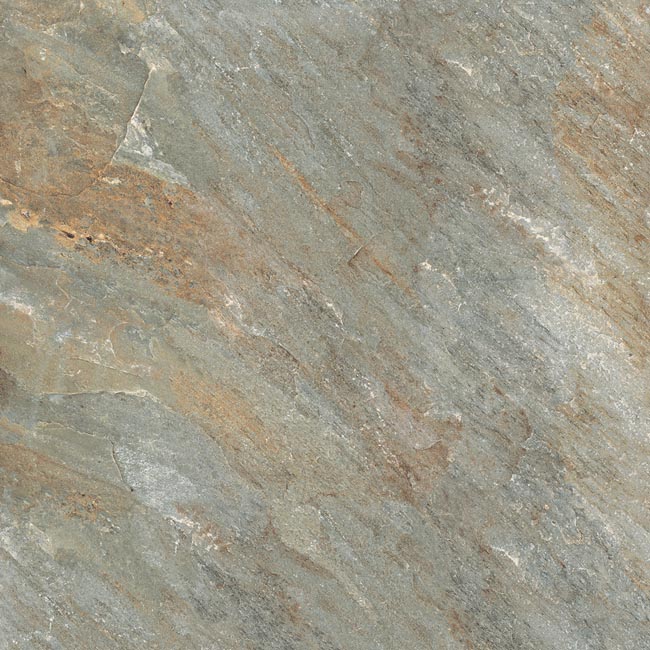 Zephyr
ZephyrGrey
60x6030x60 -
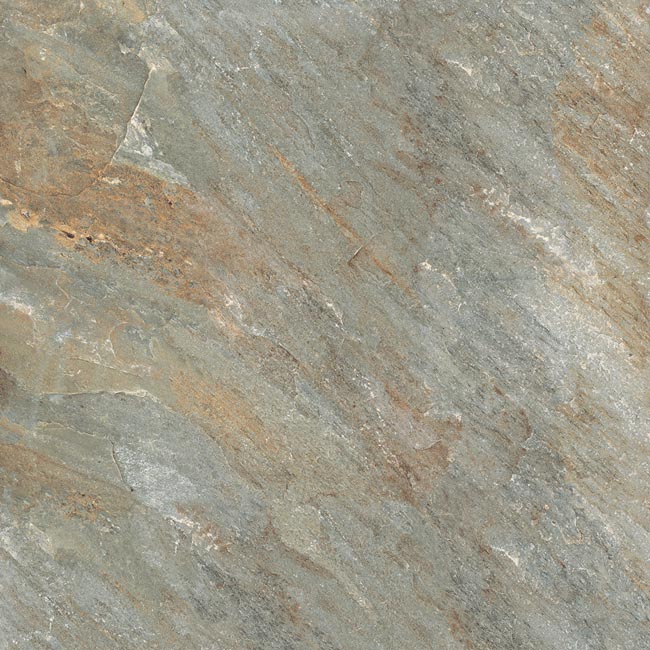 Zephyr
ZephyrGrey Multi-format Int.
Comp. Mod. -
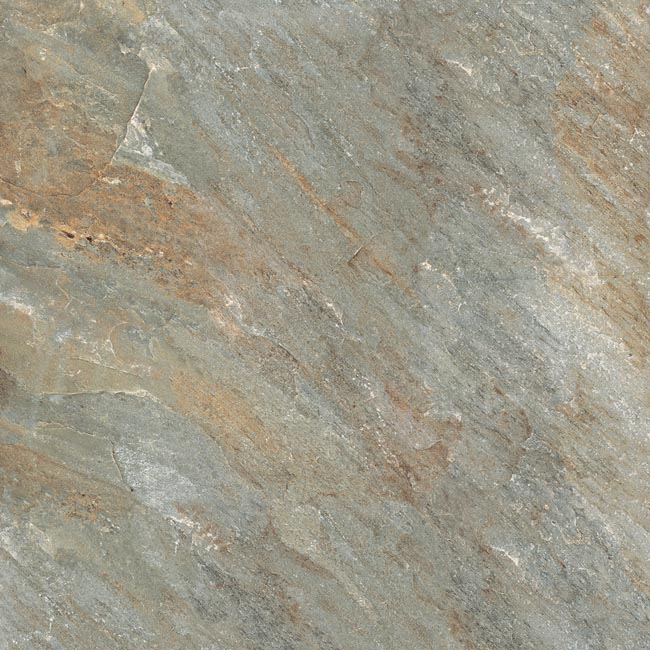 Zephyr
ZephyrGrey structured anti-slip
Outdoor Plus 20mm60x6030x6010x60 -
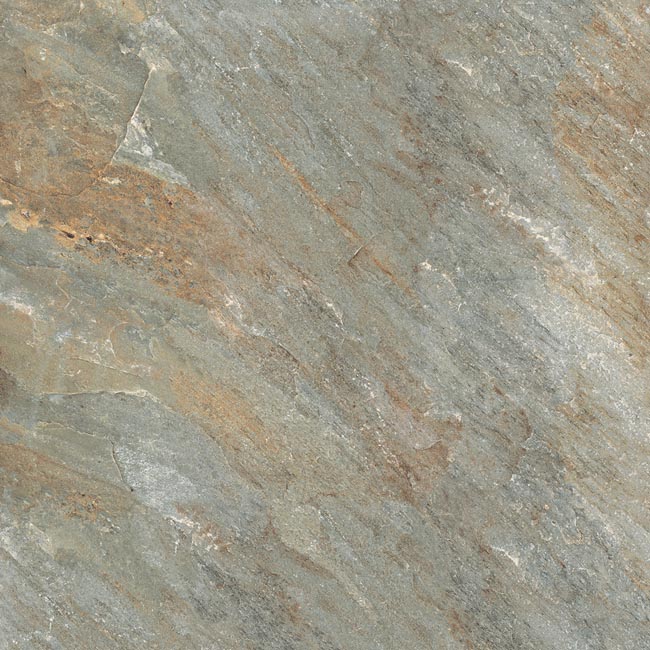 Zephyr
ZephyrGrey Multi-format Ext. structured anti-slip
Comp. Mod. -
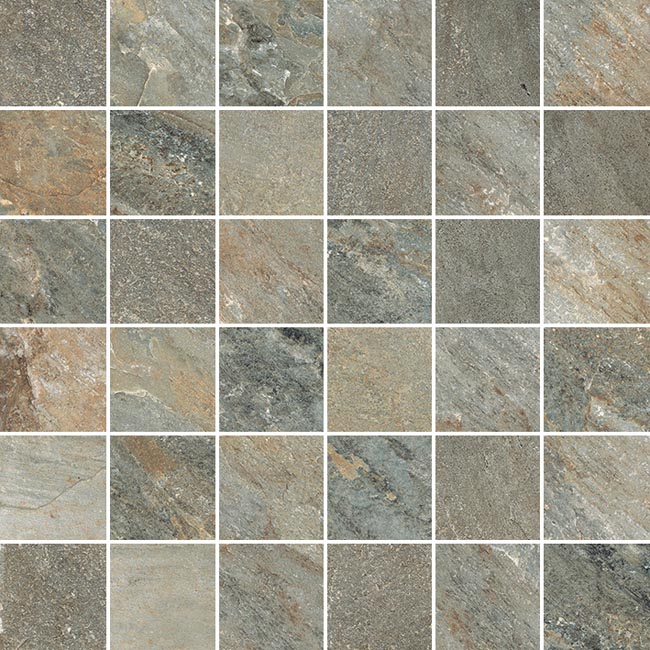 Zephyr
ZephyrGrey Mos 5x5 structured anti-slip
30x30 -
 Tiber
TiberNatural
60x12080x8060x6030x6010x60 -
 Tiber
TiberNatural structured anti-slip
Outdoor Plus 20mm60x9080x8060x6030x60 -
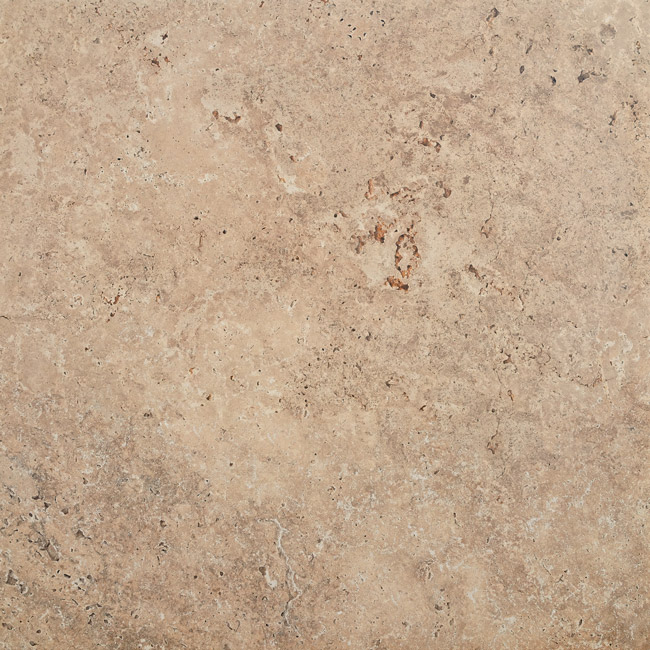 Tiber
TiberNatural Bord Vieilli
20x20 -
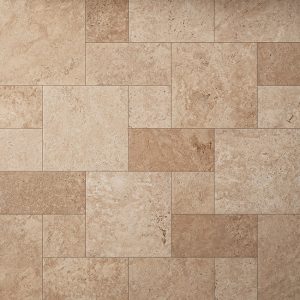 Tiber
TiberLight Multi-format Int.
Comp. Mod. -
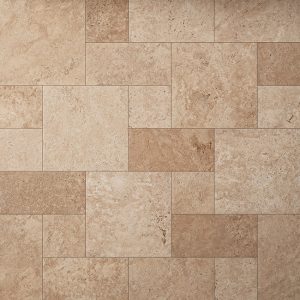 Tiber
TiberLight Multi-format Ext.
Outdoor Plus 20mmComp. Mod. -
 Tiber
TiberNatural Multi-format Int.
Comp. Mod. -
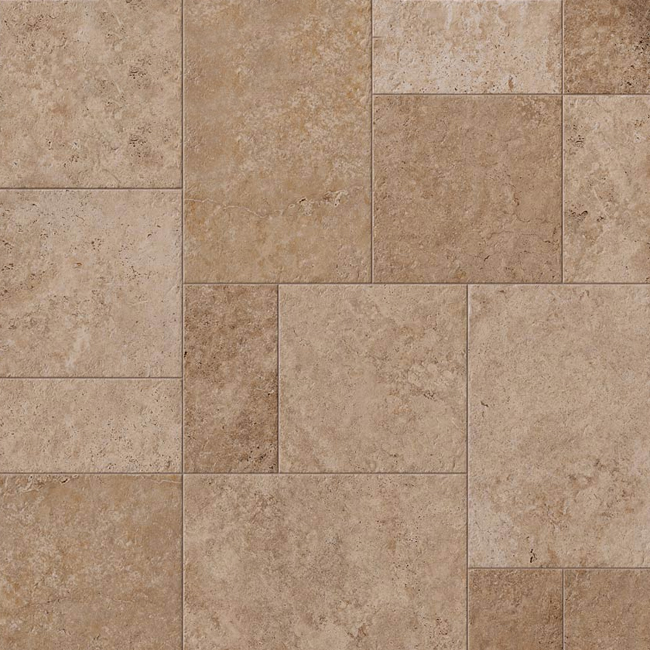 Tiber
TiberNatural Multi-format Ext. structured anti-slip
Outdoor Plus 20mmComp. Mod. -
 Adage
AdageArabescato
60x12080x808x80 -
 Adage
AdageCalacatta
60x12080x808x80 -
 Adage
AdageStatuario
60x12080x808x80 -
 Adage
AdageMichelangelo
60x12080x808x80 -
 Adage
AdageArabescato Wall
40x80 -
 Adage
AdageCalacatta Wall
40x80 -
 Adage
AdageStatuario Wall
40x80 -
 Adage
AdageMichelangelo Wall
40x80 -
 Adage
AdageArabescato 6 column mosaic
30x30 -
 Adage
AdageCalacatta 6 column mosaic
30x30 -
 Adage
AdageStatuario 6 column mosaic
30x30 -
 Adage
AdageMichelangelo 6 column mosaic
30x30 -
 Adage
AdageArabescato Dek
28x35 -
 Adage
AdageCalacatta Dek
28x35 -
 Adage
AdageStatuario Dek
28x35 -
 Adage
AdageMichelangelo Dek
28x35 -
 Osmose
OsmoseFloral
25x21,6 -
 Osmose
OsmoseGeom Clair
25x21,6 -
 Osmose
OsmoseGeom Foncé
25x21,6 -
 Osmose
OsmoseGeom N&B
25x21,6 -
 Osmose
OsmoseSable
25x21,6 -
 Osmose
OsmoseOcre
25x21,6 -
 Osmose
OsmoseCendre
25x21,6 -
 Matic
MaticGris
60x6030x6045x45 -
 Matic
MaticGraphite
60x6030x6045x45 -
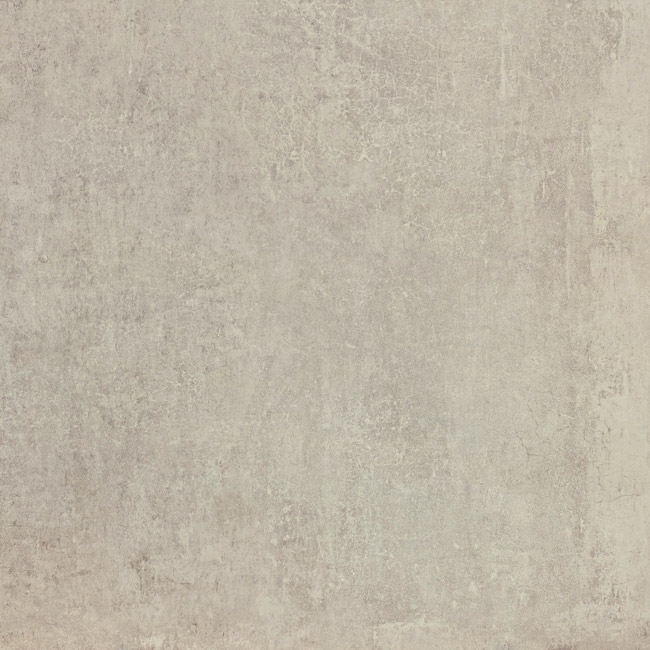 Teranga
TerangaIvoire
120x12080x8060x6030x60 -
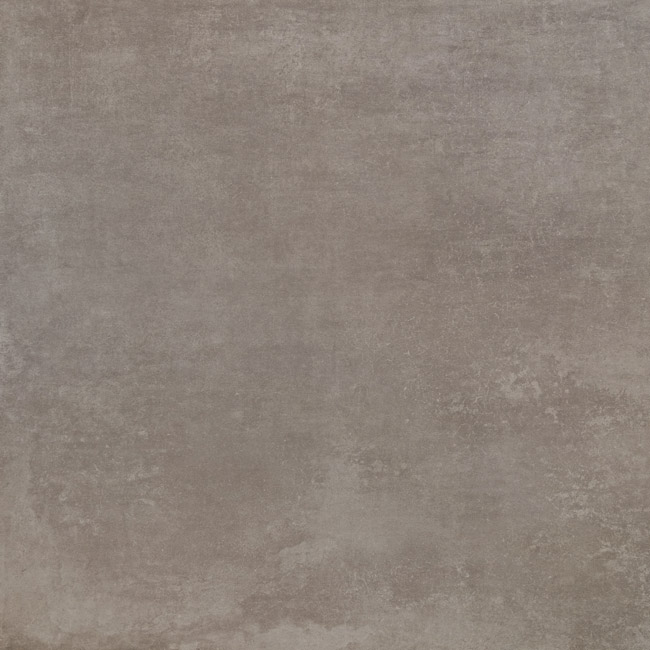 Teranga
TerangaGreige
120x12080x8060x6030x60 -
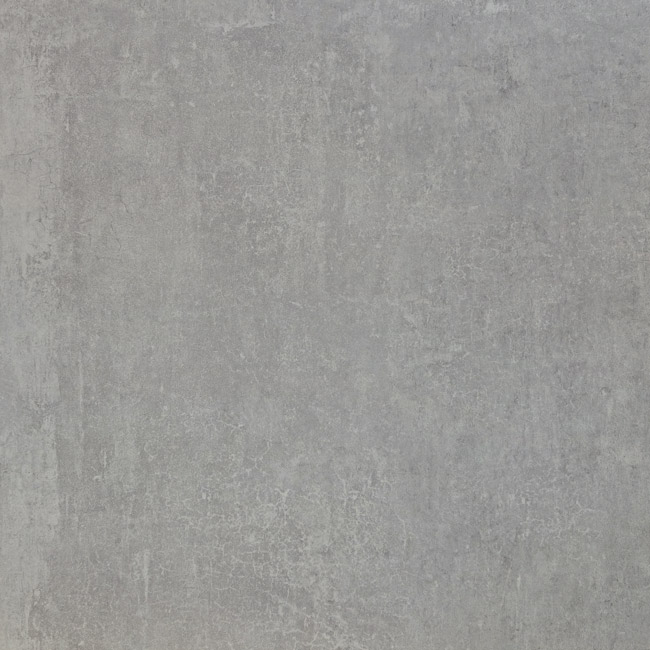 Teranga
TerangaPerle
120x12080x8060x6030x60 -
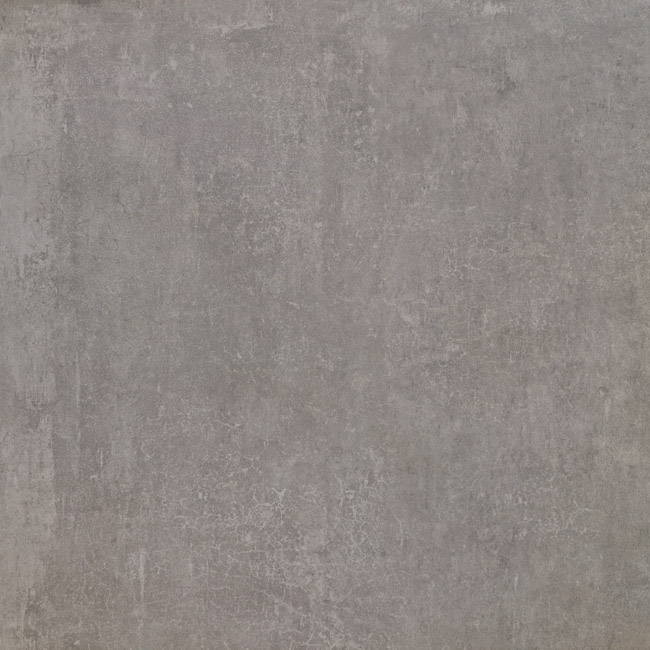 Teranga
TerangaFer
120x12080x8060x6030x60 -
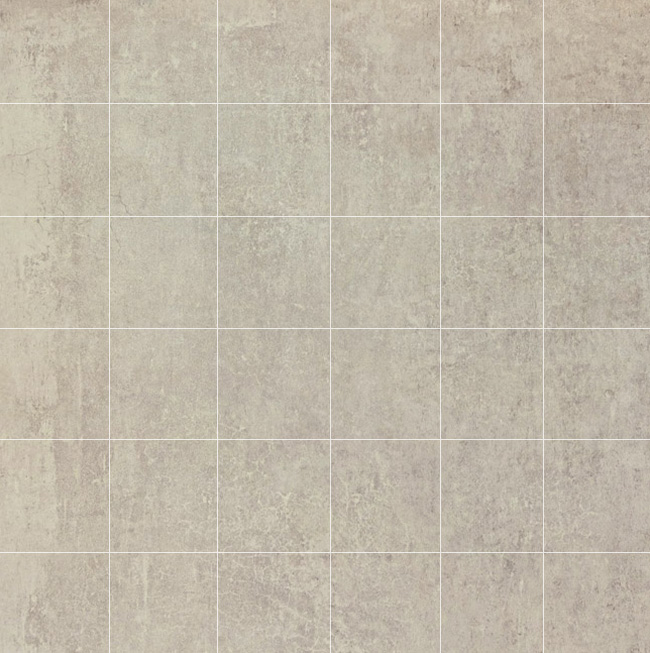 Teranga
TerangaIvoire Mosaic
5x5 -
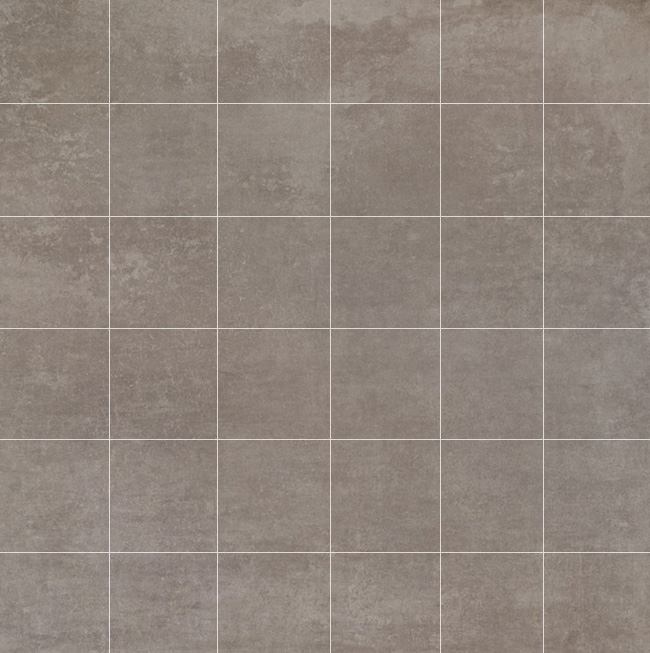 Teranga
TerangaGreige Mosaic
5x5 -
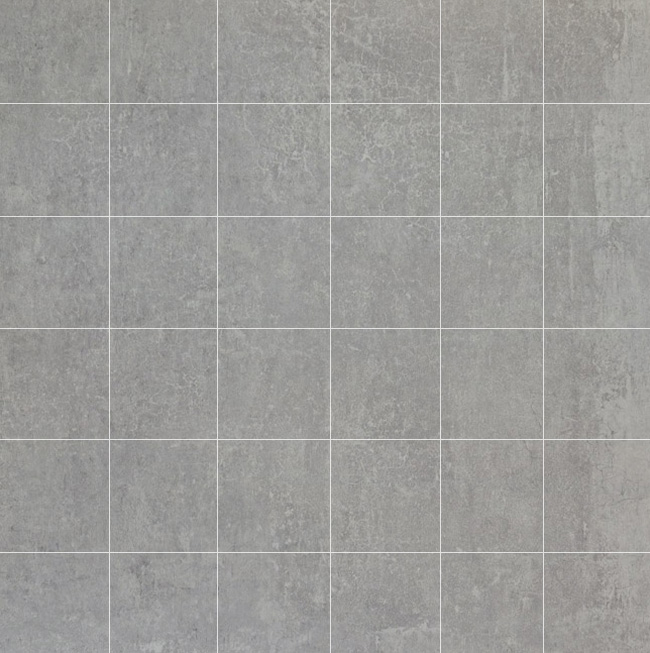 Teranga
TerangaPerle Mosaic
5x5 -
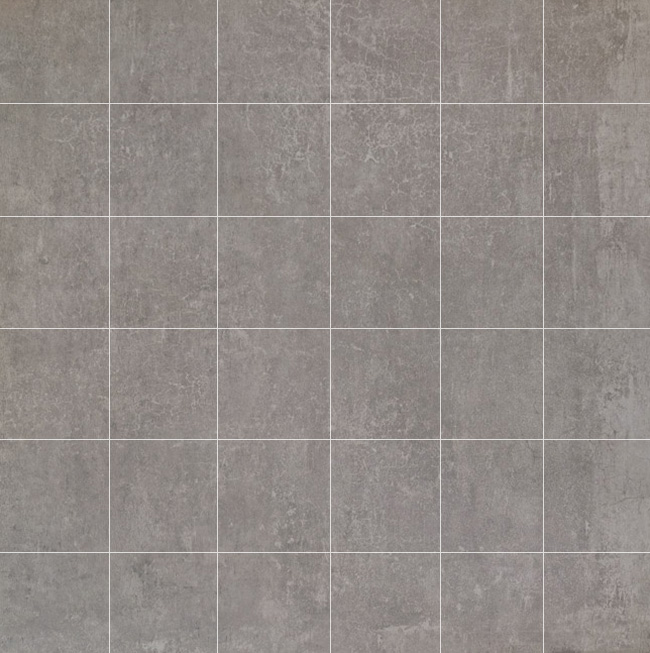 Teranga
TerangaFer Mosaic
5x5 -
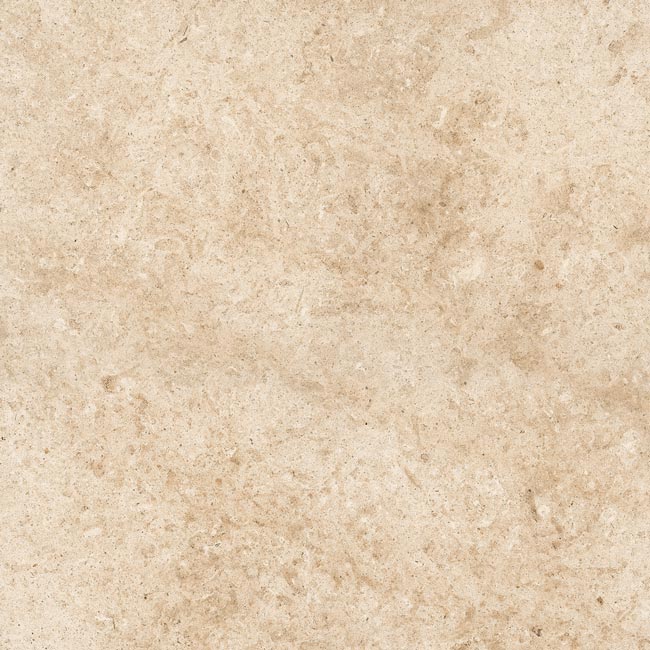 Racines
RacinesClair Bord Vieilli
20x20 -
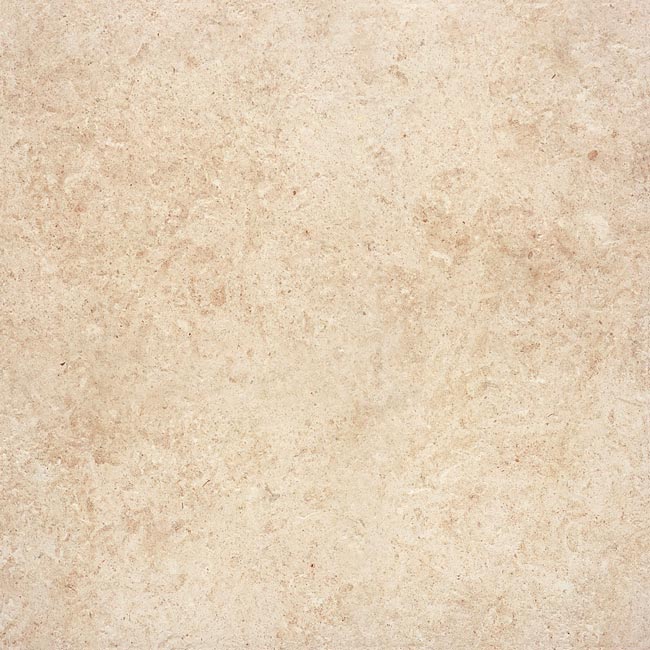 Racines
RacinesClair
80x8060x6030x6010x60 -
 Iridium
IridiumOpale
30x30 -
 Château
ChâteauIvoire Mos 5x5
30x30 -
 Château
ChâteauSable Mos 5x5
30x30 -
 Iridium
IridiumPerle
30x30 -
 Château
ChâteauGris Mos 5x5
30x30 -
 Château
ChâteauMoka Mos 5x5
30x30 -
 Iridium
IridiumAcier
30x30 -
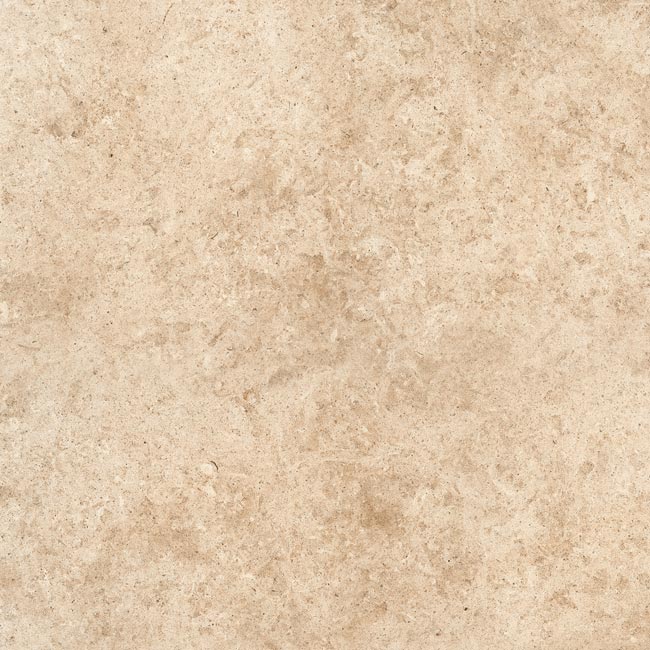 Racines
RacinesClair Multi-format Int.
Comp. Mod. -
 Eclipse
EclipseDiamant Ecru
40x80 -
 Iridium
IridiumEcru
30x30 -
 Eclipse
EclipseVague Ecru
40x80 -
 Abéa
AbéaCraie
20x120 -
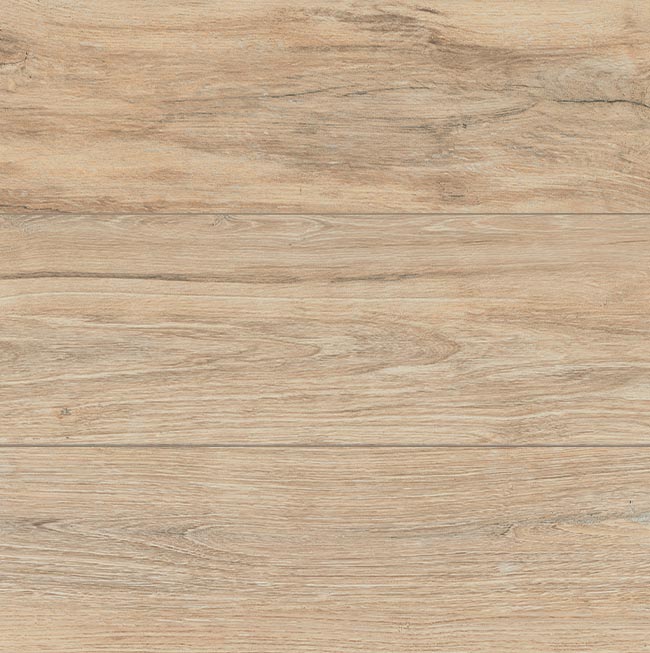 Abéa
AbéaCraie structured anti-slip
20x120 -
 Abéa
AbéaLin
20x120 -
 Abéa
AbéaMiel
20x120 -
 Abéa
AbéaCendre
20x120 -
 Otto
OttoBéton
120x12060x12080x80 -
 Otto
OttoIvoire
120x12060x12080x80 -
 Otto
OttoSable
120x12060x12080x80 -
 Eclipse
EclipseEcru
40x80 -
 Eclipse
EclipseBeige
40x80 -
 Eclipse
EclipseGris
40x80 -
 Eclipse
EclipseTaupe
40x80 -
 Eclipse
EclipseBleu
40x80 -
 Eclipse
EclipseOcre
40x80 -
 Eclipse
EclipseHexagone Ecru
40x80 -
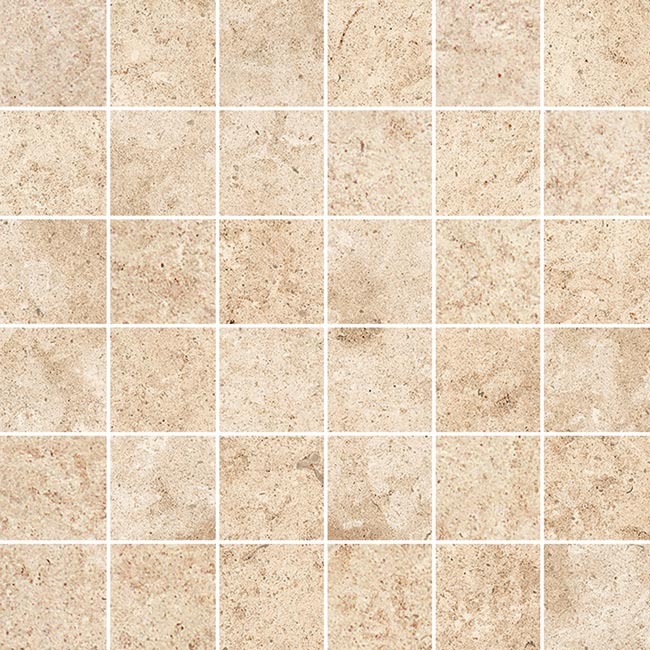 Racines
RacinesClair Mos 5x5
30x30 -
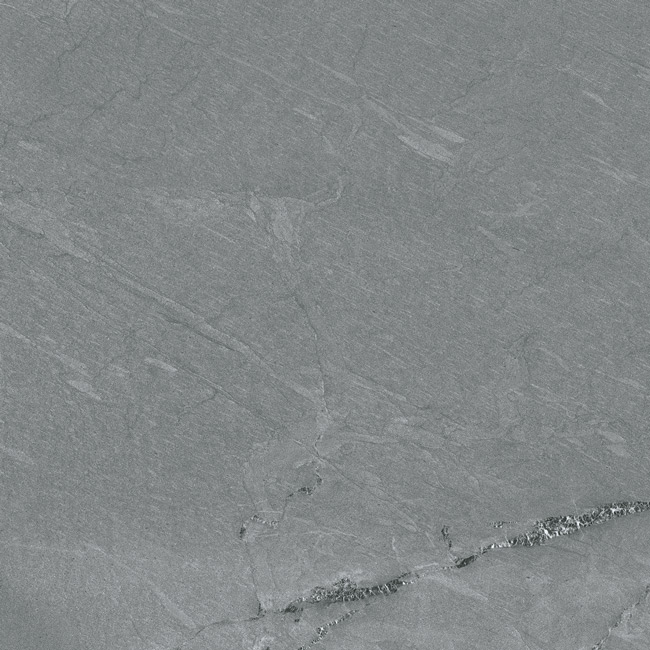 Way
WayFer
60x12080x8060x6030x605x60 -
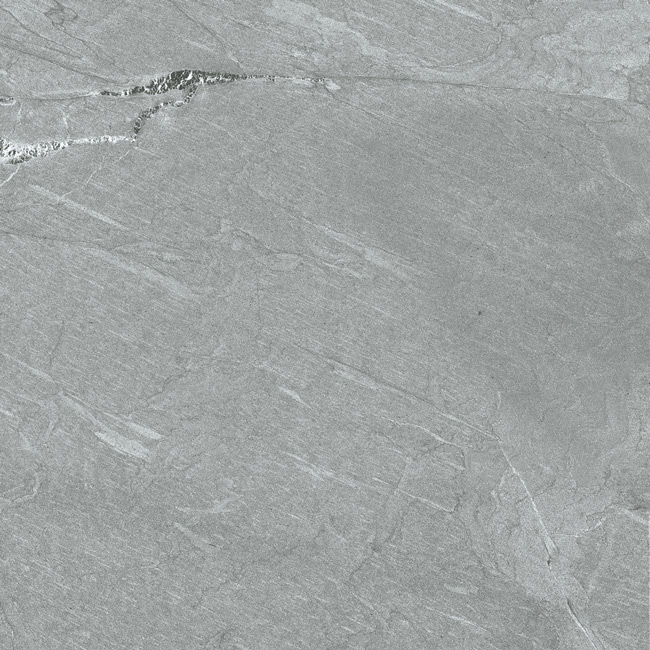 Way
WayQuartz
60x12080x8060x6030x605x60 -
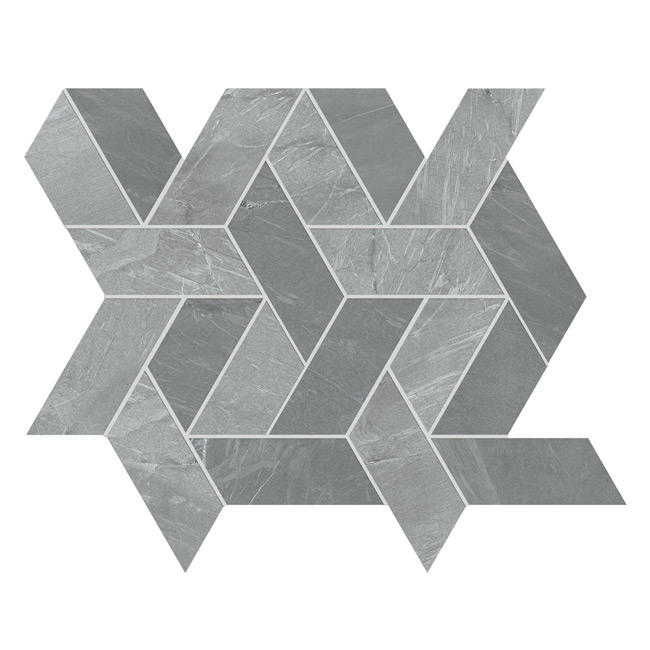 Way
WayDek Dek
26x30 -
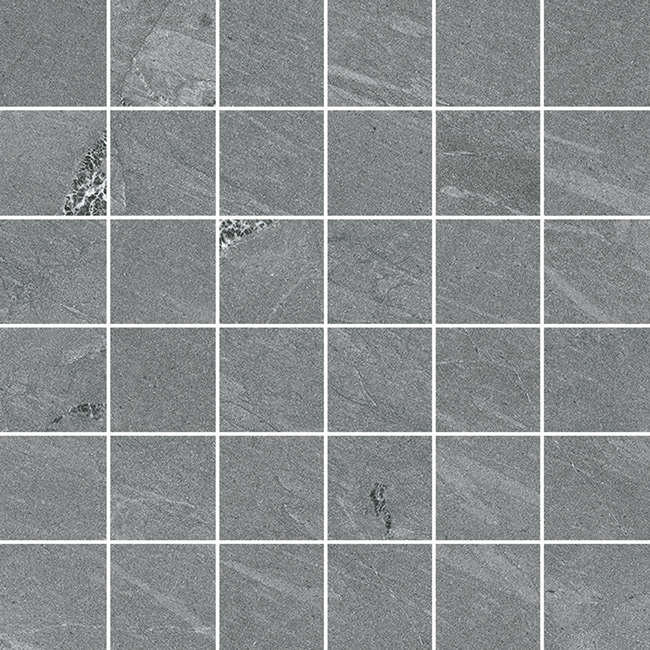 Way
WayFer Mos 5x5
30x30 -
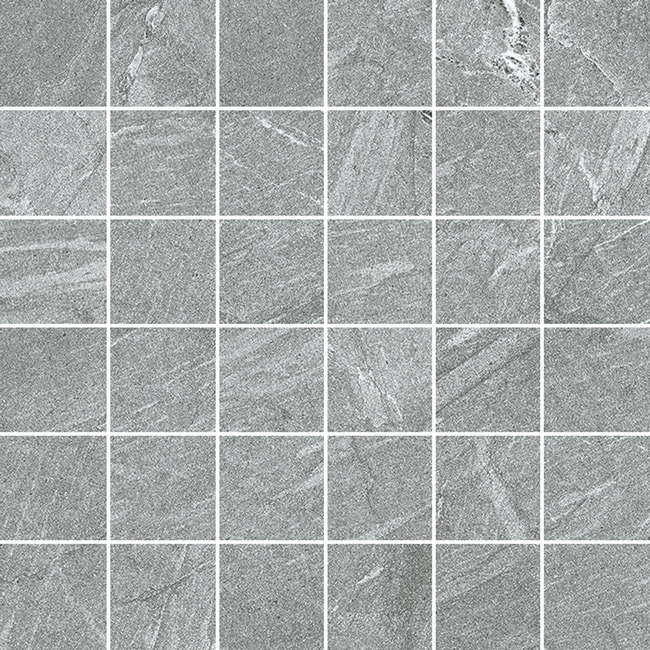 Way
WayQuartz Mos 5x5
30x30 -
 Château
ChâteauIvoire
80x8060x60 -
 Château
ChâteauSable
80x8060x60 -
 Château
ChâteauGris
80x8060x60 -
 Château
ChâteauMoka
80x8060x60 -
 Losa
LosaCalcite
60x12060x6030x6015x6010x605x60 -
 Losa
LosaCalcite structured anti-slip
Outdoor Plus 20mm60x12060x6030x60 -
 Losa
LosaCalcite Multi-format Int.
Comp. Mod. -
 Losa
LosaDolomite
60x12060x6030x6015x6010x605x60 -
 Losa
LosaDolomite structured anti-slip
Outdoor Plus 20mm60x12060x6030x60 -
 Losa
LosaDolomite Multi-format Int.
Comp. Mod. -
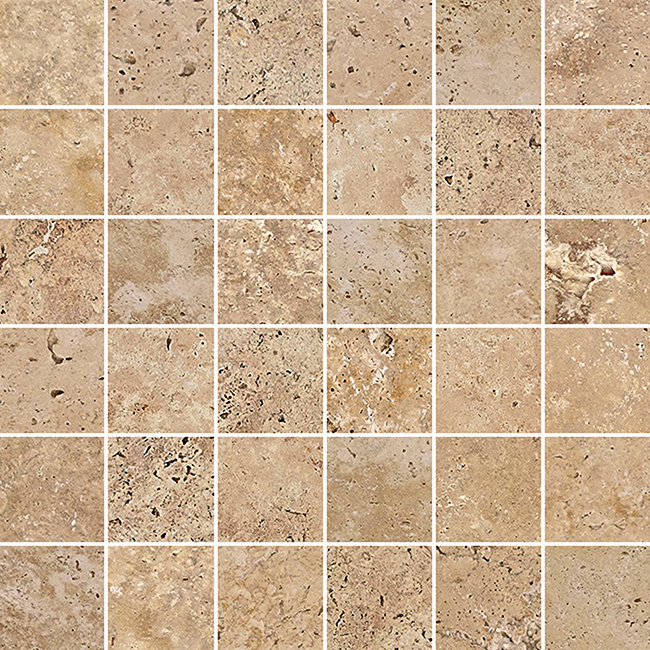 Tiber
TiberNatural Mos 5x5
30x30 -
 Kawaii
KawaiiCompo 2 pcs Composition 2 pcs
40x80 -
 Losa
LosaDacite
60x12060x6030x6015x6010x605x60 -
 Losa
LosaDacite structured anti-slip
Outdoor Plus 20mm60x12060x6030x60 -
 Losa
LosaCalcite Mosaic
30x30 -
 Losa
LosaCalcite 3 column mosaic
45x45 -
 Losa
LosaDacite Multi-format Int.
Comp. Mod. -
 Losa
LosaDolomite Mosaic
30x30 -
 Losa
LosaDolomite 3 column mosaic
45x45 -
 Losa
LosaGraphite
60x12060x6030x6015x6010x605x60 -
 Losa
LosaGraphite structured anti-slip
Outdoor Plus 20mm60x12060x6030x60 -
 Losa
LosaDacite Mosaic
30x30 -
 Losa
LosaDacite 3 column mosaic
45x45 -
 Losa
LosaGraphite Multi-format Int.
Comp. Mod. -
 Losa
LosaGraphite Mosaic
30x30 -
 Losa
LosaGraphite 3 column mosaic
45x45 -
 Maxima
MaximaBlanc
60x6030x6045x45 -
 Hirati
HiratiLin
22,5x90 -
 Hirati
HiratiLin structured anti-slip
22,5x90 -
 Hirati
HiratiNeutre
22,5x90 -
 Maxima
MaximaGris
60x6030x6045x45 -
 Hirati
HiratiNeutre structured anti-slip
22,5x90 -
 Hirati
HiratiBrun
22,5x90 -
 Maxima
MaximaGraphite
60x6030x6045x45 -
 Fast
FastSable
80x8060x6030x6045x45 -
 Fast
FastGris
80x8060x6030x6045x45 -
 Fast
FastPlomb
80x8060x6030x6045x45 -
 Hirati
HiratiBrun structured anti-slip
22,5x90 -
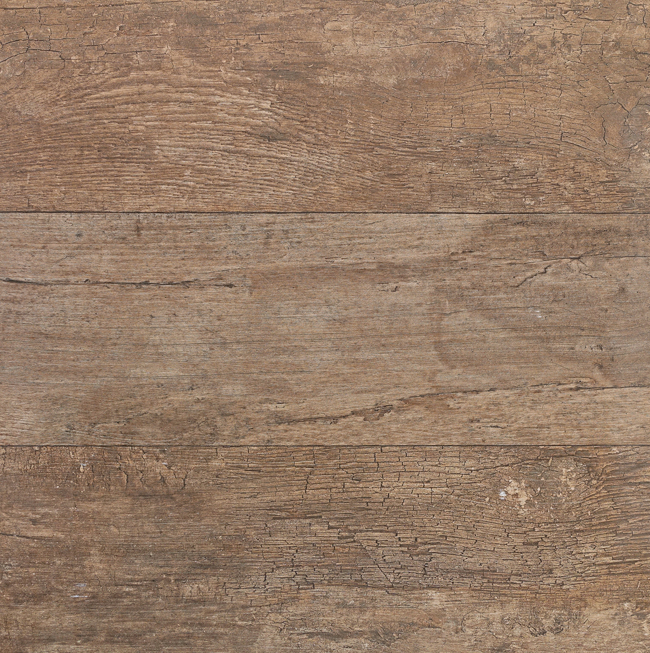 Tablon
TablonNaturel
20x120 -
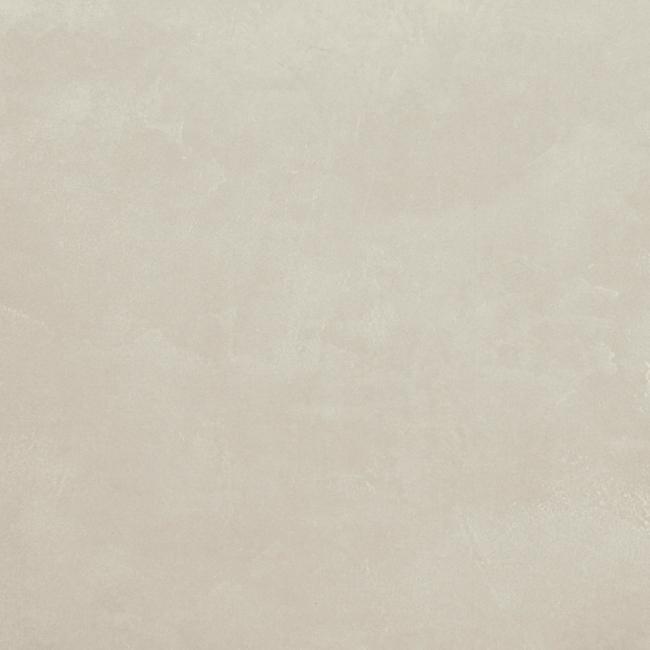 Zen
ZenLin
60x6030x6045x4530x30 -
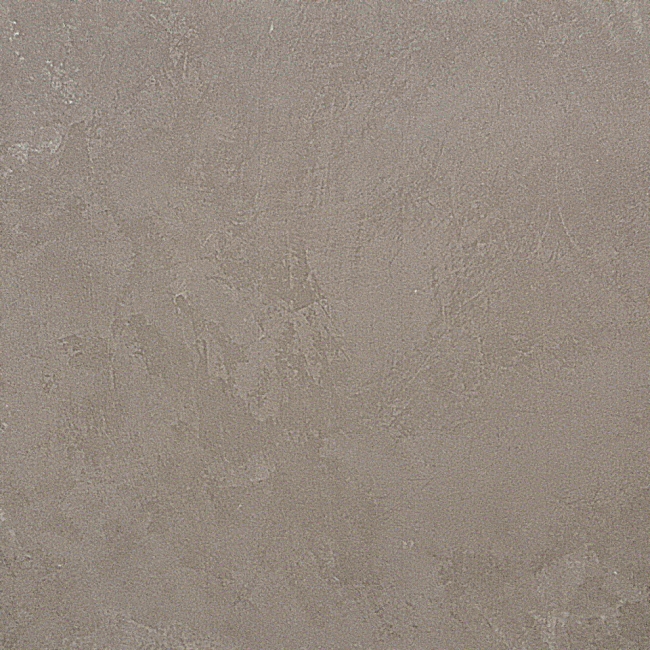 Zen
ZenCendre
60x6030x6045x4530x30 -
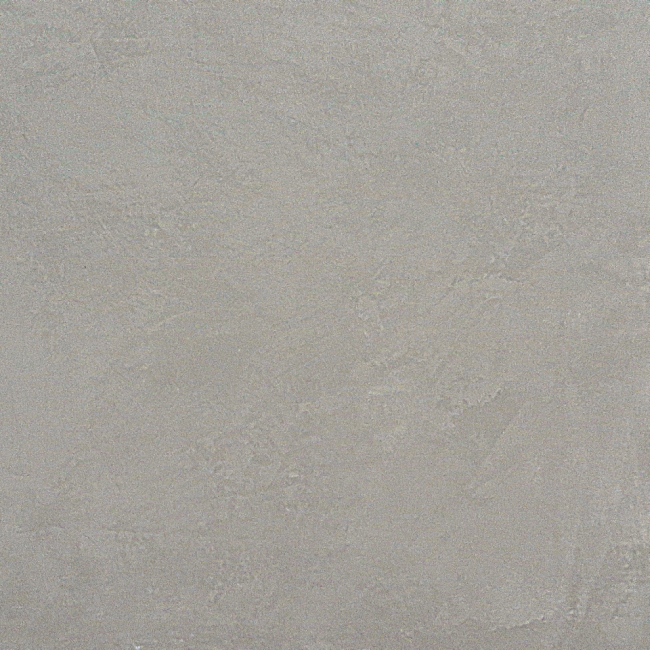 Zen
ZenBéton
60x6030x6045x4530x30 -
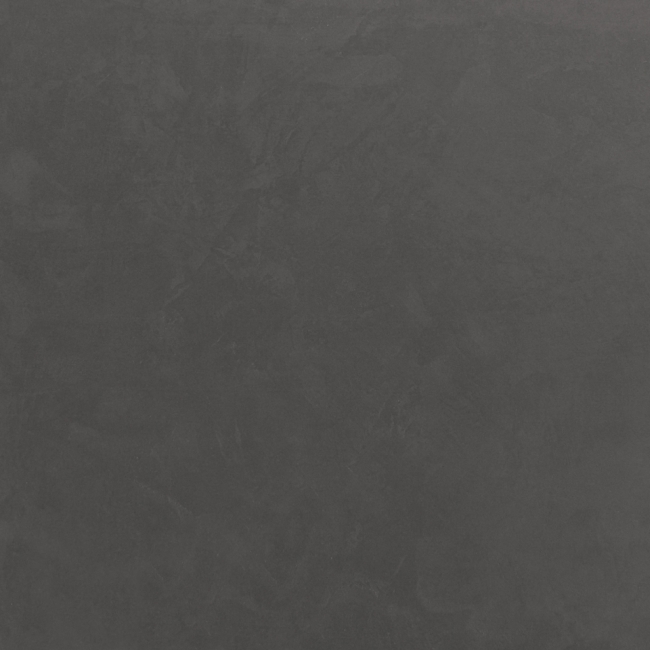 Zen
ZenGraphite
60x6030x6045x4530x30 -
 Kobe
KobeCalcite structured anti-slip
Outdoor Plus 20mm45x9060x6030x6045x45 -
 Kobe
KobeQuartz structured anti-slip
Outdoor Plus 20mm45x9060x6030x6045x45 -
 Kobe
KobeBéryl structured anti-slip
Outdoor Plus 20mm45x9060x6030x6045x45 -
 Indigo
IndigoUni
20x20 -
 Indigo
IndigoDécor Mix
20x20 -
 Domus
DomusTaupe
45x45 -
 Domus
DomusIvoire
45x45 -
 Domus
DomusGris
45x45 -
 Azimut
AzimutClair 6 column mosaic
45x45 -
 Azimut
AzimutChaud 6 column mosaic
45x45 -
 Azimut
AzimutFroid 6 column mosaic
45x45 -
 Geo
GeoIvoire structured anti-slip
Outdoor Plus 20mm60x6030x6010x6045x45 -
 Azimut
AzimutFoncé 6 column mosaic
45x45 -
 Geo
GeoGris structured anti-slip
Outdoor Plus 20mm60x6030x6010x6045x45 -
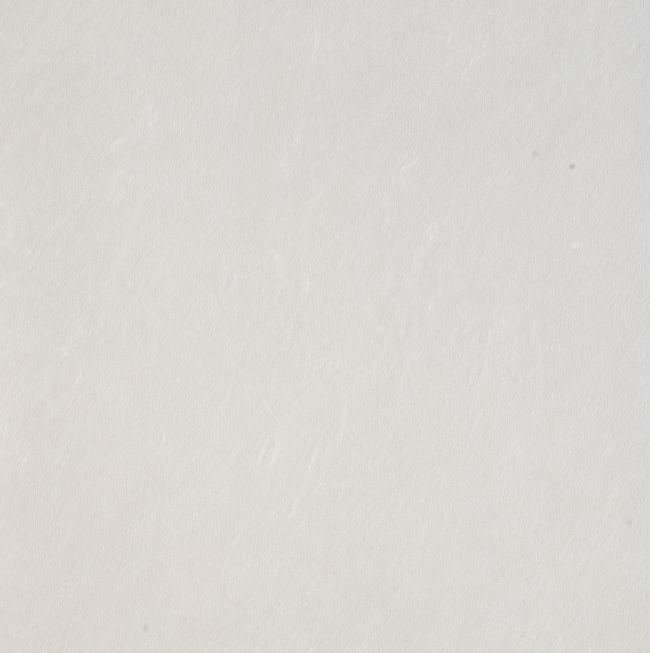 Samsara
SamsaraOpale
60x6030x6045x4530x30 -
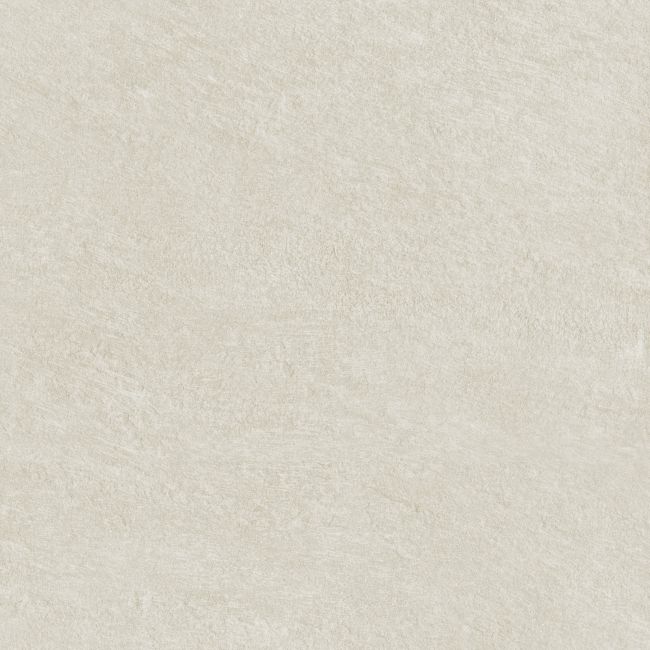 Samsara
SamsaraOpale structured anti-slip
30x6045x45 -
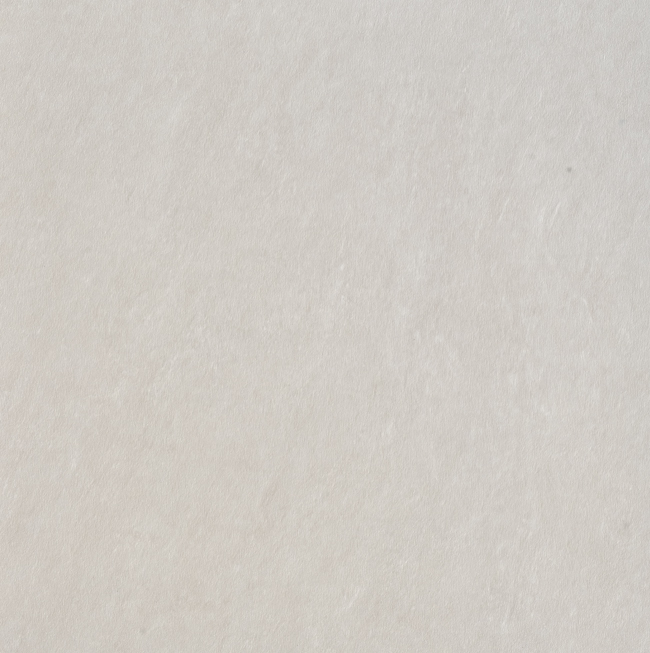 Samsara
SamsaraIvoire
60x6030x6045x4530x30 -
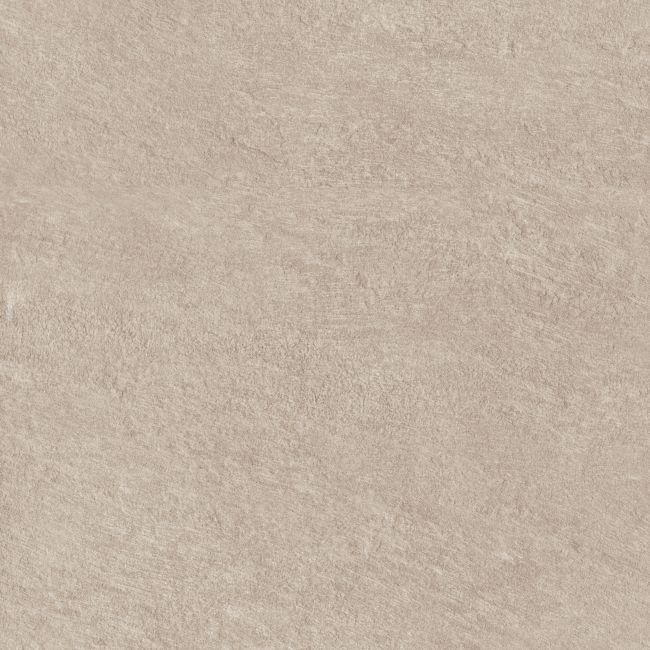 Samsara
SamsaraIvoire structured anti-slip
30x6045x4530x30 -
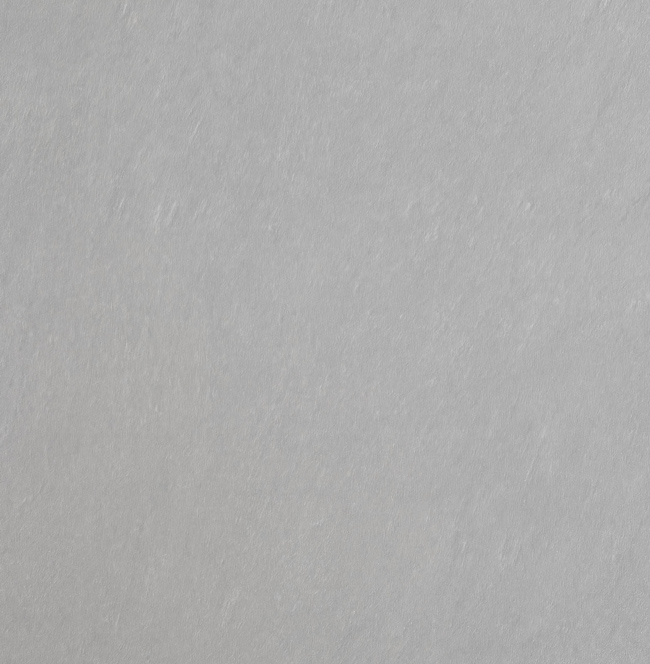 Samsara
SamsaraPerle
60x6030x6045x4530x30 -
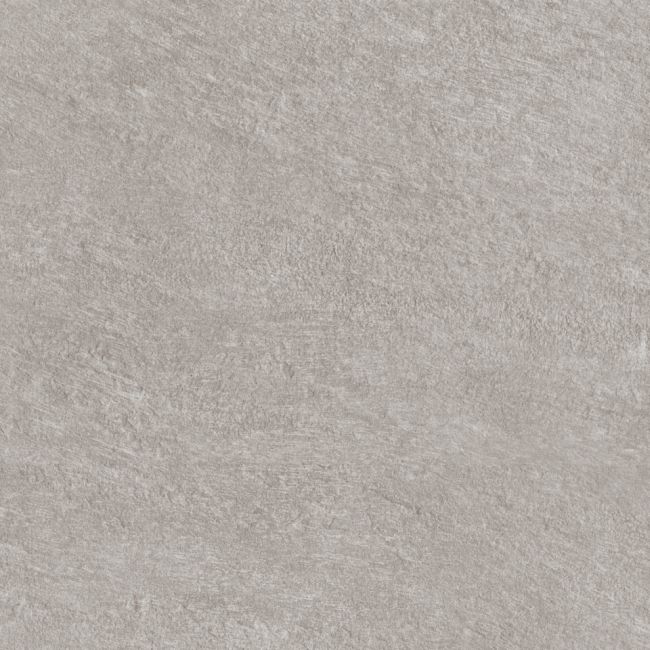 Samsara
SamsaraPerle structured anti-slip
Outdoor Plus 20mm60x6030x6045x4530x30 -
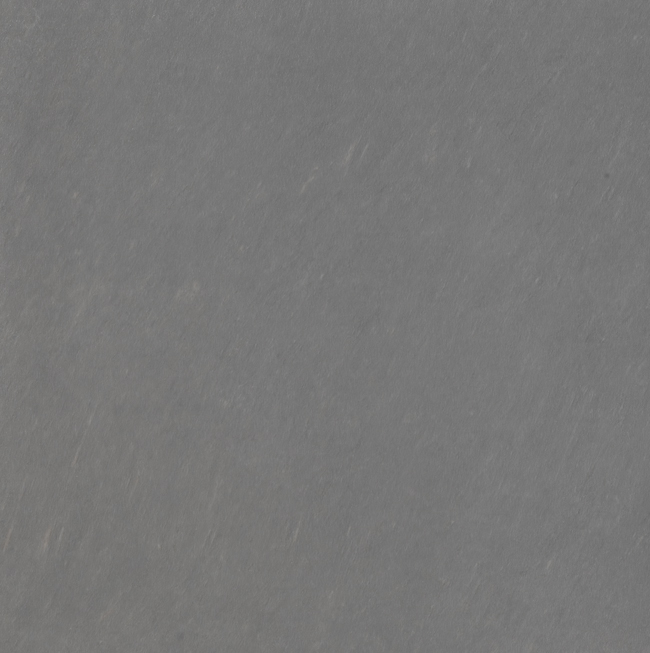 Samsara
SamsaraPlomb
60x6030x6045x4530x30 -
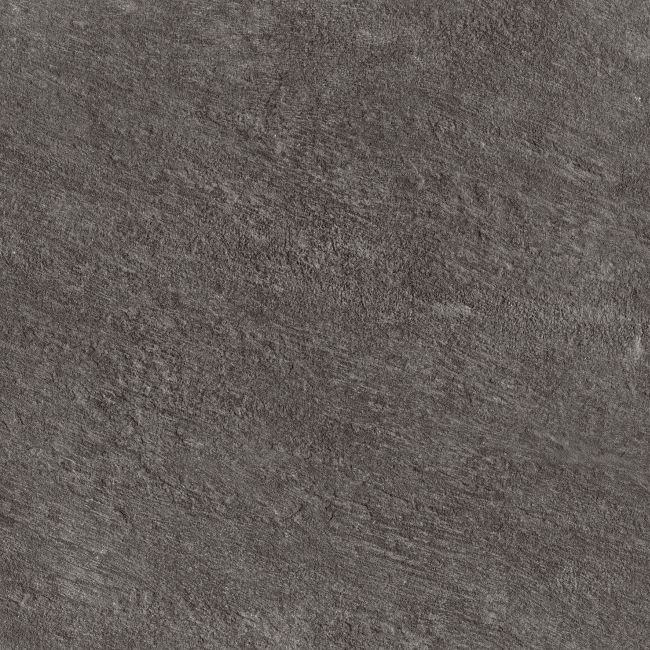 Samsara
SamsaraPlomb structured anti-slip
Outdoor Plus 20mm60x6030x6045x4530x30 -
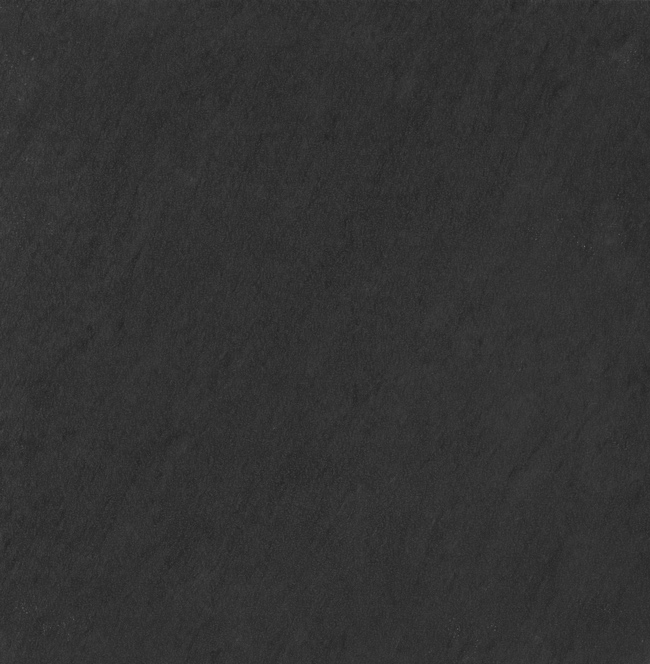 Samsara
SamsaraArdoise
60x6030x6045x45 -
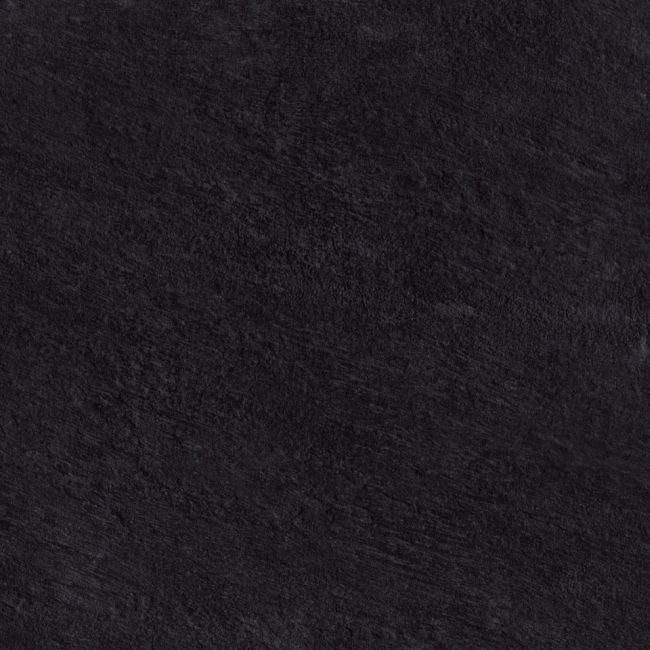 Samsara
SamsaraArdoise structured anti-slip
30x6045x45 -
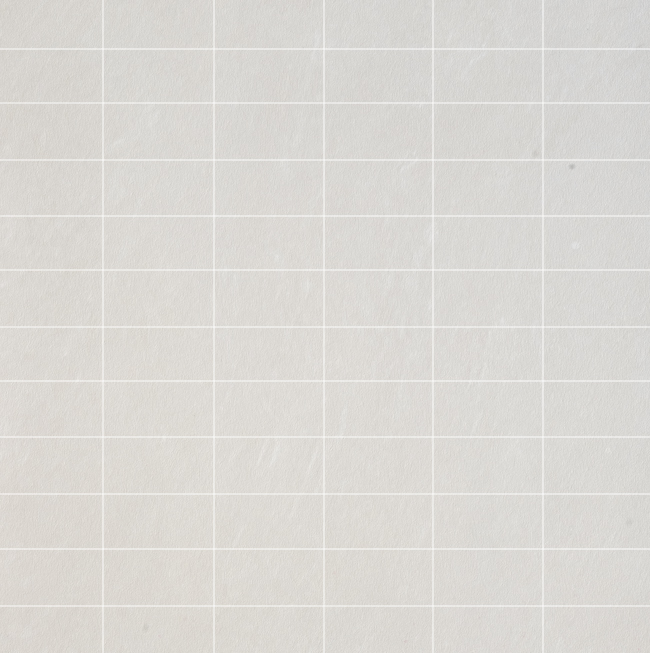 Samsara
SamsaraOpale 6 column mosaic
45x45 -
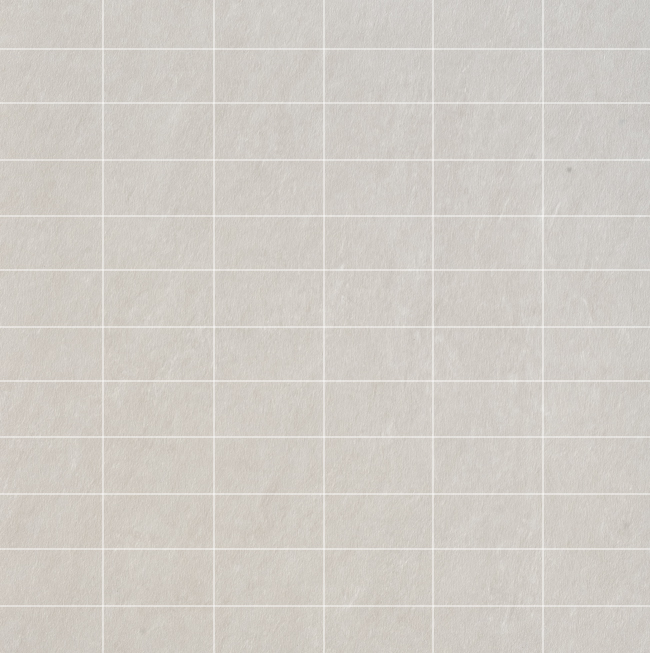 Samsara
SamsaraIvoire 6 column mosaic
45x45 -
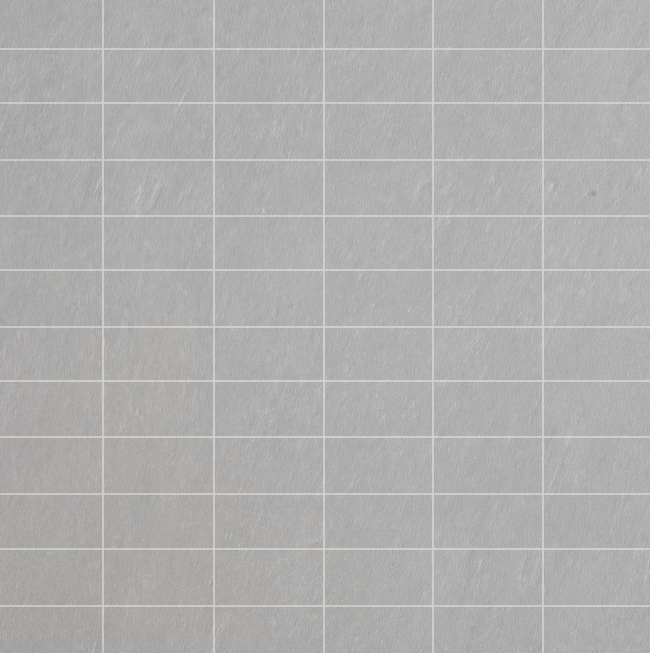 Samsara
SamsaraPerle 6 column mosaic
45x45 -
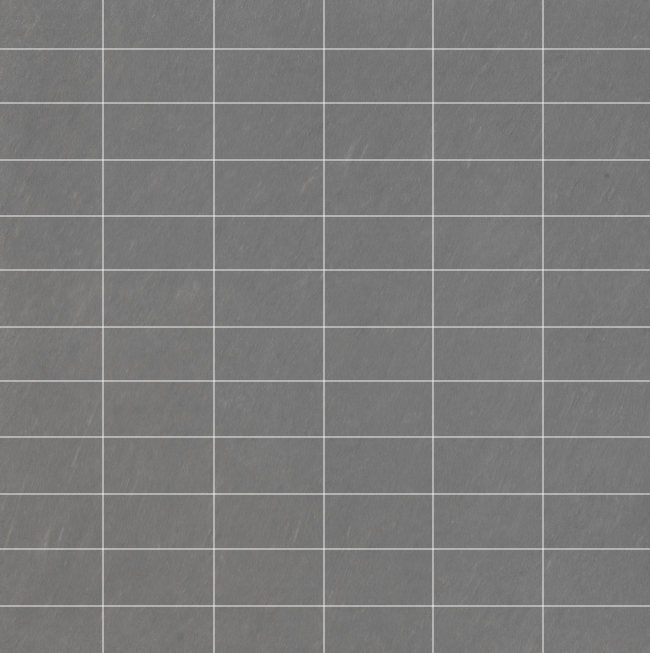 Samsara
SamsaraPlomb 6 column mosaic
45x45 -
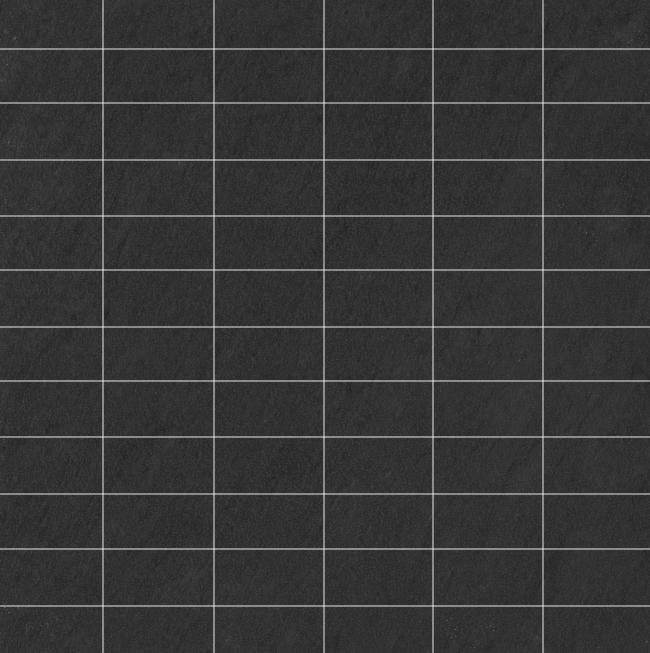 Samsara
SamsaraArdoise 6 column mosaic
45x45 -
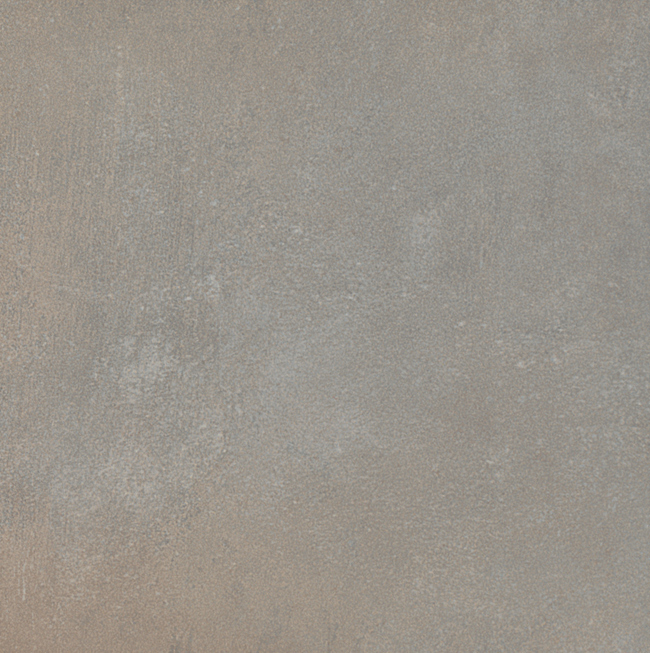 Voyage
VoyageGris
60x60 -
 NoName
NoNameElégance
60x6045x45
Wall tiles for a modern kitchen: the complete guide
For the renovation of your kitchen, you have thought about the details concerning the furniture, the household appliances, the worktop. The tiles also deserve as much attention. They are often associated with the floor covering or the worktop. However, it is possible to have wall tiles. Indeed, they are a durable and aesthetic choice. Between the colors, the patterns or the formats, the choices are endless. The most important thing is to choose a kitchen tiles that harmonizes with the rest of the decoration of the room.
What is the ideal color of wall tiles for a kitchen?
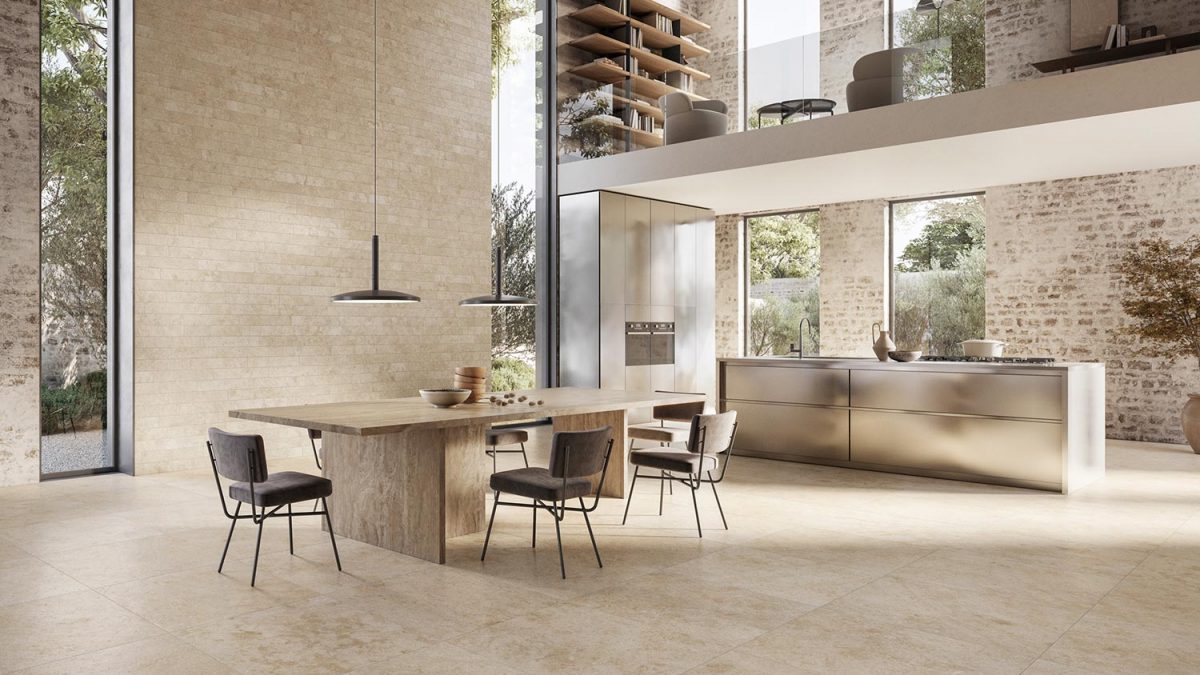
Popular colors
Neutral colors are the most popular when it comes to wall tiles. These are shades of gray, beige and white. However, other more unusual colors are gaining popularity in the kitchen. This is the case for black, green and blue.
In interior design, some colours stand out from the rest every year. Bright colours such as pale pink, khaki green and mustard yellow have been on trend in recent years.
However, it is better to choose a timeless colour so as not to get tired of it after a few years. People who are afraid that a trendy colour will go out of style can rely on a neutral colour.
Colours in harmony with the decoration
If the room already benefits from excellent natural lighting, it is better to choose lighter colours such as beige and white. If the kitchen is darker, warmer tones are recommended.
The tiles should also match the kitchen furniture. If wood is the dominant material, a colour that is both dark and warm is ideal. However, for grey, white or metallic melamine furniture, a cooler and lighter colour is easier to integrate into the decoration.
For example, neutral wall tiles are a safe bet for a kitchen that opens to the living room. This way, you can be sure that they won’t clash with the decor in the neighboring room.
The color of the kitchen tiles should also be in harmony with that of the kitchen walls. If the wall already has a warm color, the tiles should be more discreet to avoid a visual overload. However, if the color of the wall is more sober, it is possible to choose bolder tones.
What material should you use for your kitchen tiles?
If wall tiles are so popular, it is thanks to their versatility. They lend themselves equally well to contemporary decoration as to a vintage style. In addition, tiles are more splash-resistant than wallpaper.
Therefore, the choice of material can make a difference in terms of aesthetics. To select the ideal tile, you need to know the qualities of each option available on the market.
White earthenware
This is a more refined version of traditional earthenware. Due to its composition, it is more shock-resistant. This quality makes it an ideal option for a practical and elegant kitchen. Despite its high price, it represents a sustainable investment.
Classic earthenware
This is a great classic of wall tiles. Timeless, earthenware still has many fans. Because it comes in many patterns and several colors. This allows you to personalize your kitchen as you wish.
Earthenware is distinguished by its ease of maintenance and its high resistance to humidity. It is ideal for areas regularly exposed to water or oil. However, it is important to remember its sensitivity to scratches and shocks.
Slate
Slate gives a natural and unique effect to the room thanks to its appearance that imitates stone. The material is also very resistant and fits perfectly into a contemporary or rustic decoration. However, slate requires special maintenance to ensure its durability.
Porcelain stoneware
There are two types of porcelain stoneware on the market: enameled and colored paste. The first is known for its high resistance to shocks compared to earthenware. In addition, cleaning this material is easy. The glazed effect produces a shiny touch that is ideal in rooms that lack light.
If you want to adopt a modern design, colored body porcelain stoneware remains the best option. Very scratch-resistant, it comes in several patterns. This gives you a wide choice to match it with the worktop.
What other things should I consider?
Beyond the color and material, other factors should be taken into account when choosing kitchen tiles.
The standards that govern kitchen tiles
Standards are the guarantees of the quality of your tiles. Some apply to floor coverings, while others are valid for wall tiles. Here are some of them:
- PEI standard: expressed from 1 to 5, it indicates the level of resistance to the passage of the product.
- MOHS standard: classified from 1 to 4, it refers to scratch resistance. In this sense, a material that has a resistance score of 9/10 has a high level of resistance. However, from 5/6, it already has a correct score.
- UPEC certification: is very important, since it indicates the overall performance of the material: resistance to water and chemicals as well as wear.
The dimensions of the tiles
On the other hand, small format tiles produce the opposite effect. However, always make sure that the size of the tiles does not exceed that of the floor tiles.
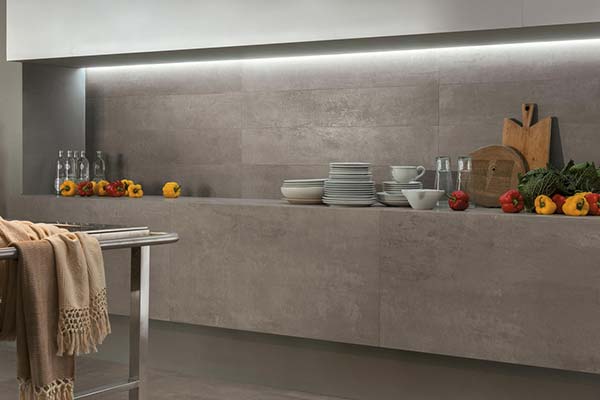
The glue
If you plan to lay the tiles yourself, you should read the areas of use carefully. If the wall in question is exposed to moisture on a daily basis, you must provide a waterproofing system under the tiles.
In this sense, epoxy mortar is ideal for joining glass pastes and mosaics. Due to its resistance, it is ideal for bathroom and kitchen tiling.
In the case of large format tiles, it is better to use powder adhesives. However, make sure that they are compatible with the waterproofing system. Paste adhesives are also compatible with this water protection system.
Joints
Joints are an apparent element that joins the tiles together. They can be water-repellent, decorative or thin. Joints are usually white, grey, beige or cement.
The most important thing is to choose joints that are a lighter shade than the tiles. Their colour must also match that of the tiles. In this sense, white is not recommended since it produces a grid effect.
FAQ
Which wall tiles for a small kitchen?
The kitchen is often in a small space. To visually enlarge it, it is advisable to use light-colored tiles.
How to rejuvenate your wall tiles?
There are special paints for wall tiles that allow you to rejuvenate your kitchen. However, most of them require an undercoat to strengthen the adhesion of the paint.
How to clean your wall tiles?
Prepare a mixture of water and alcohol in equal quantities. Then, wet the sponge and start cleaning. All that remains is to rinse with clean water and dry the tiles.
